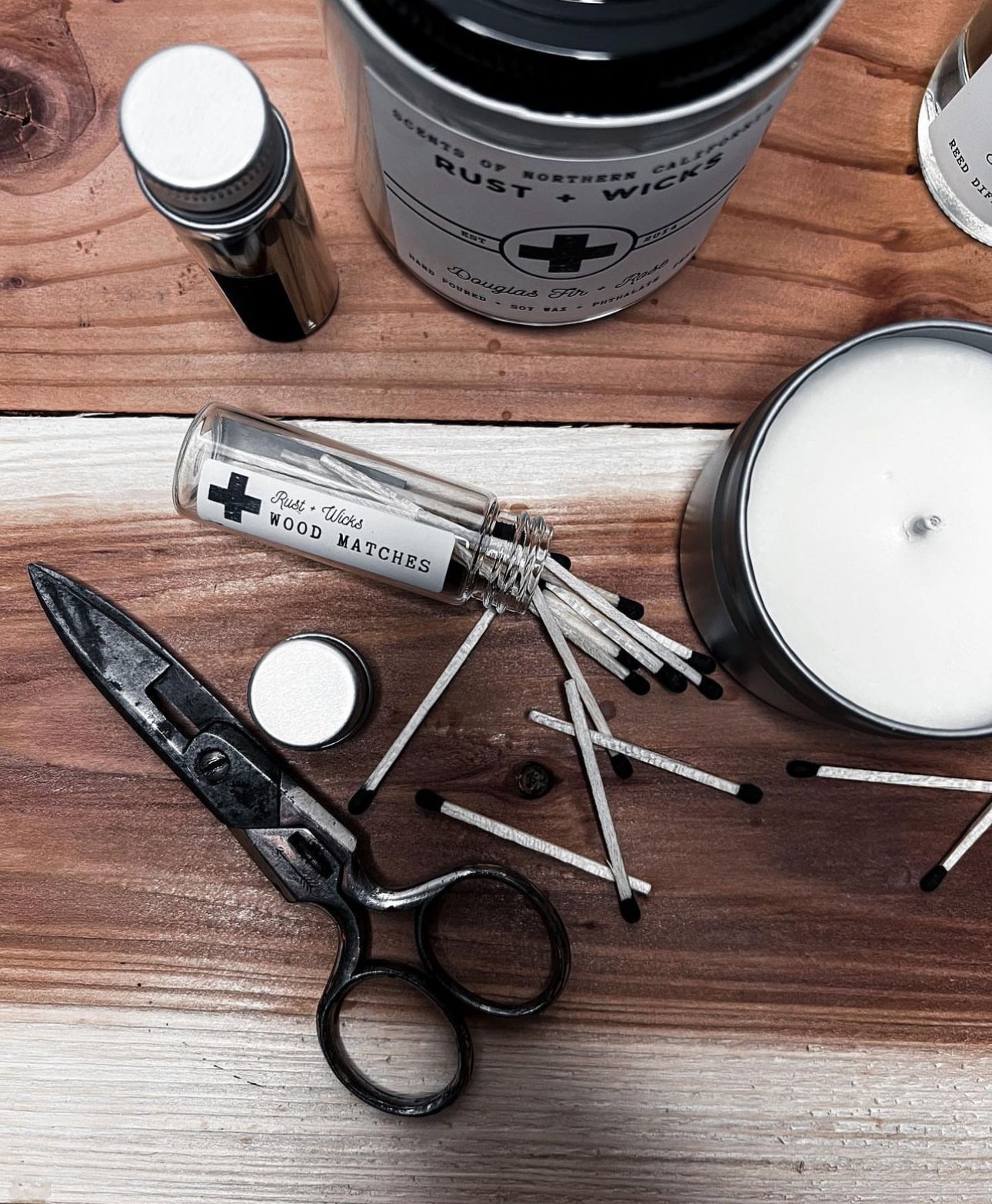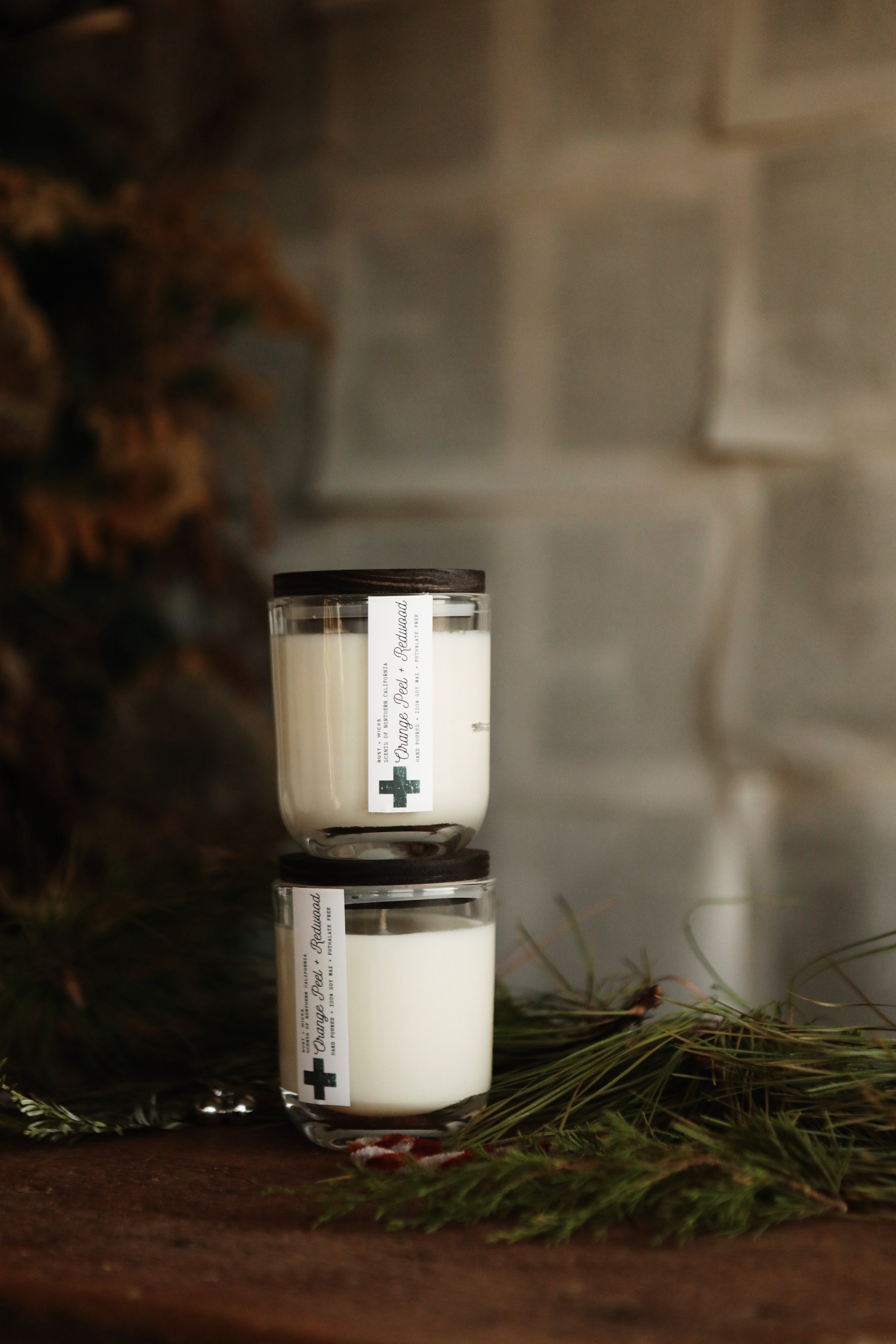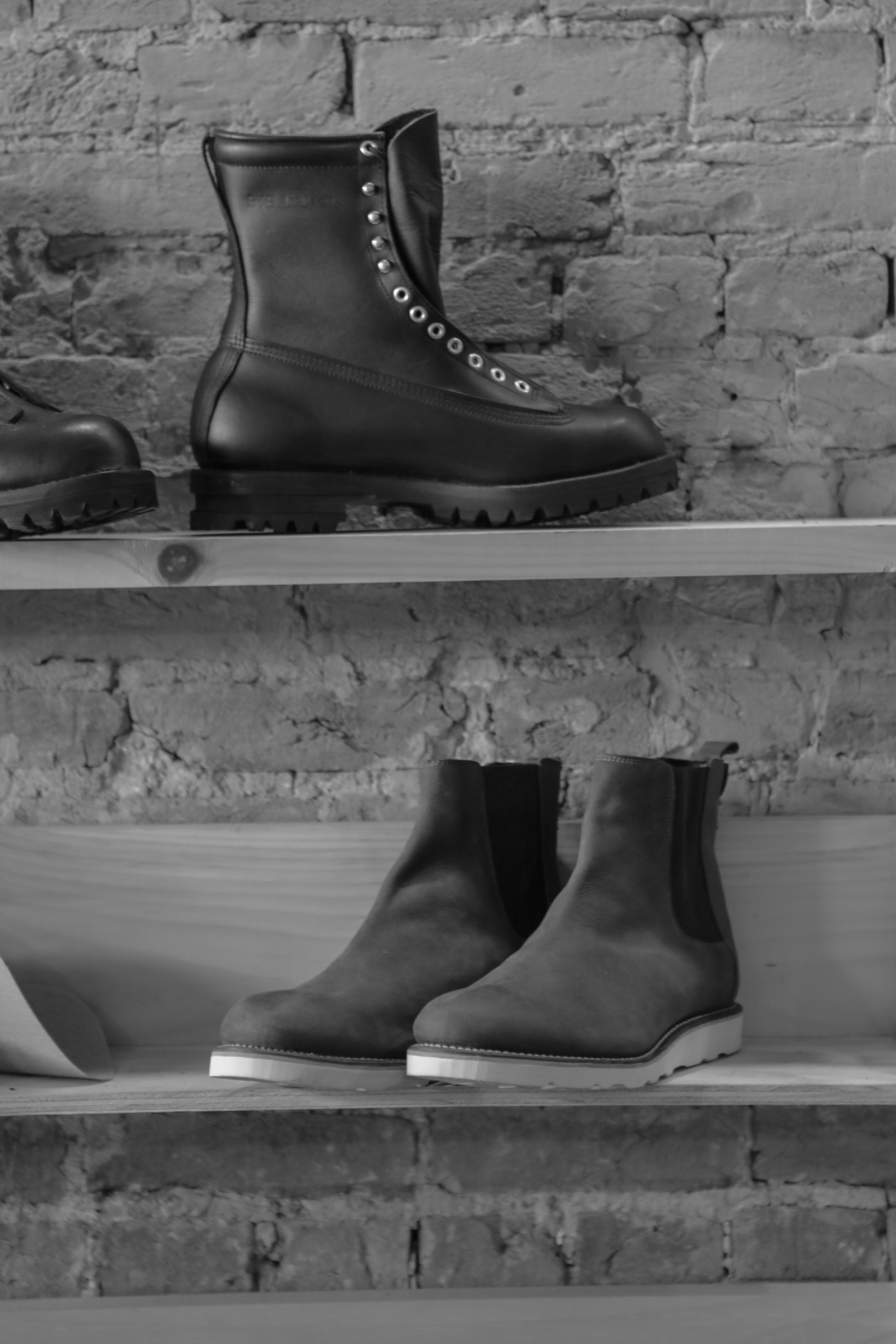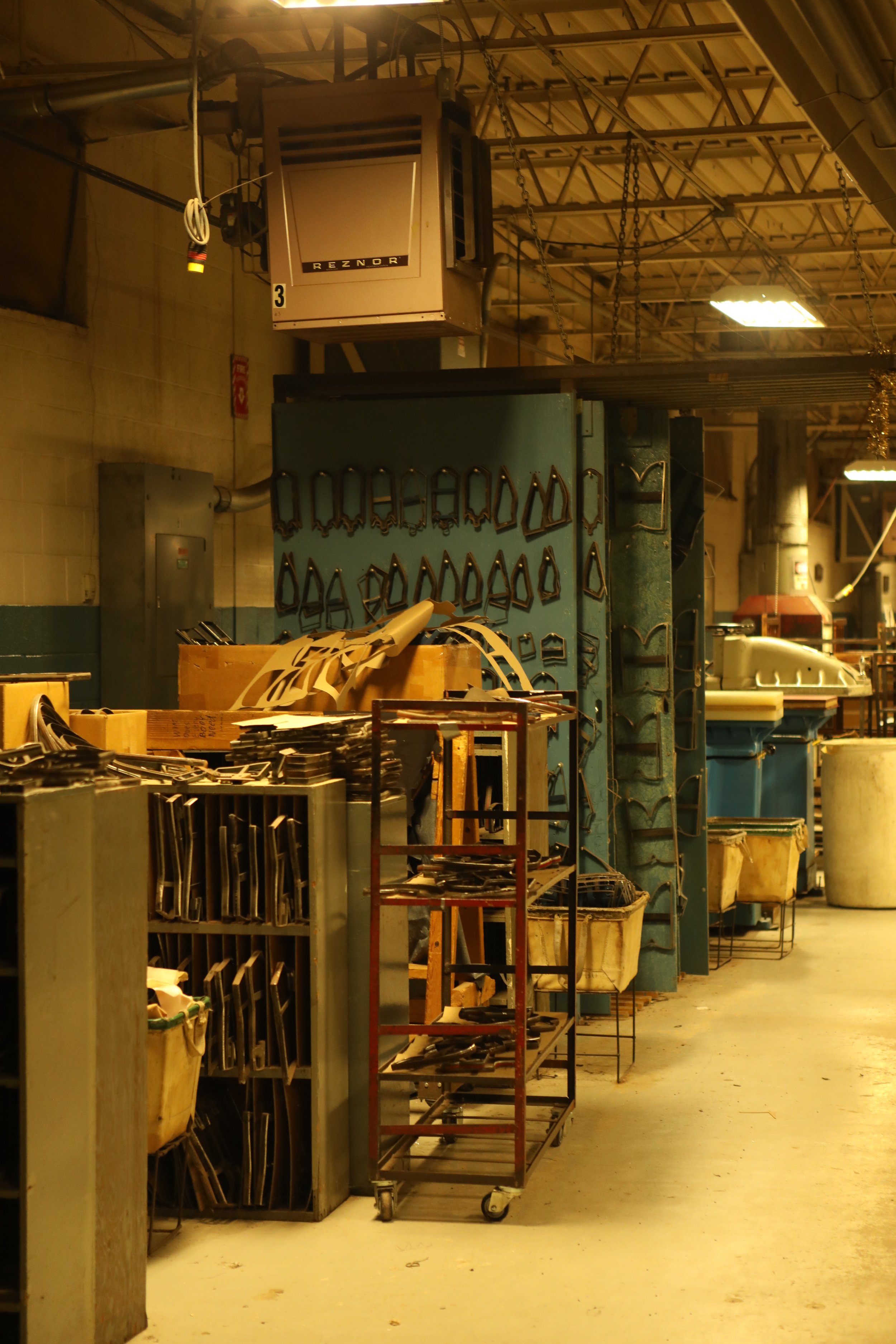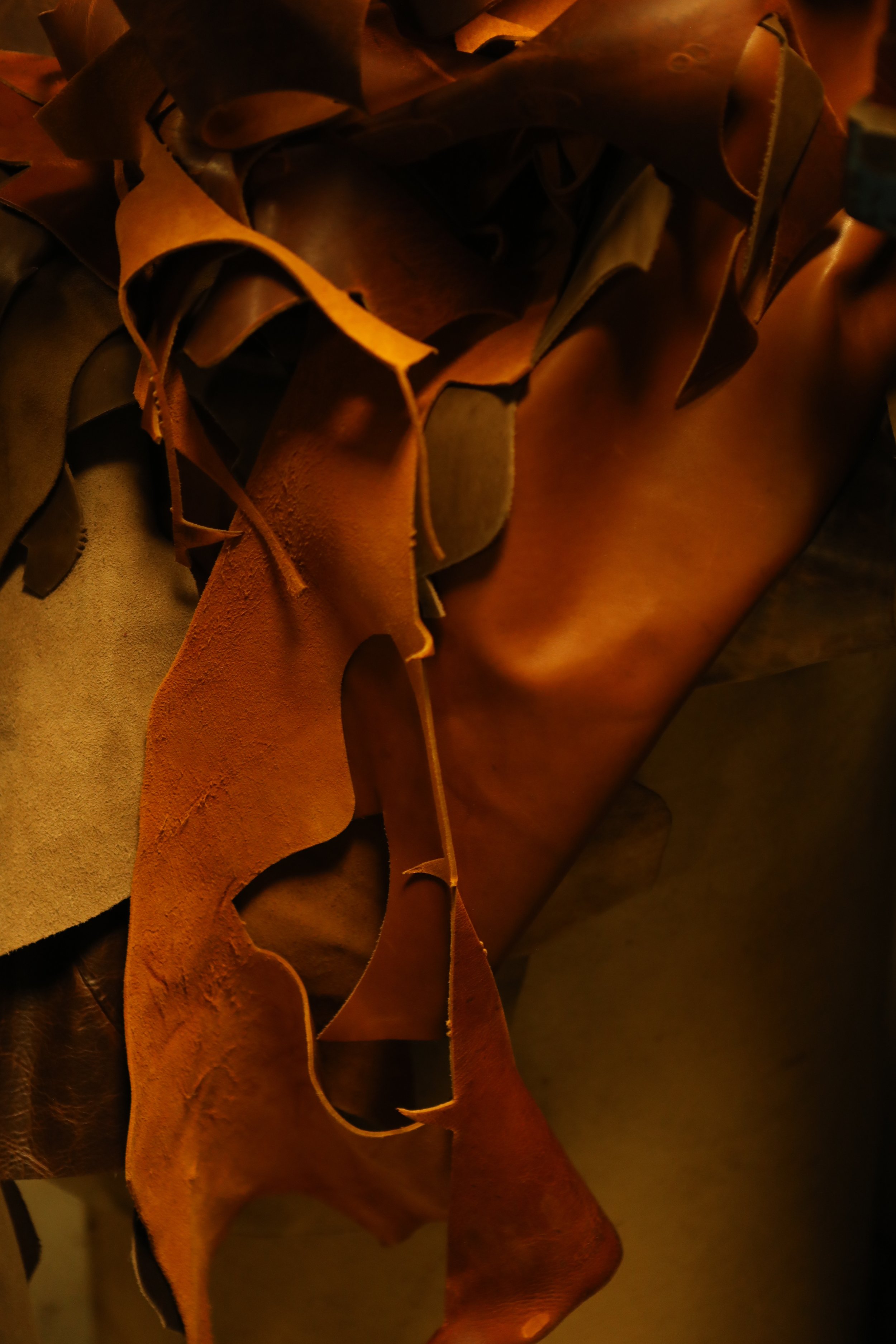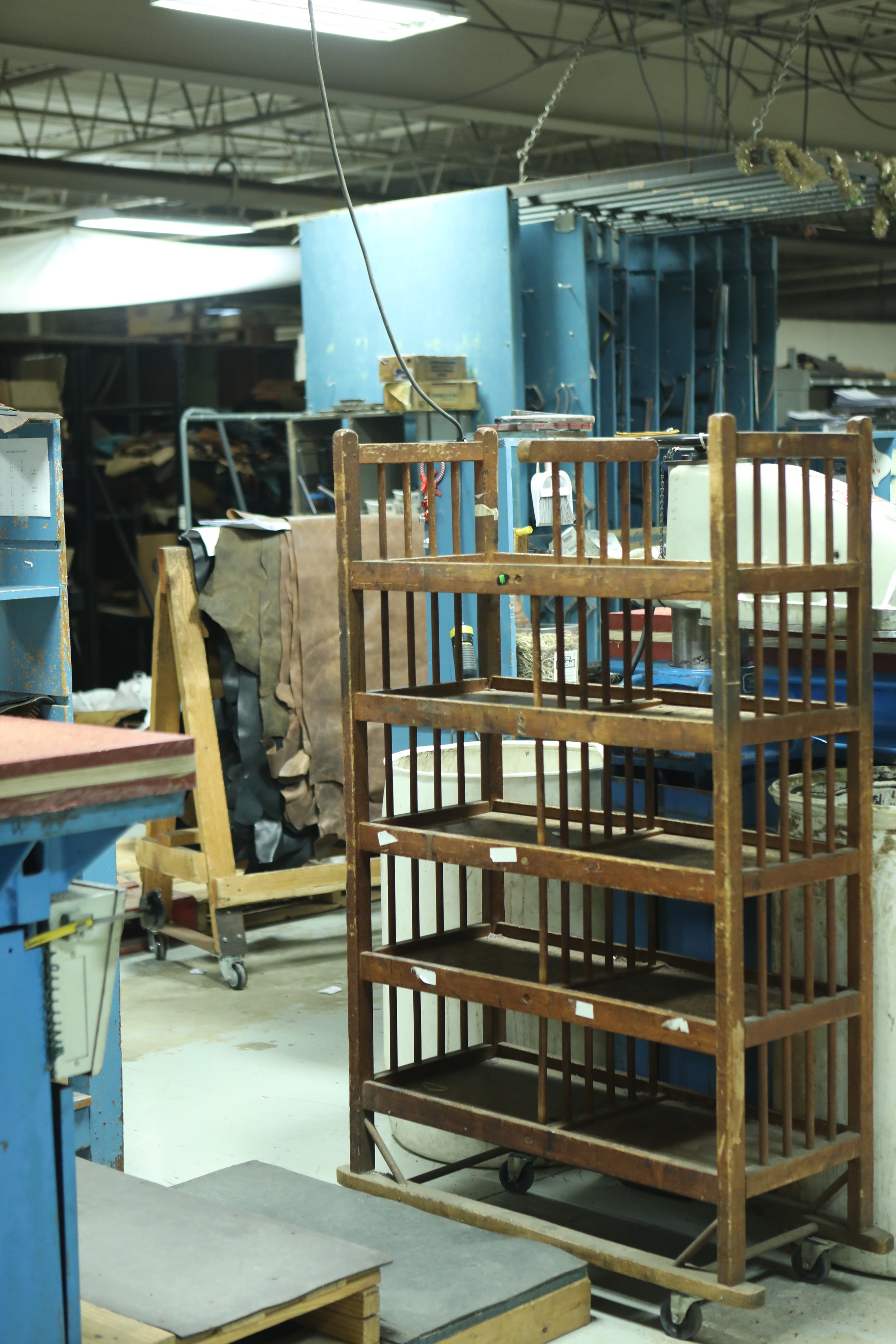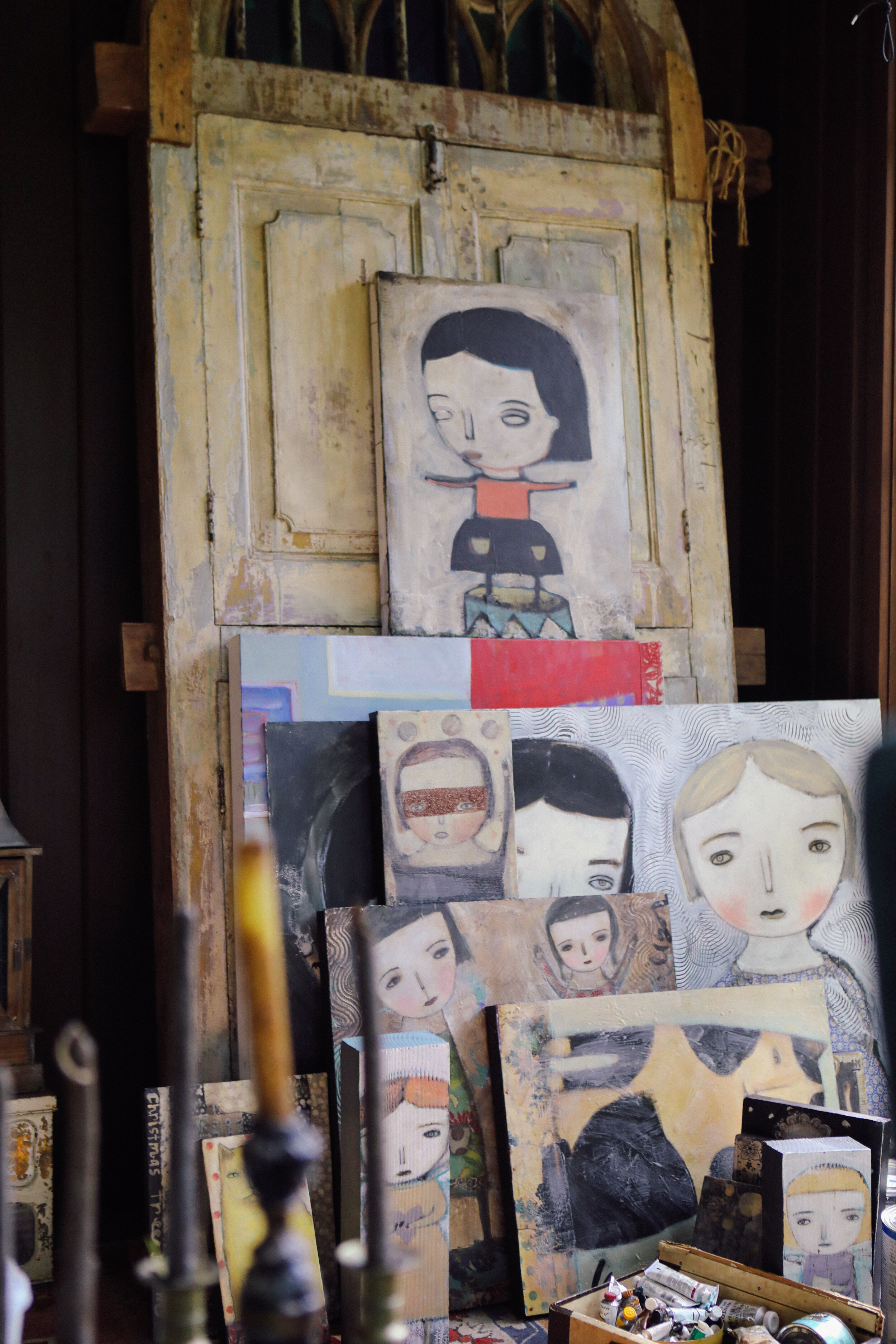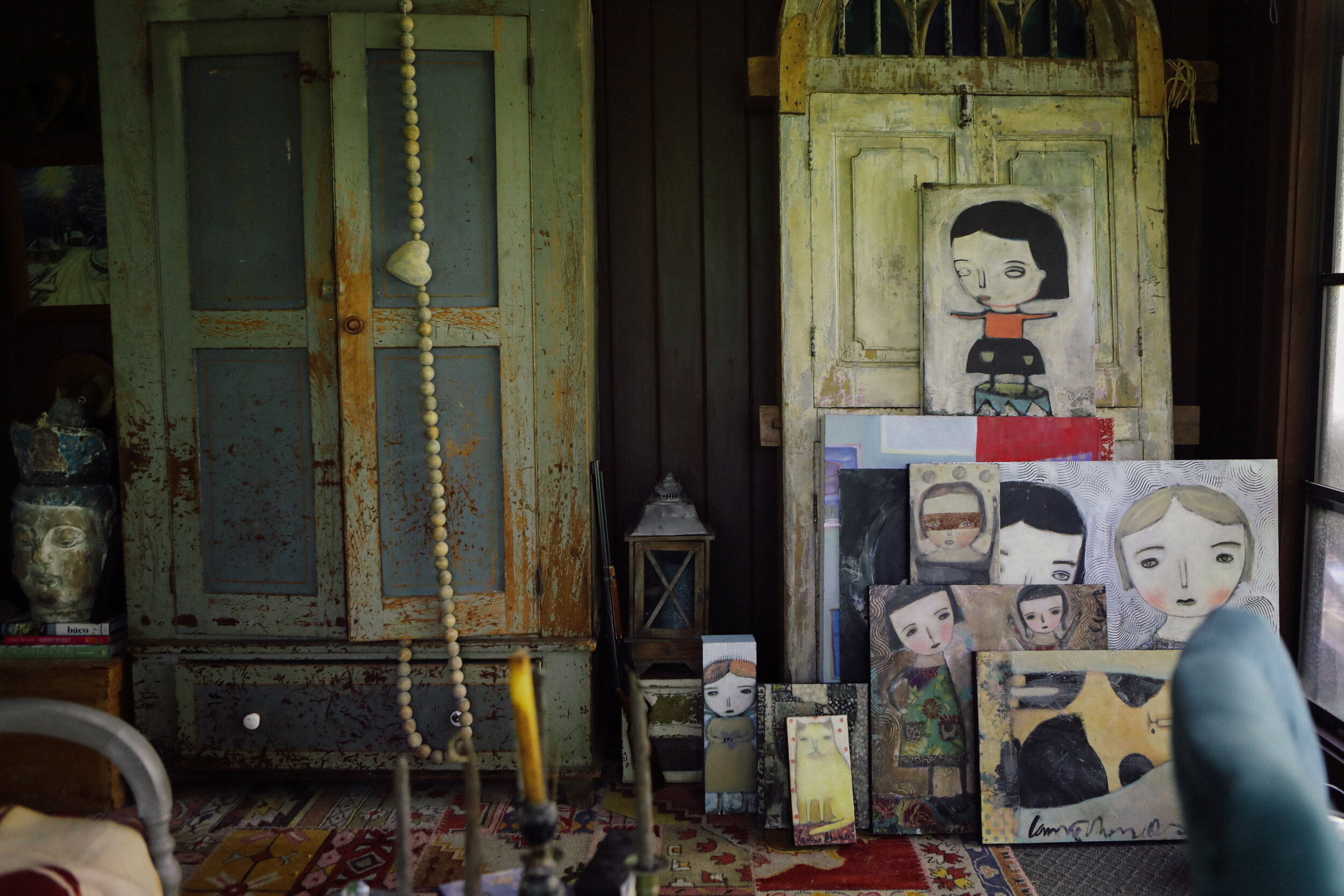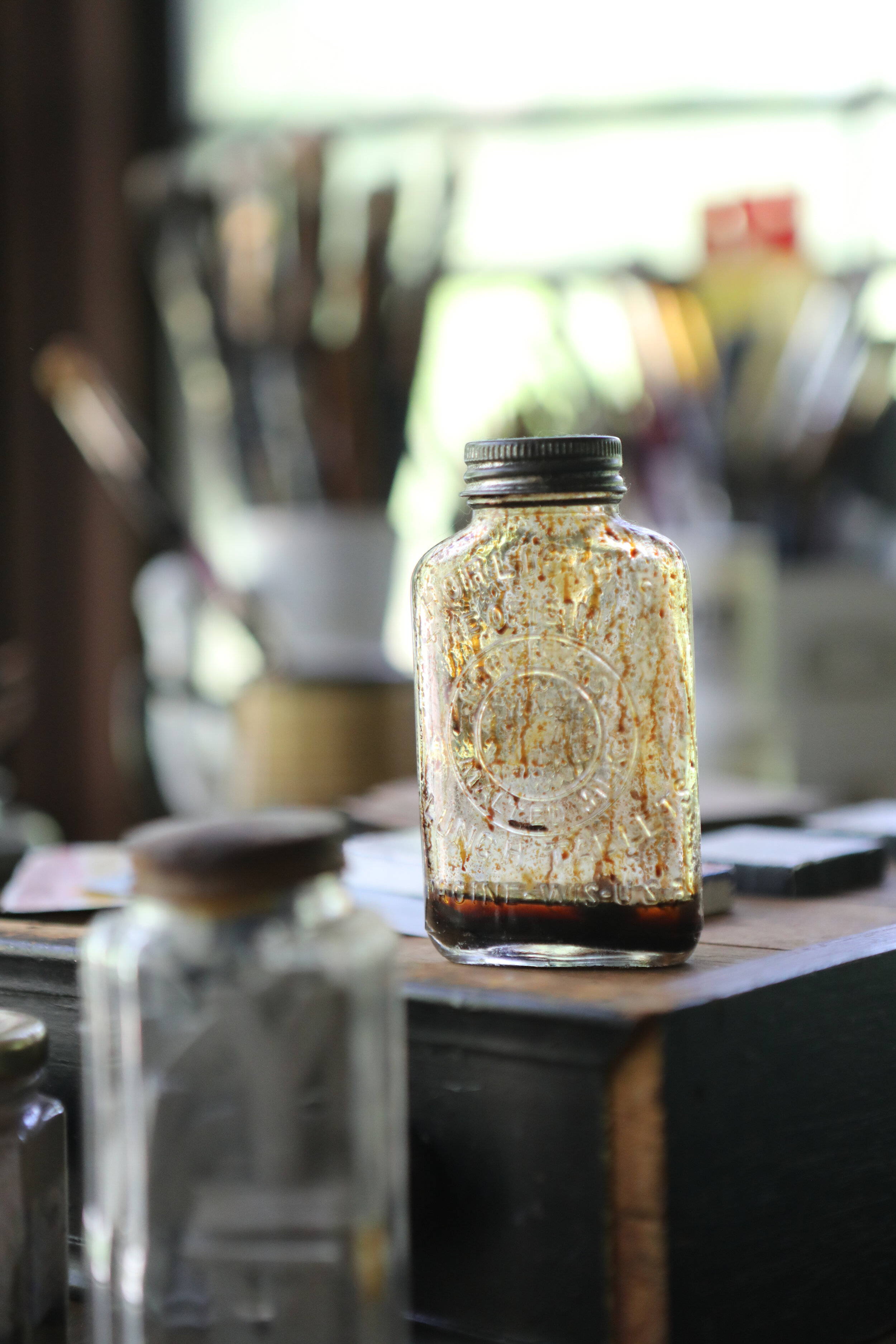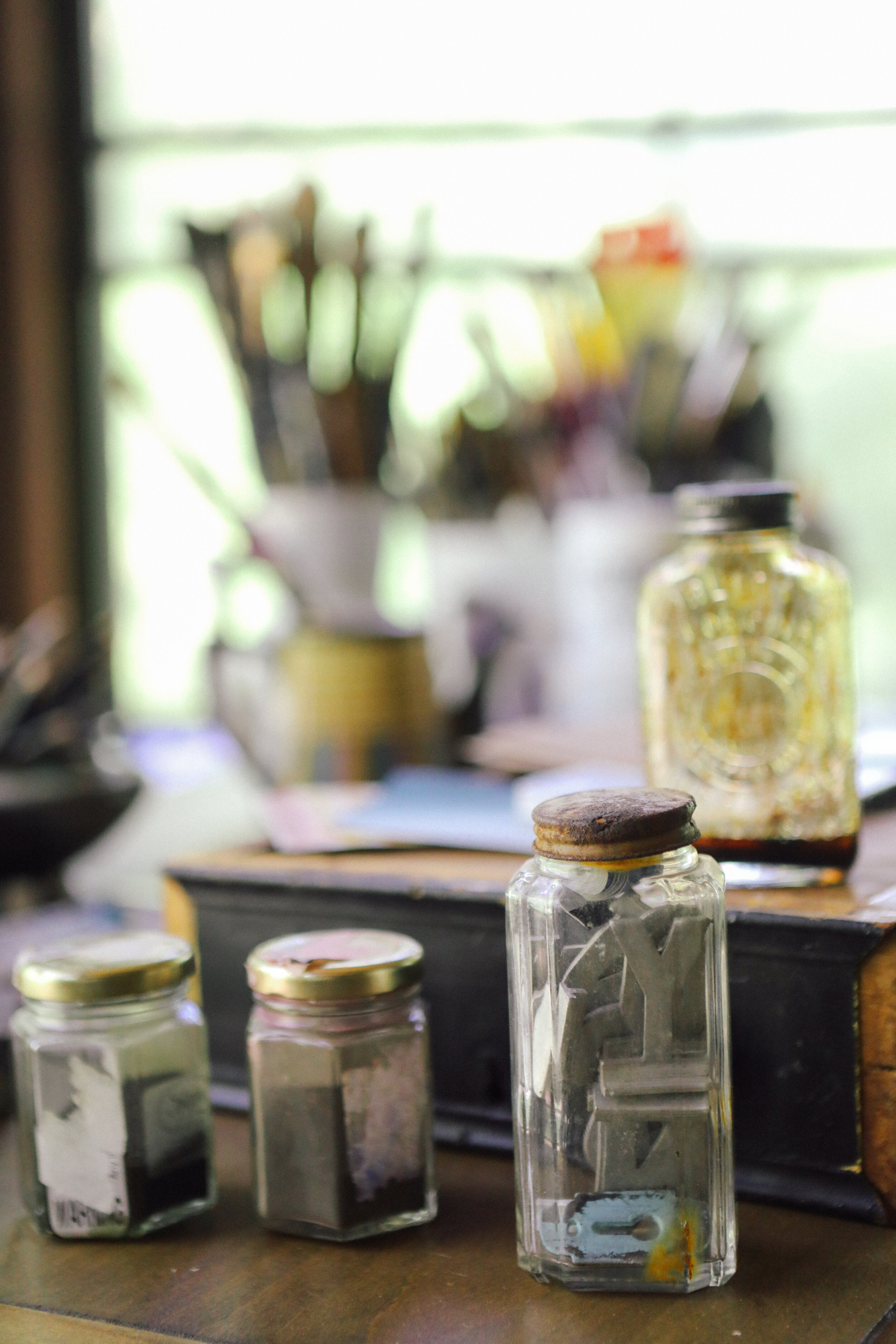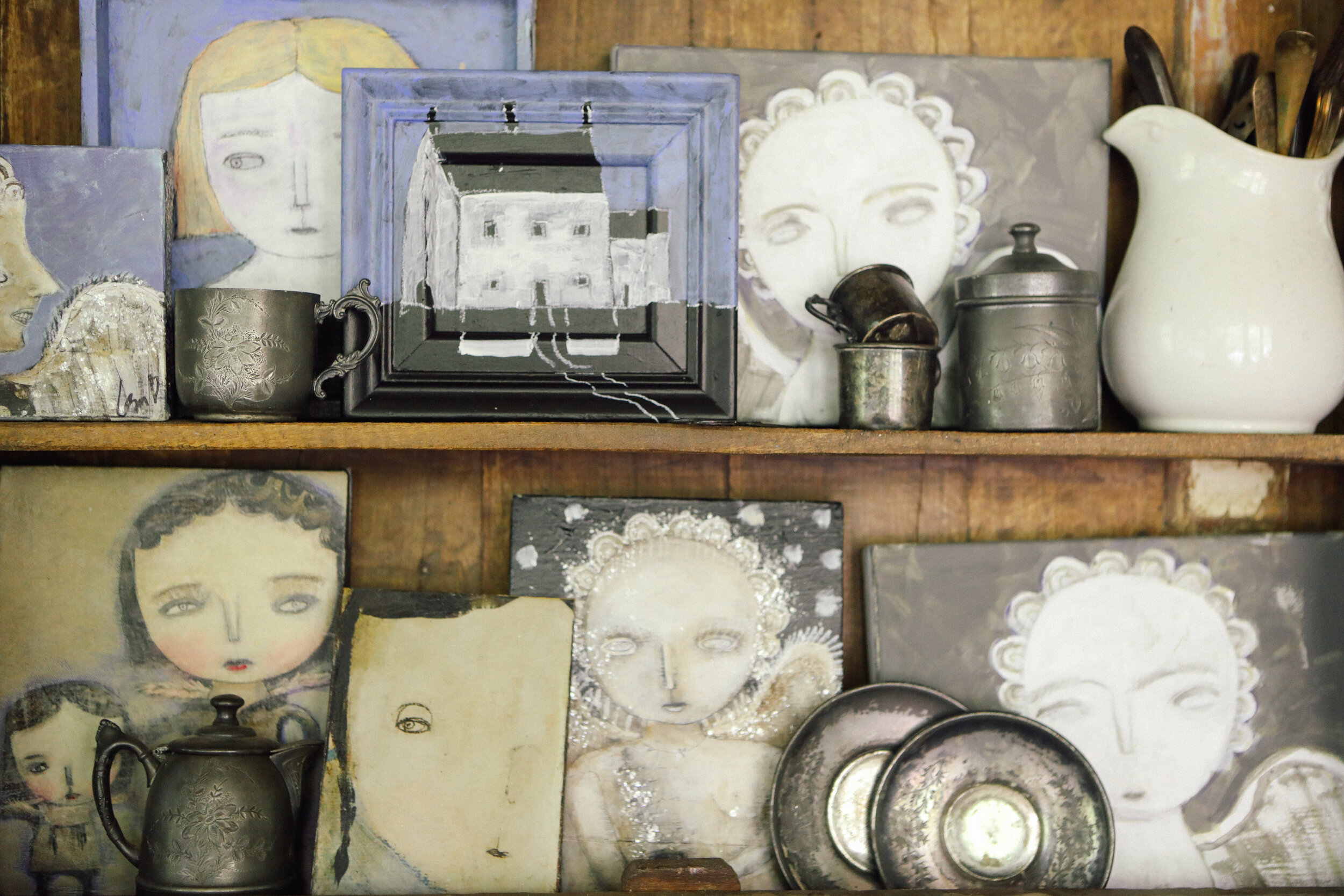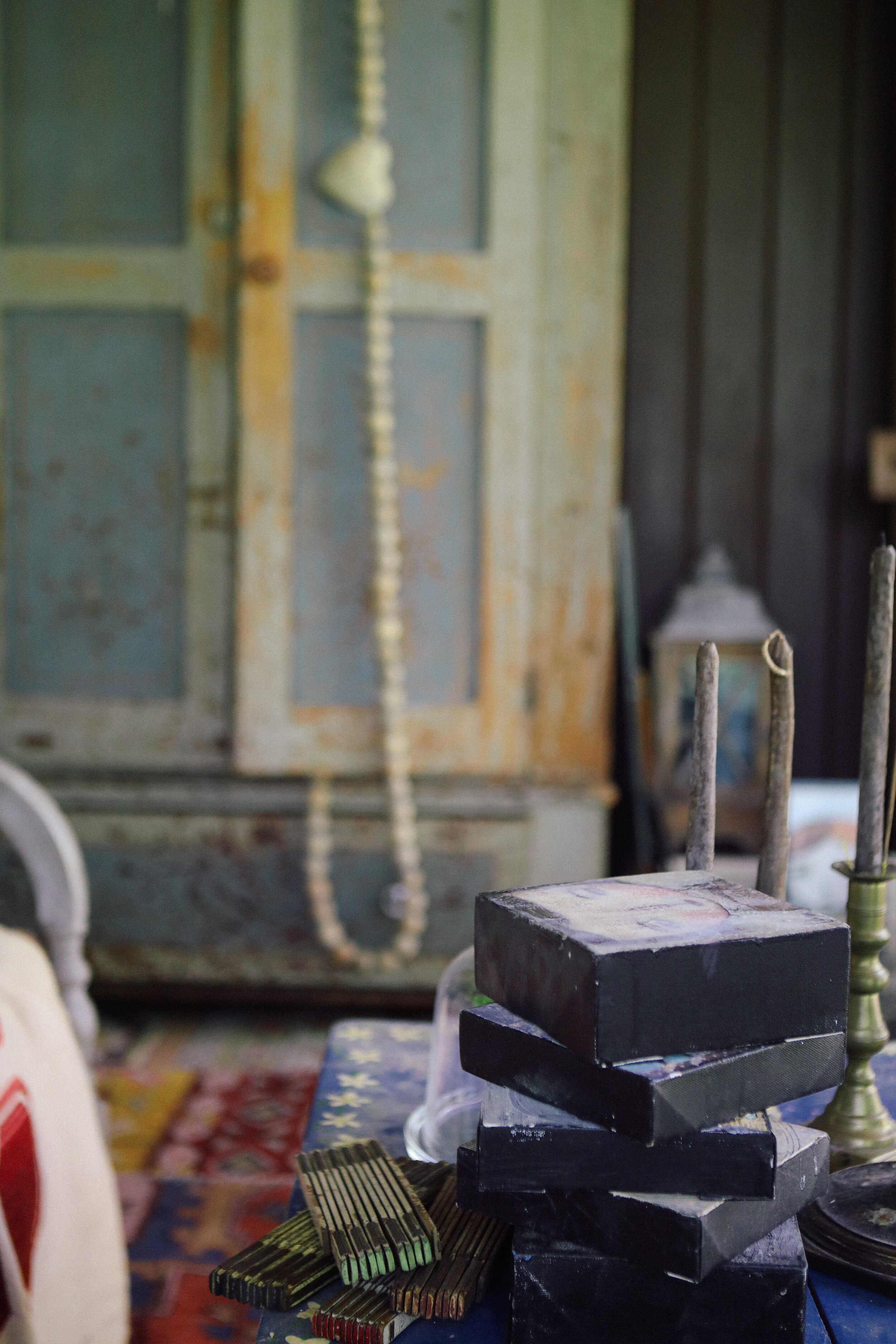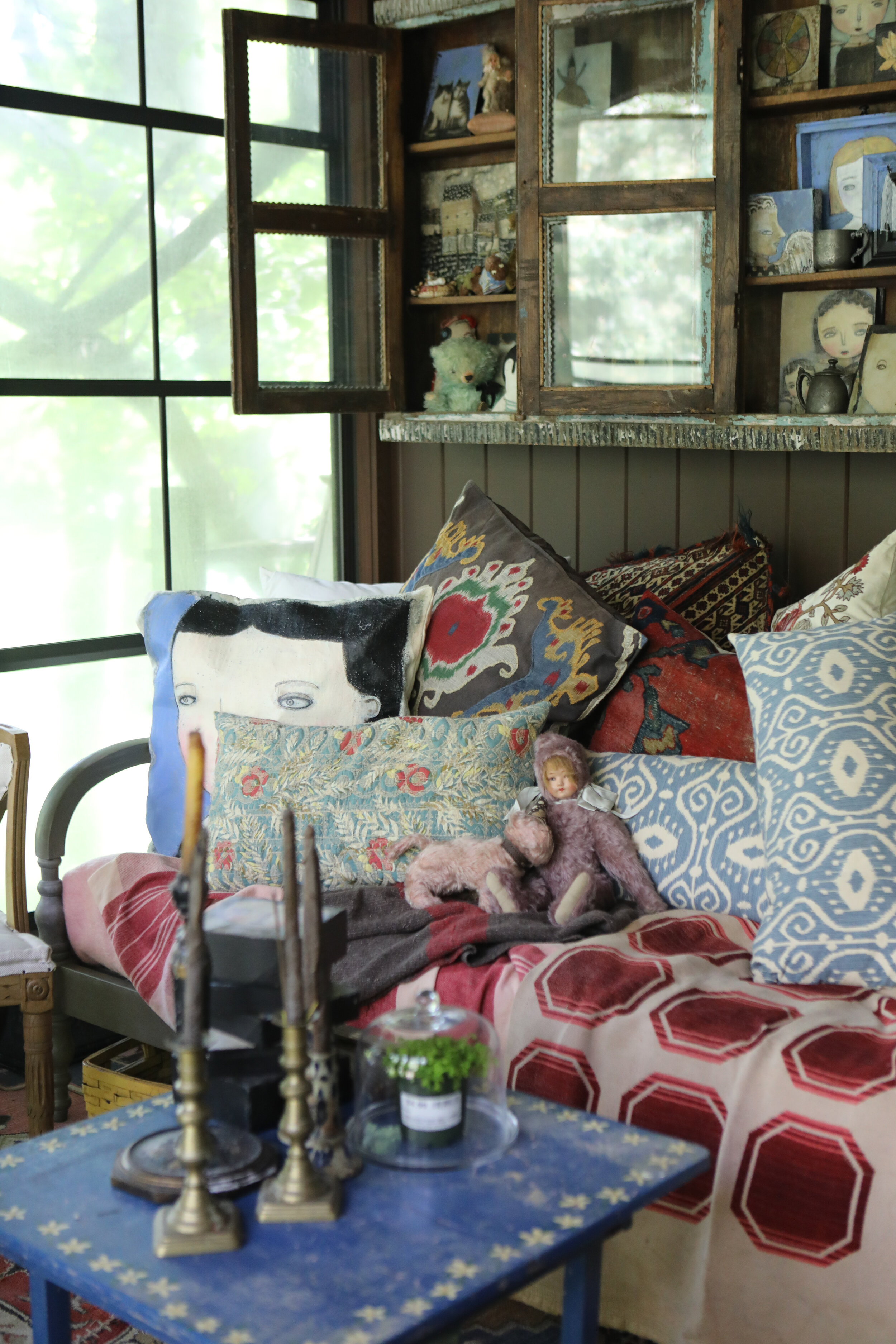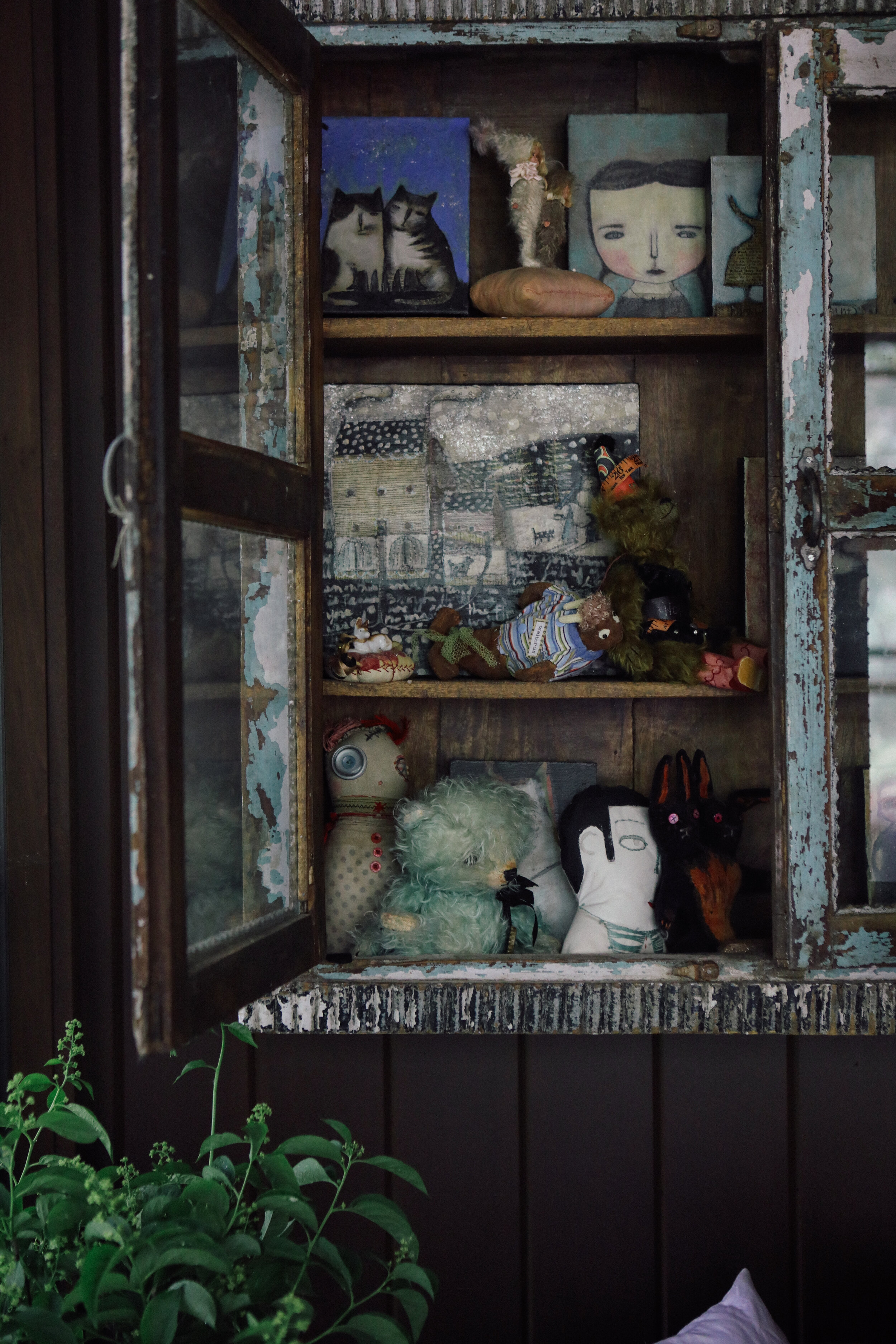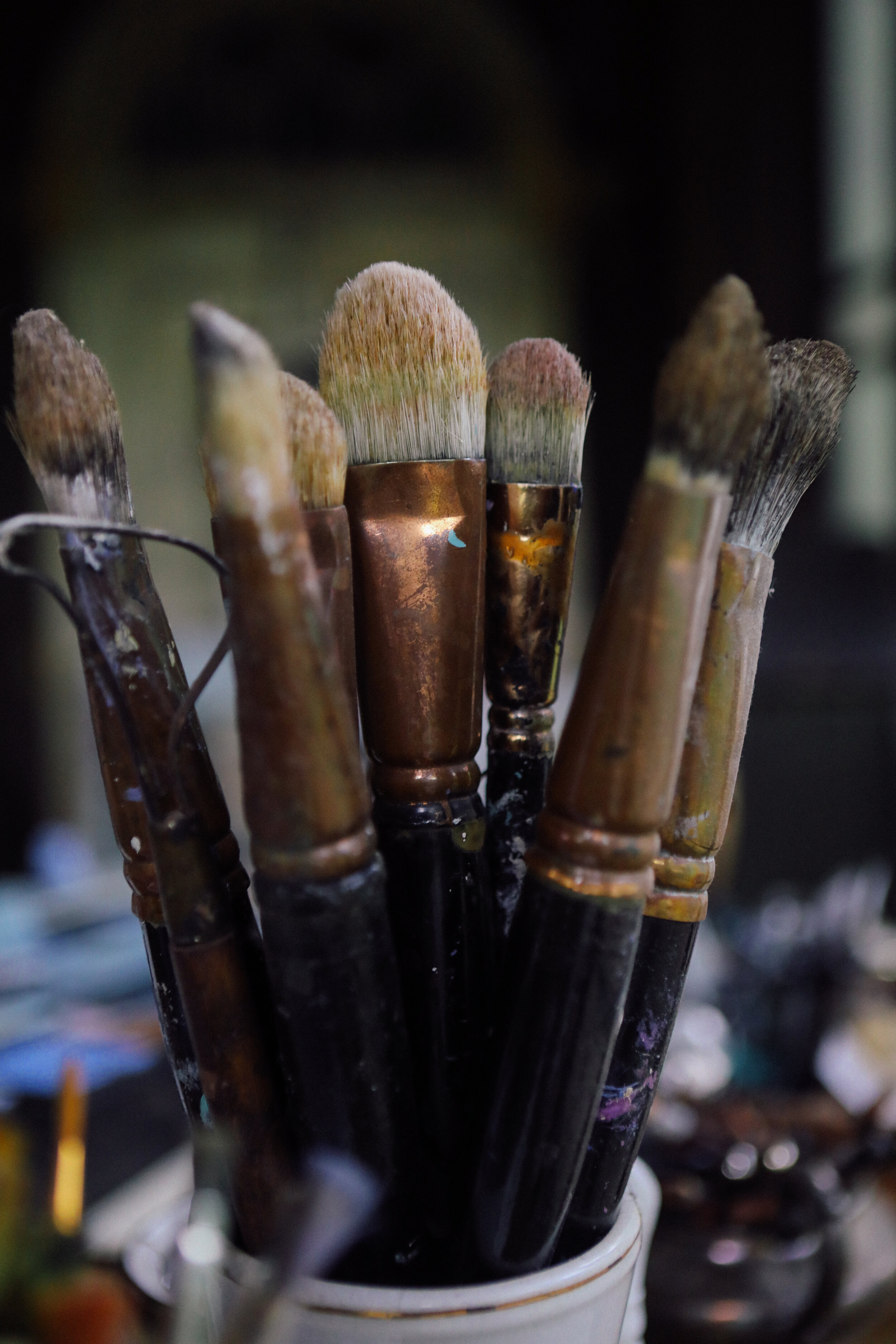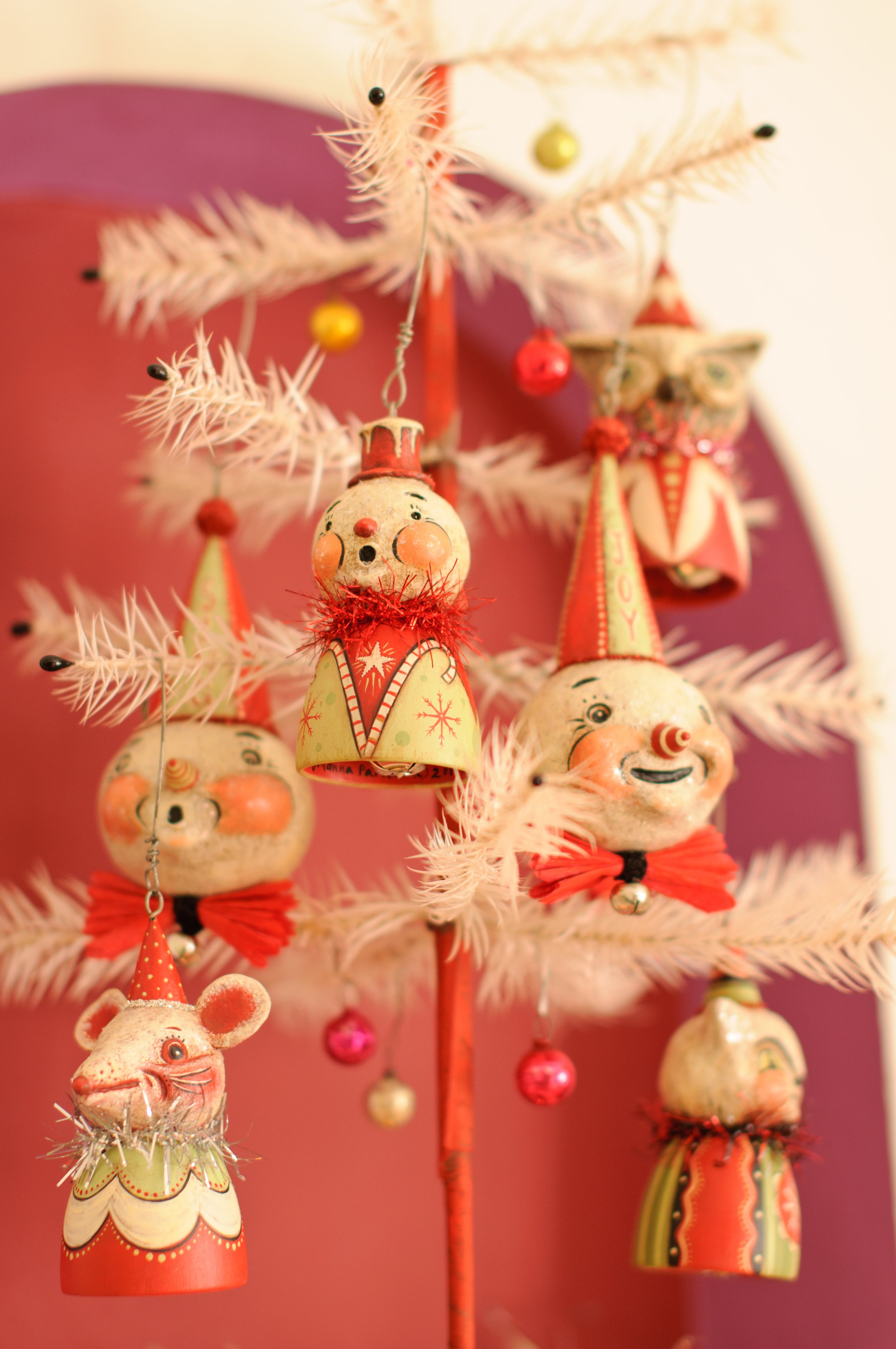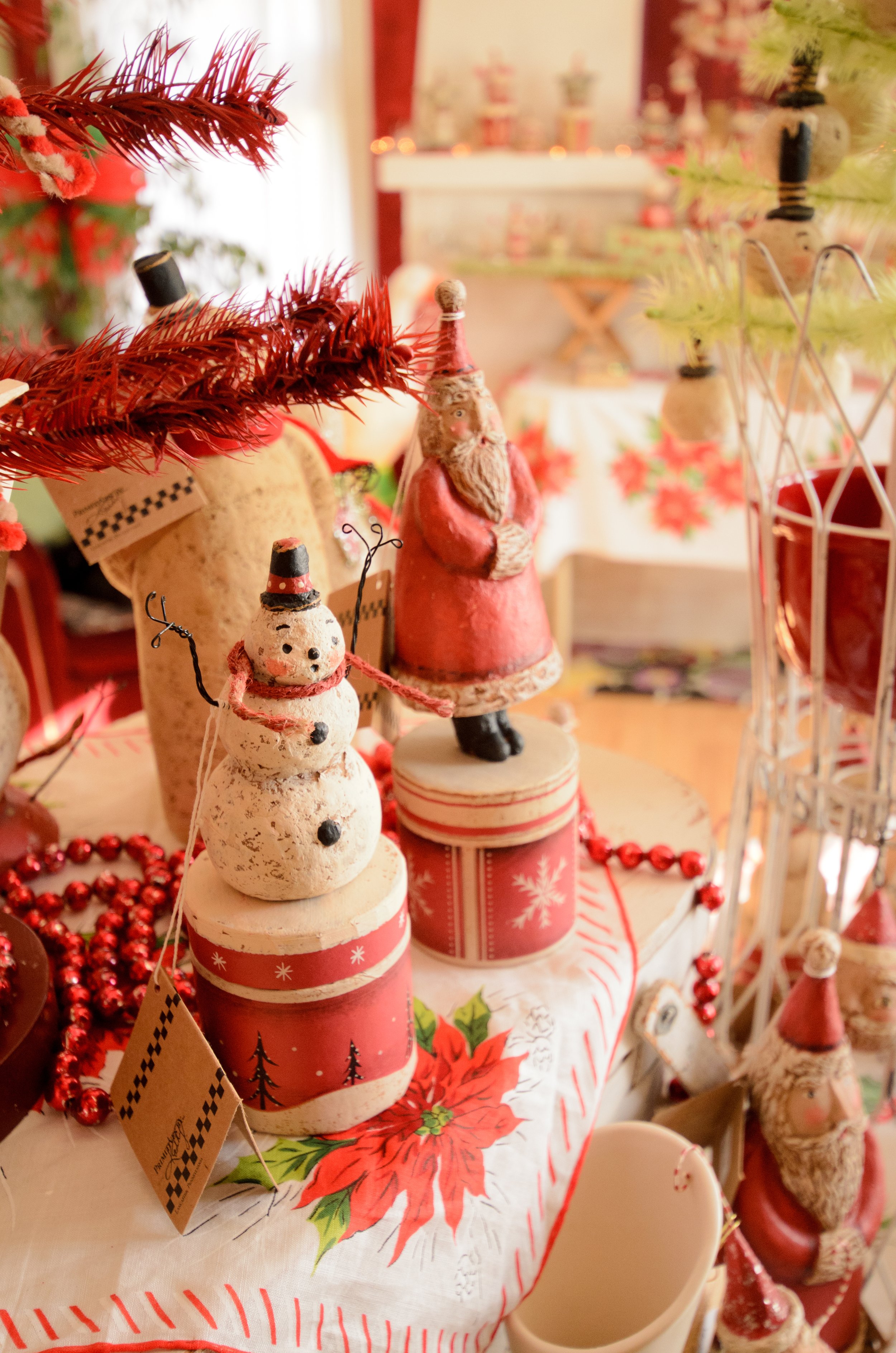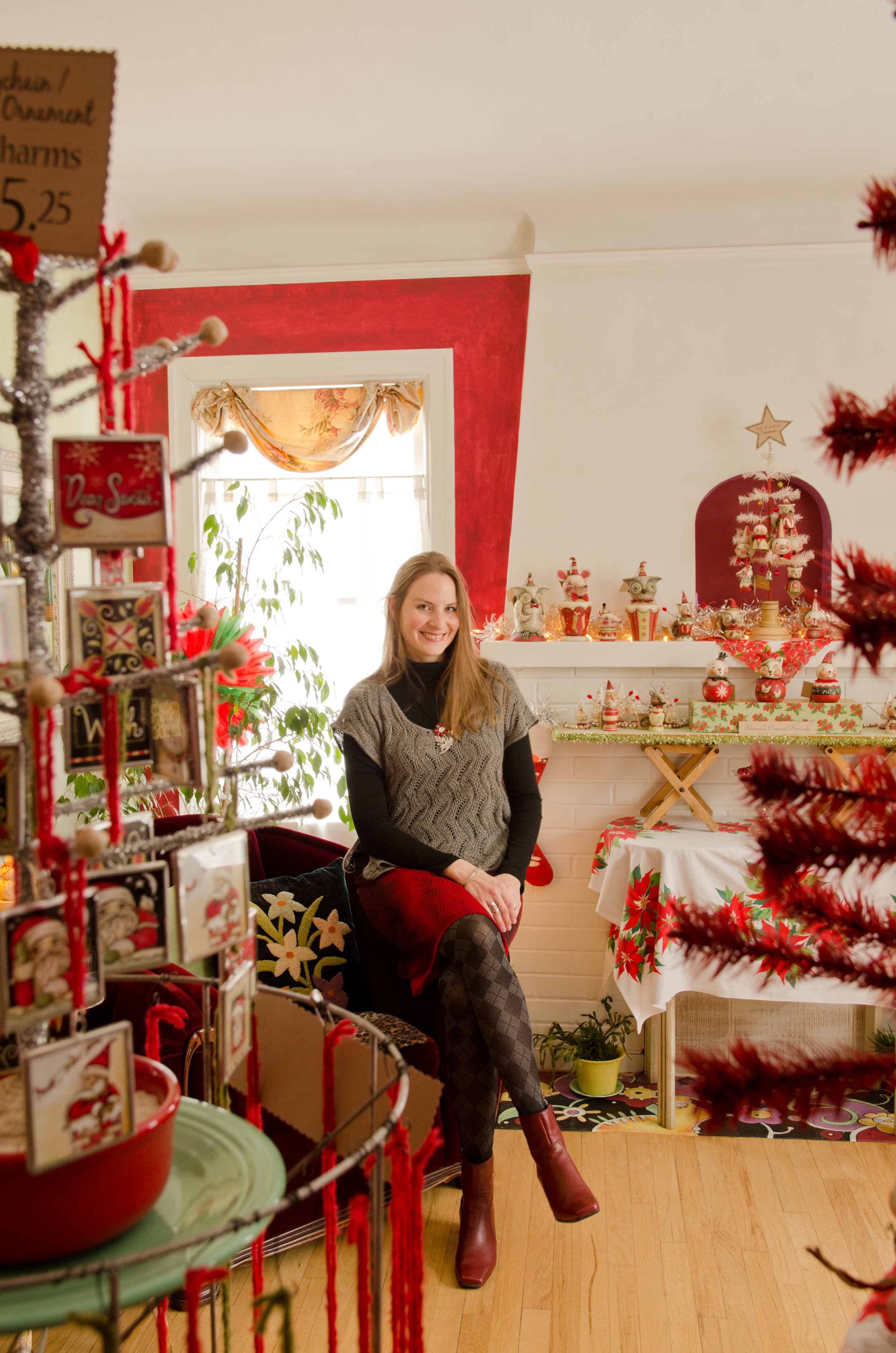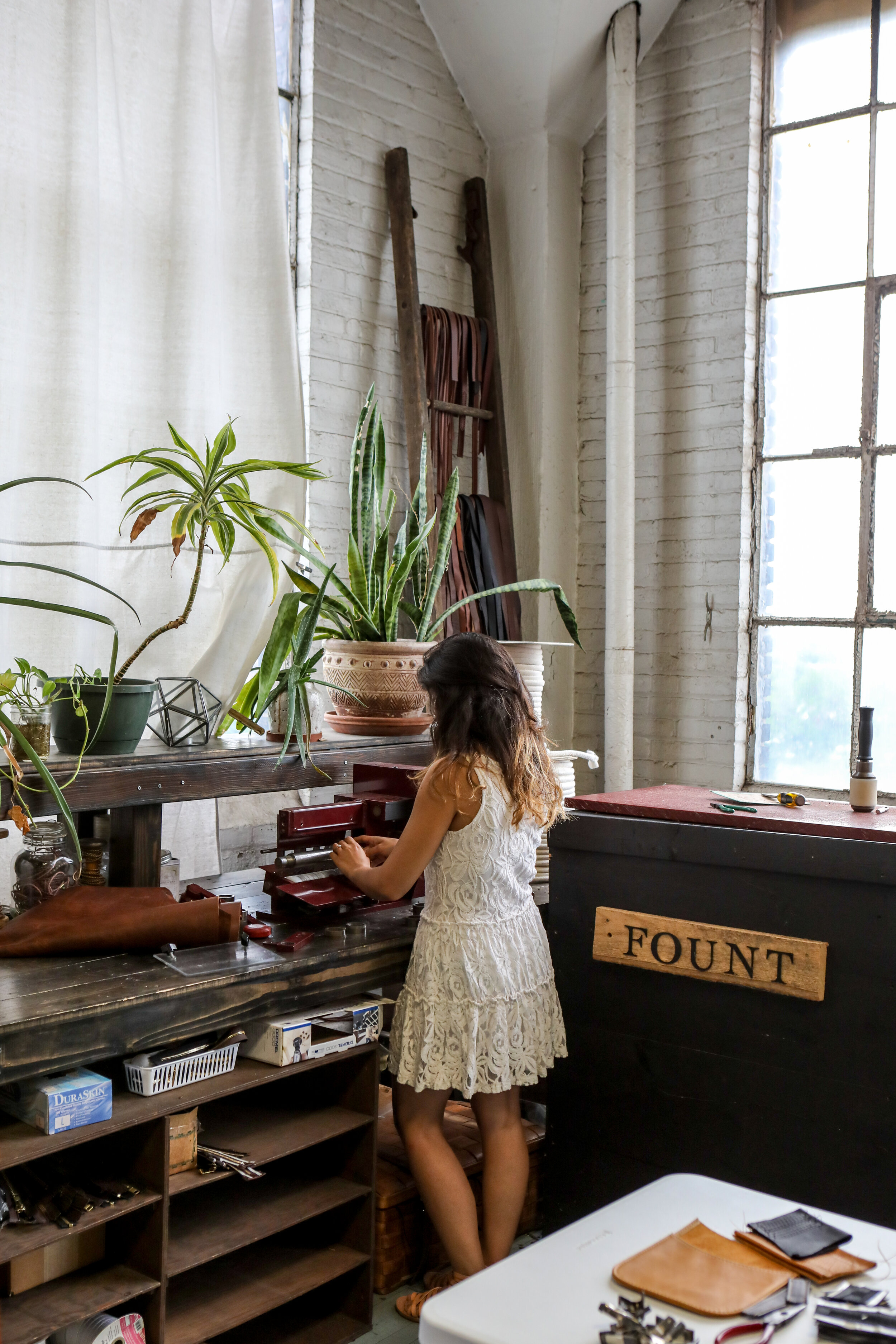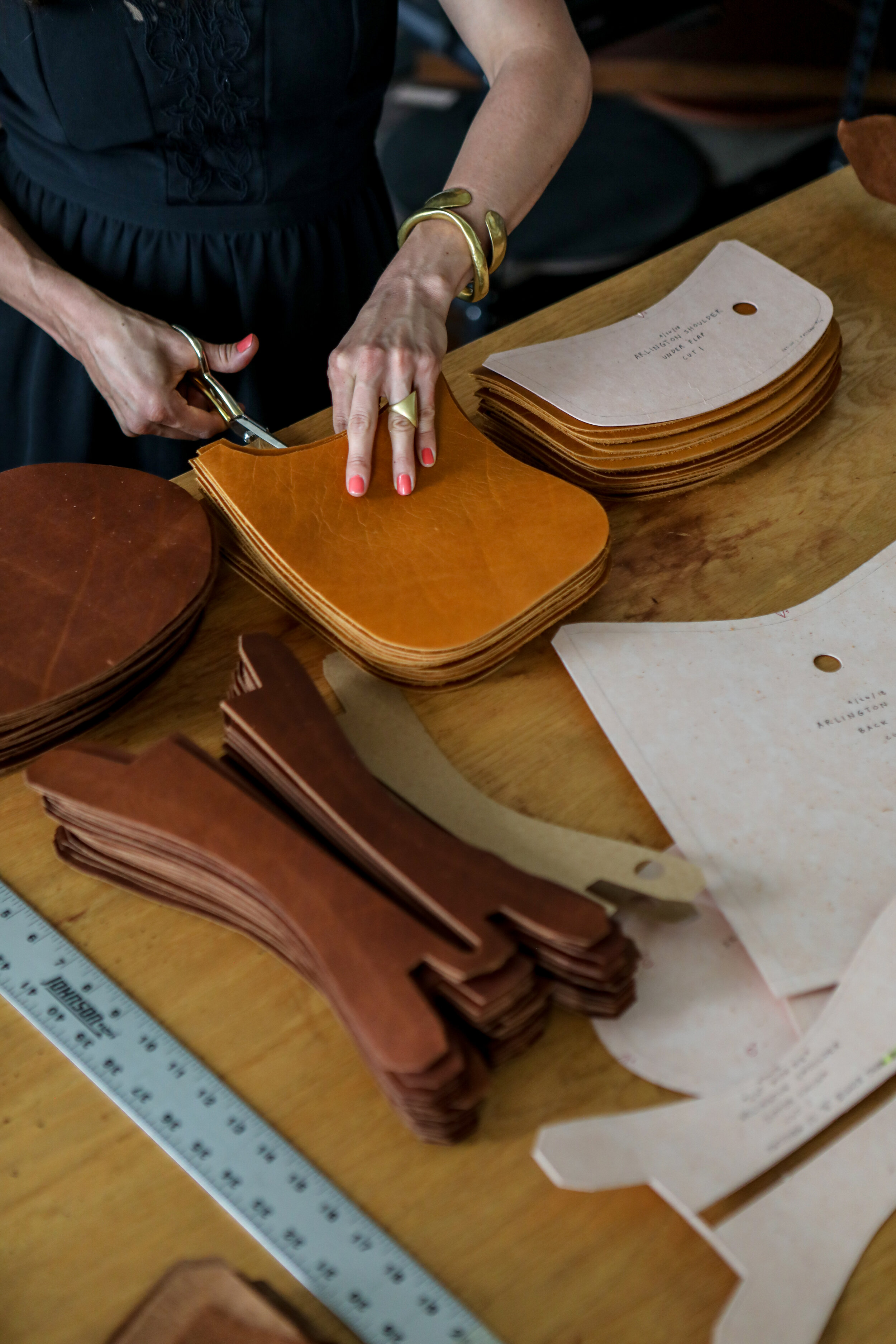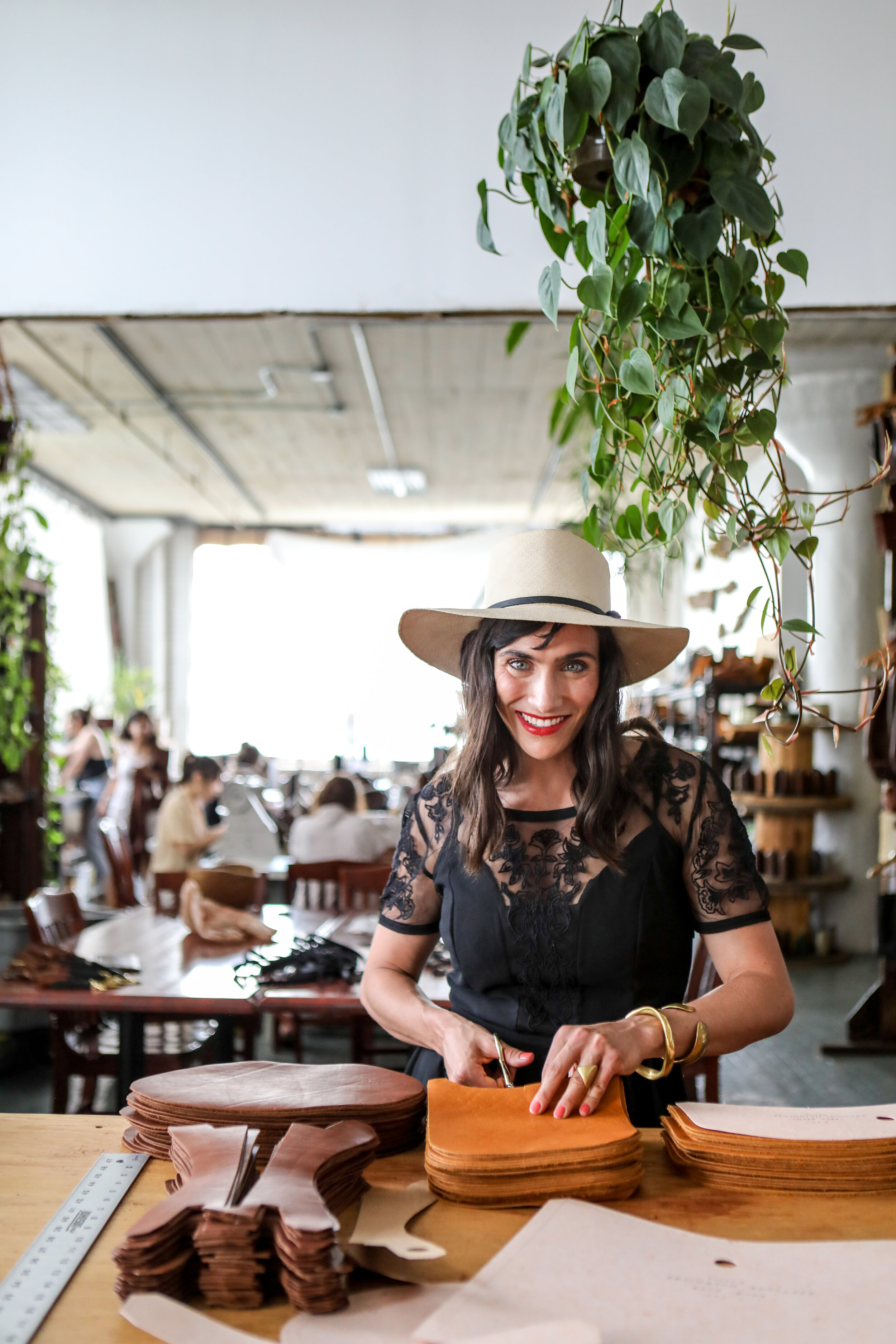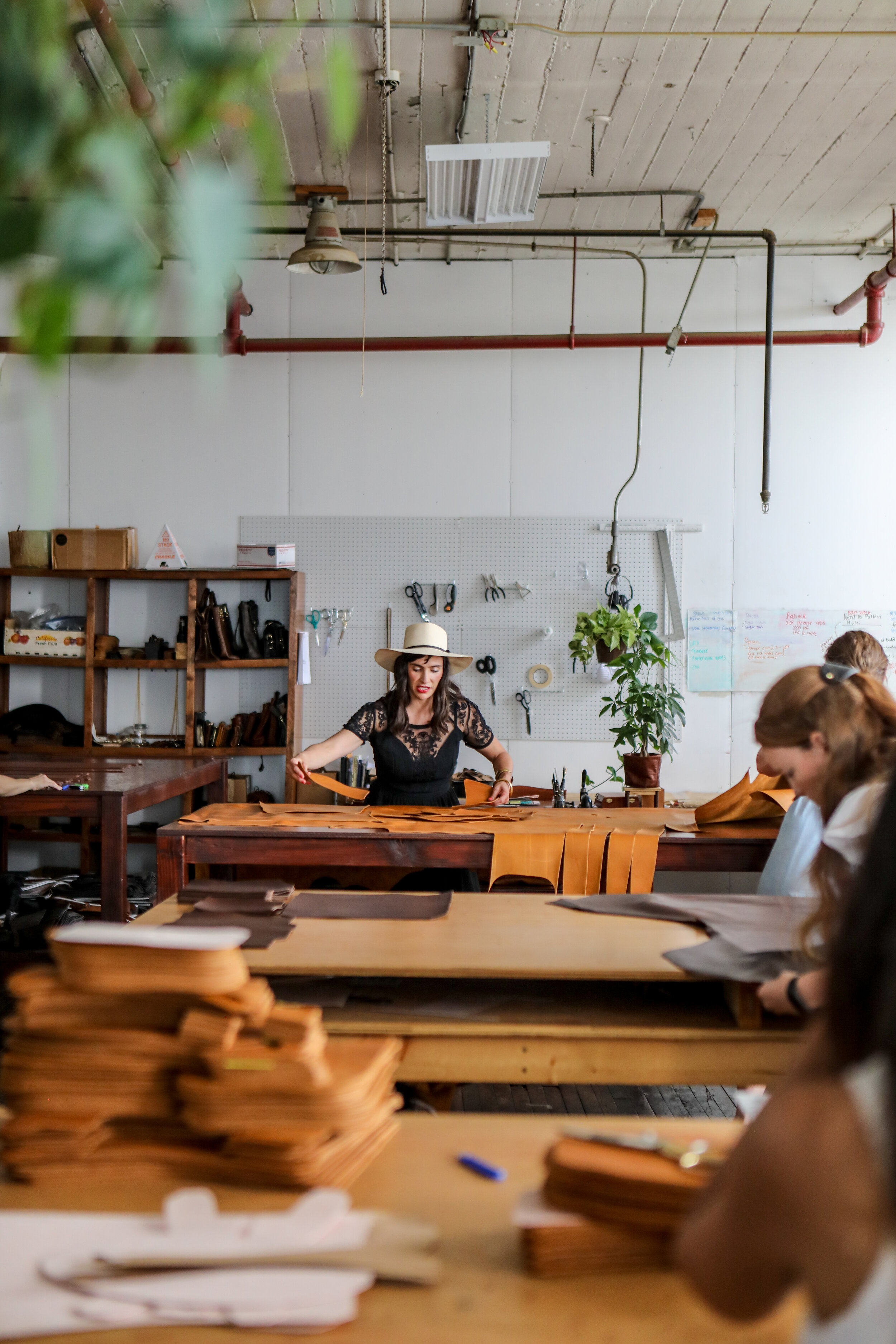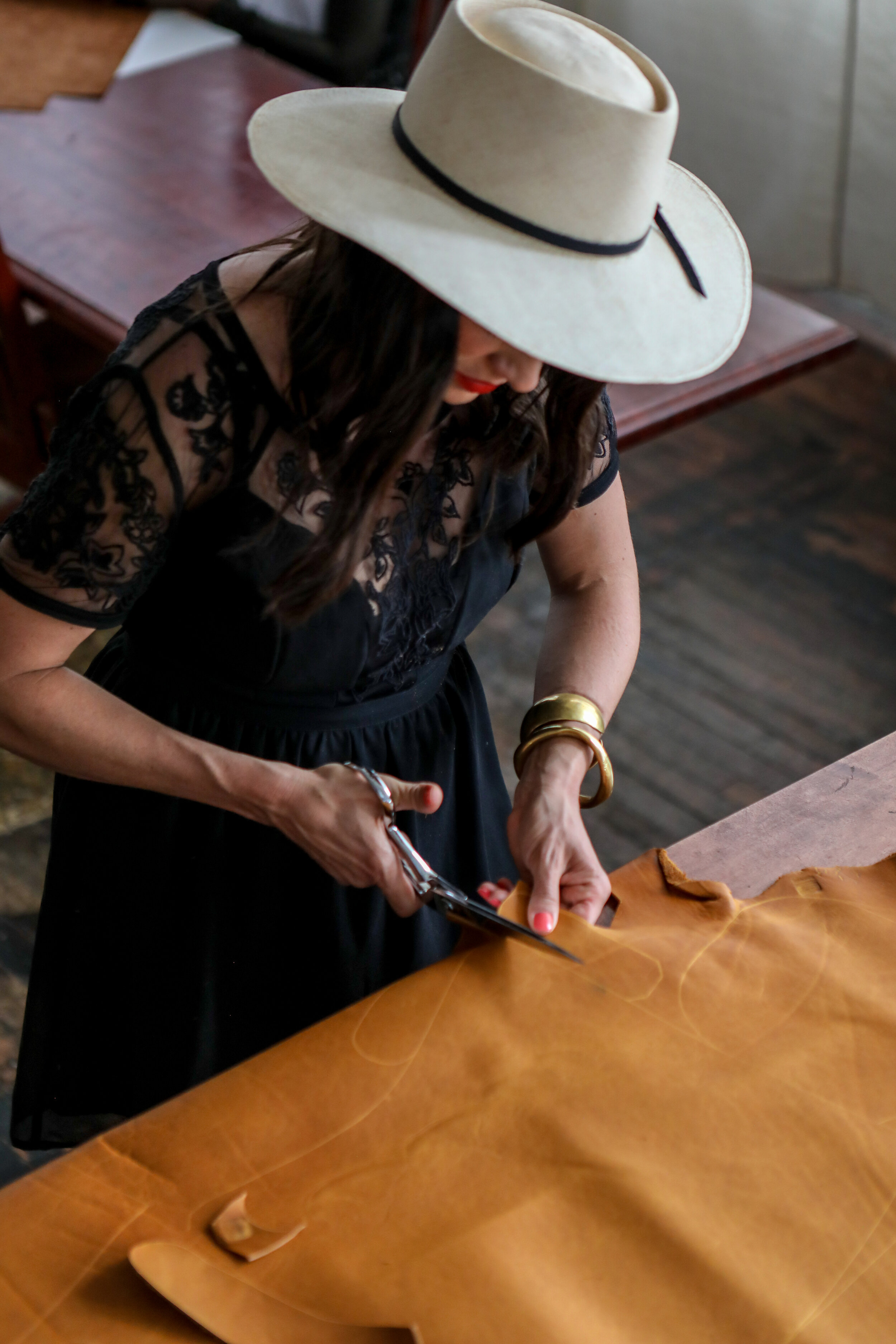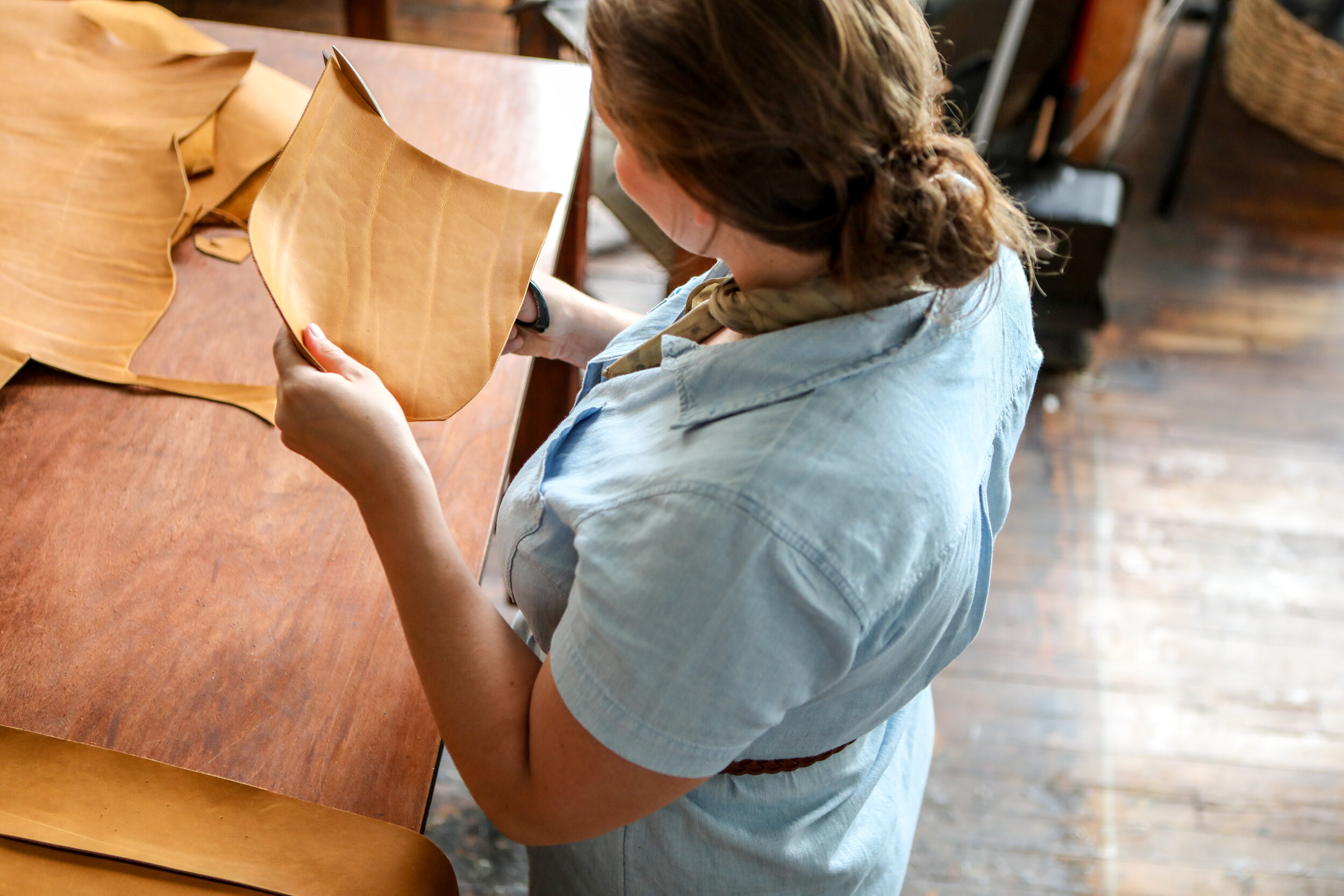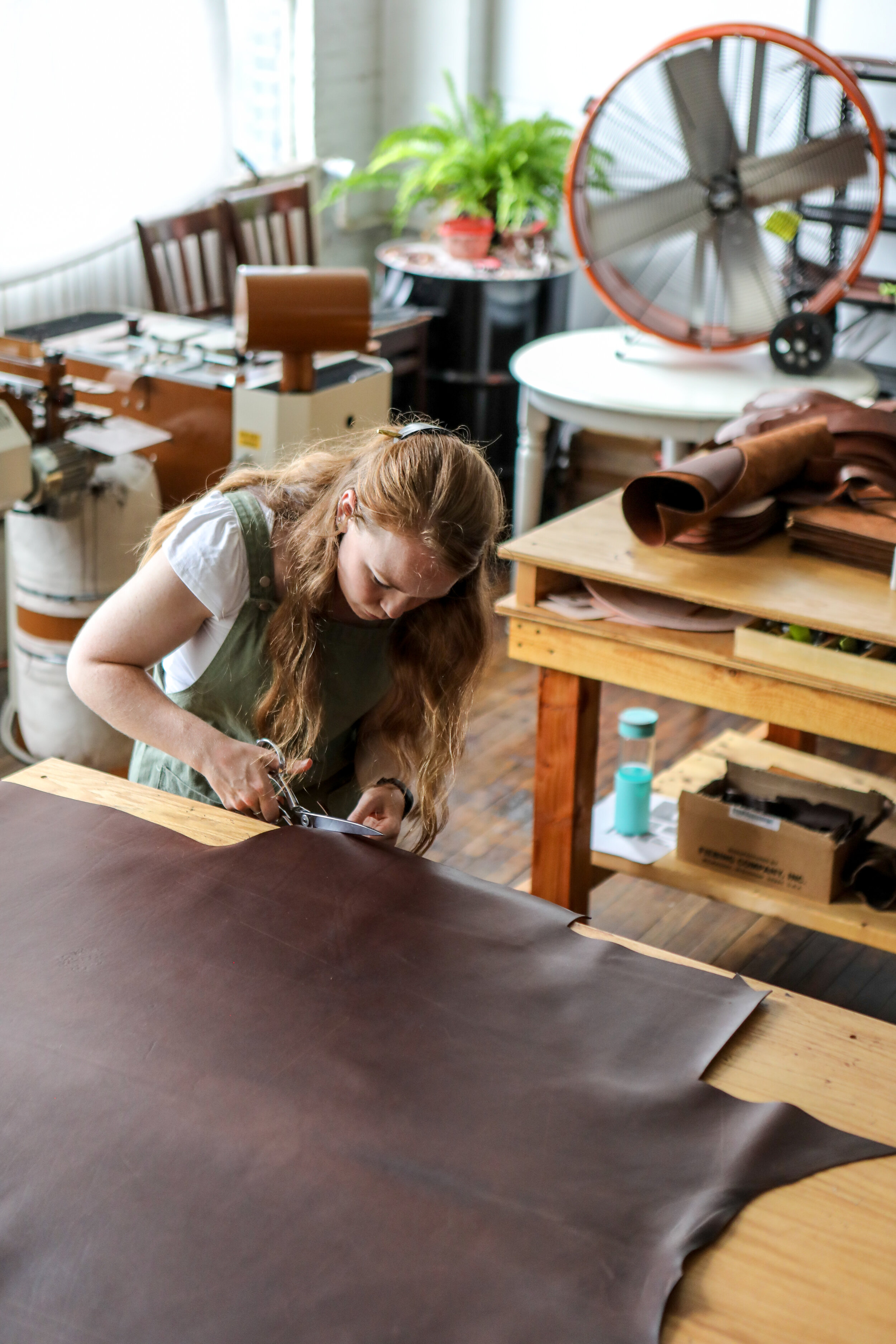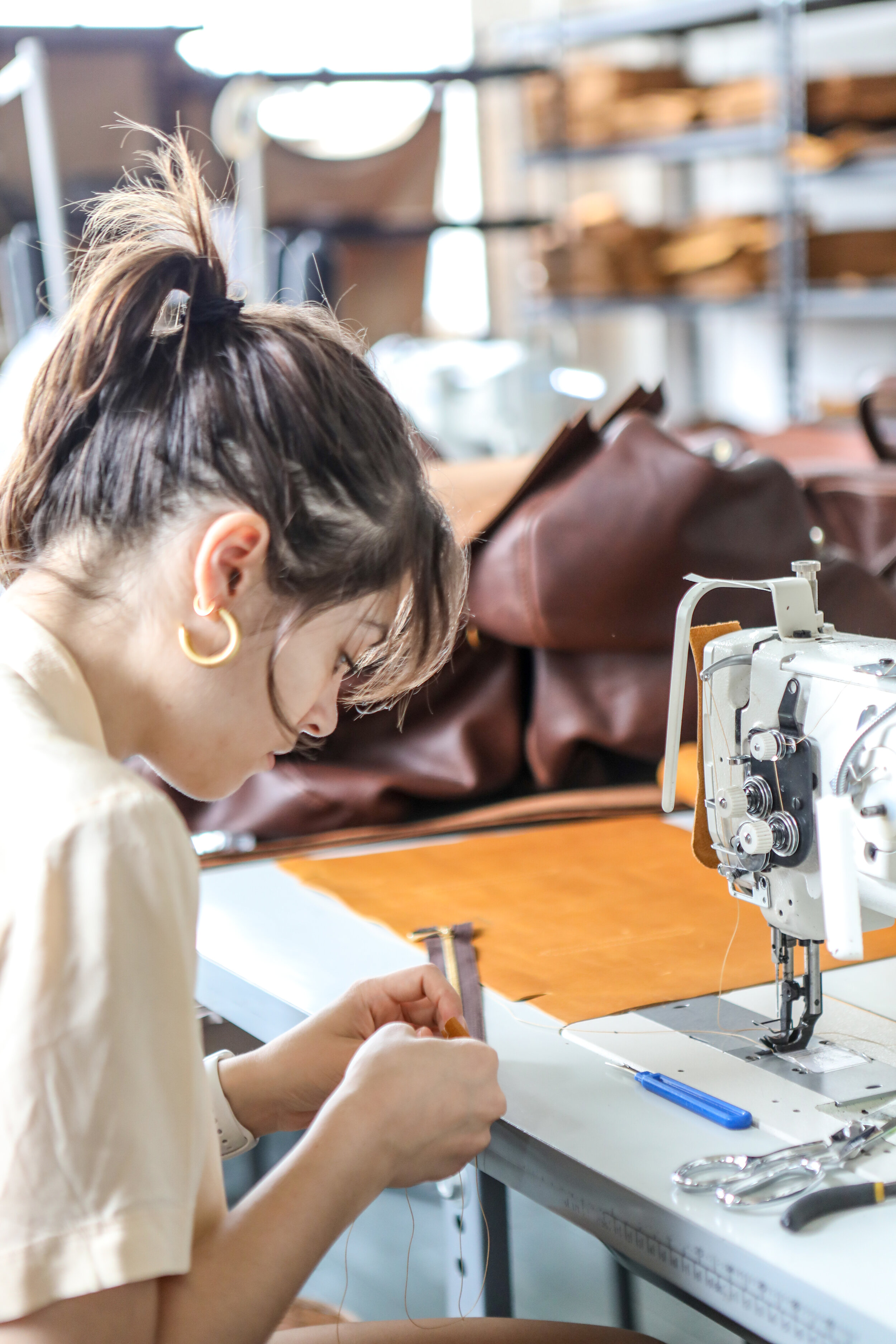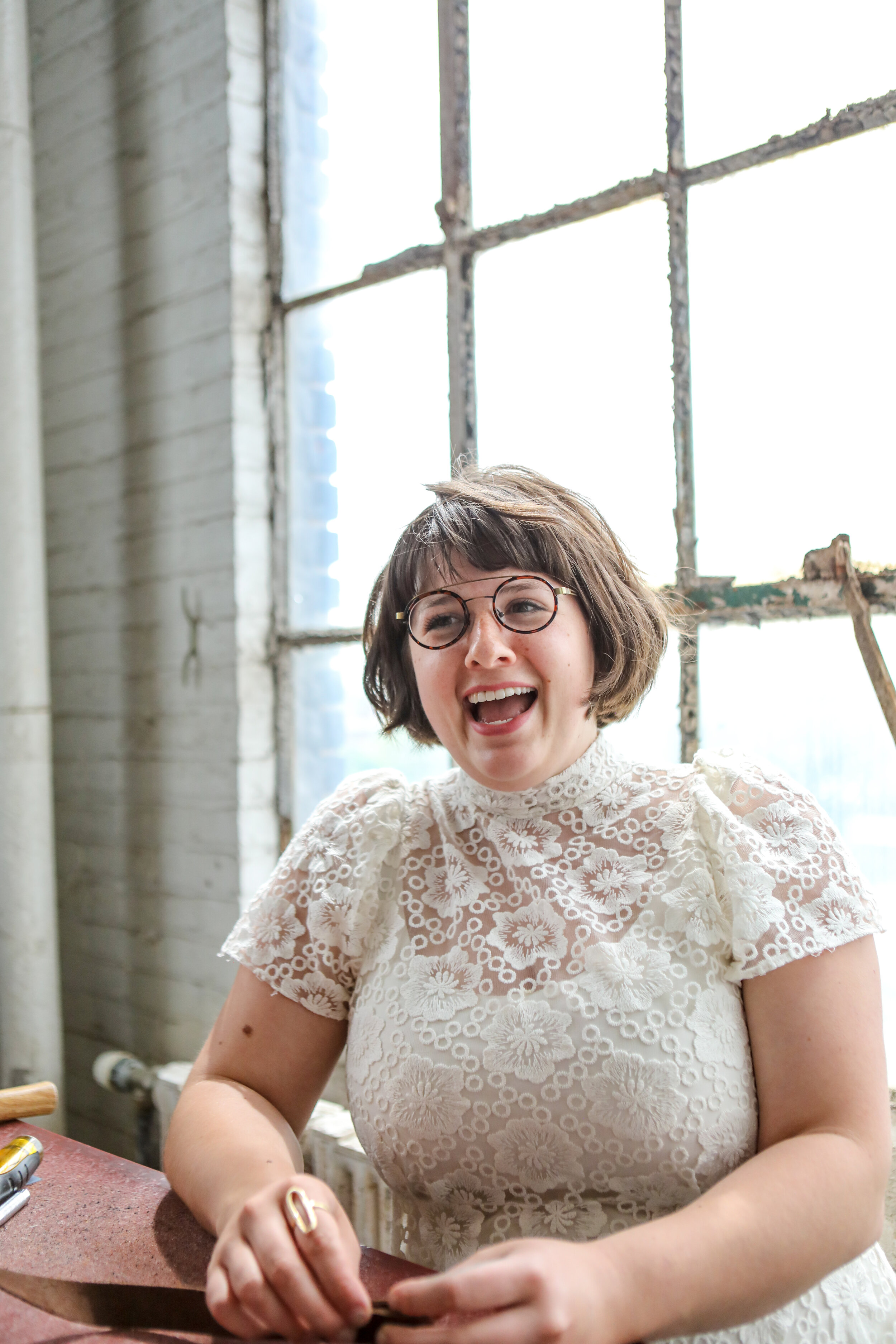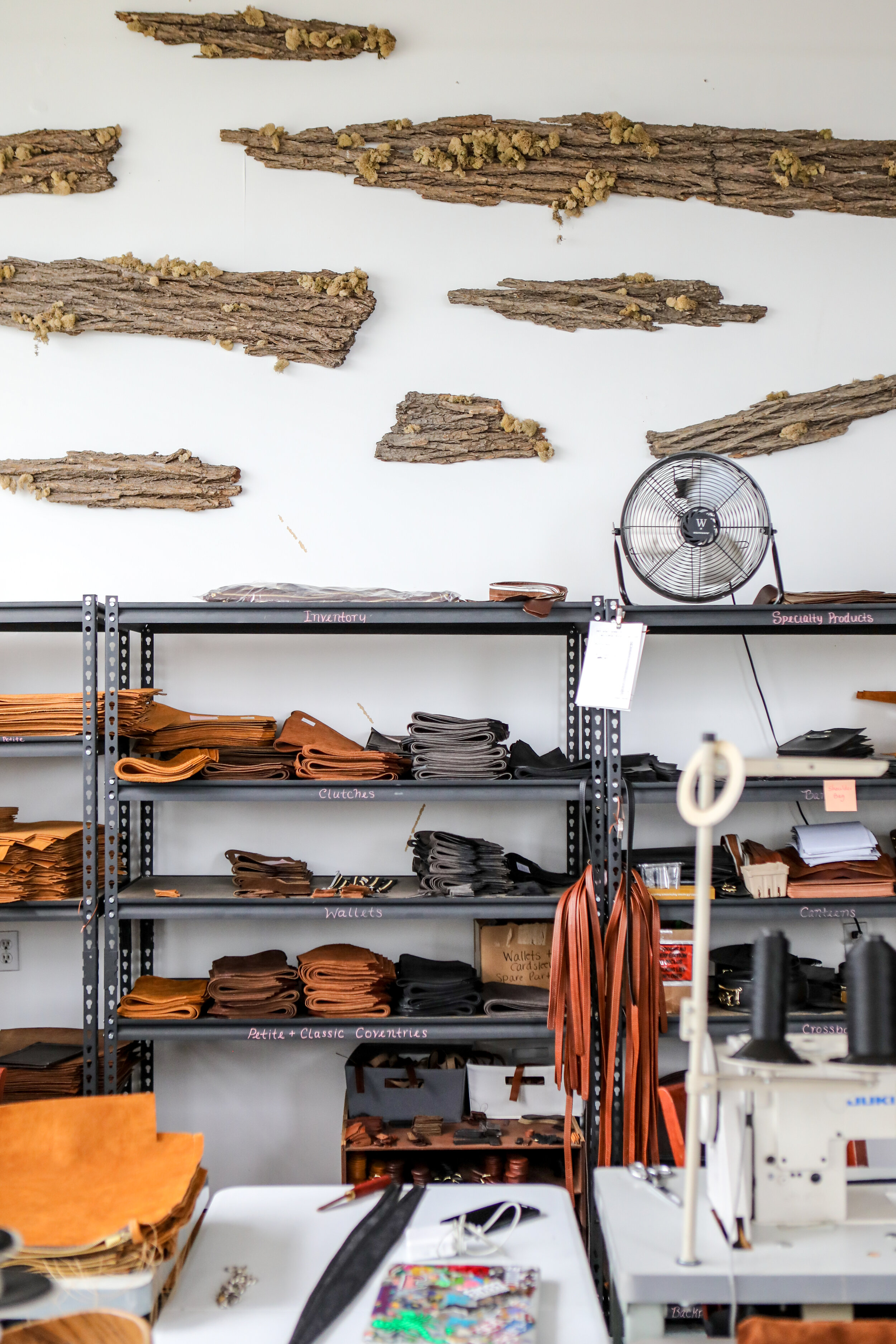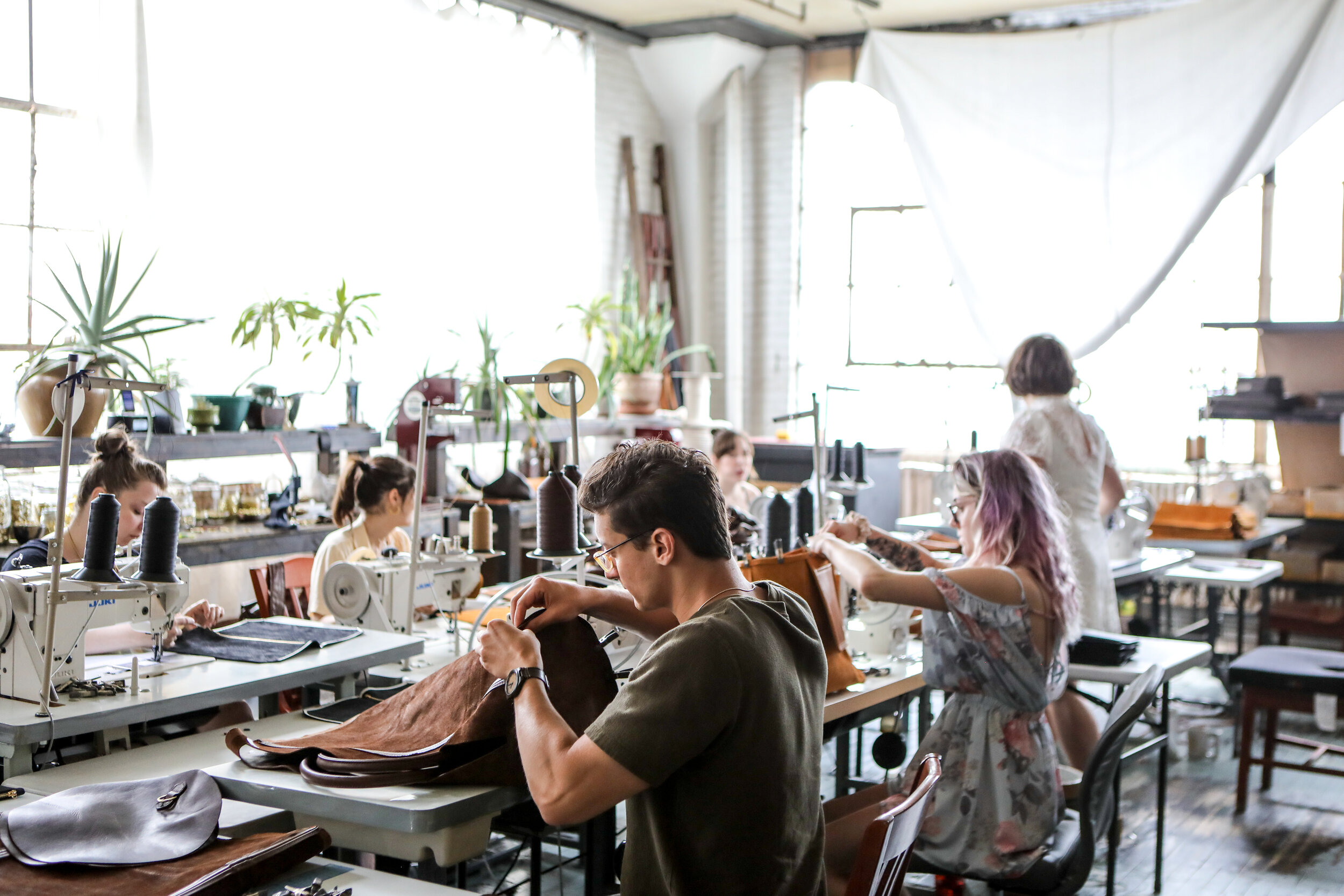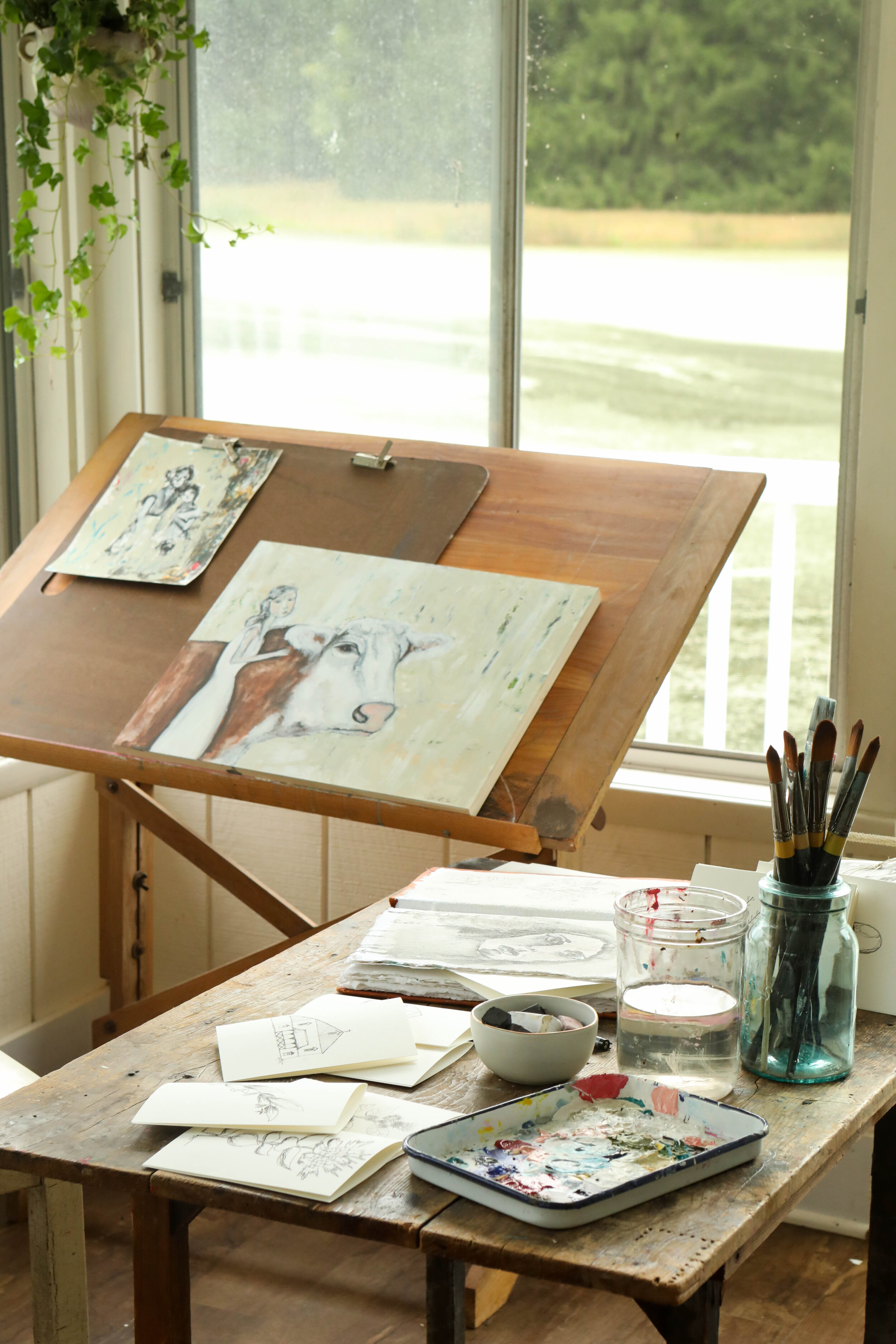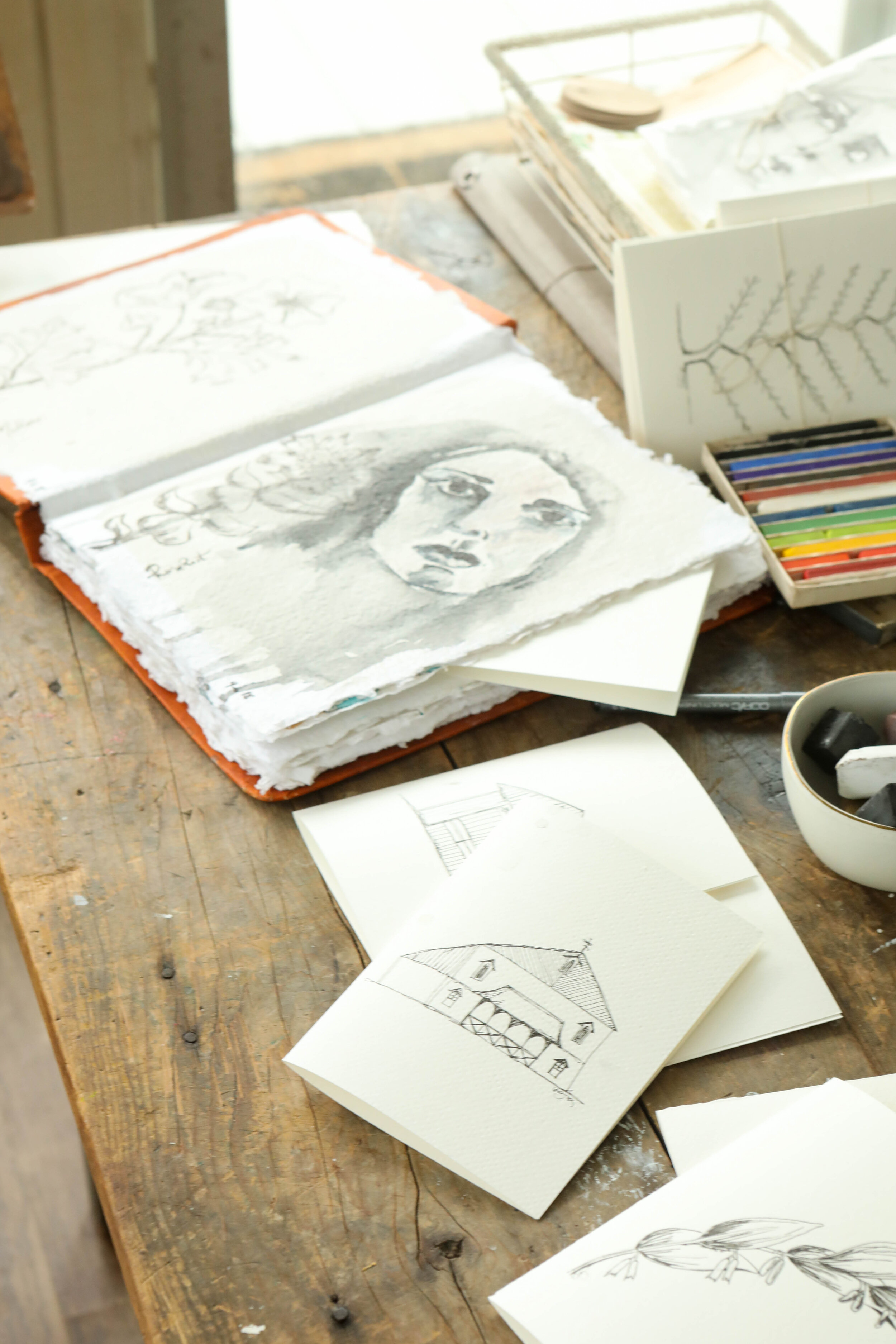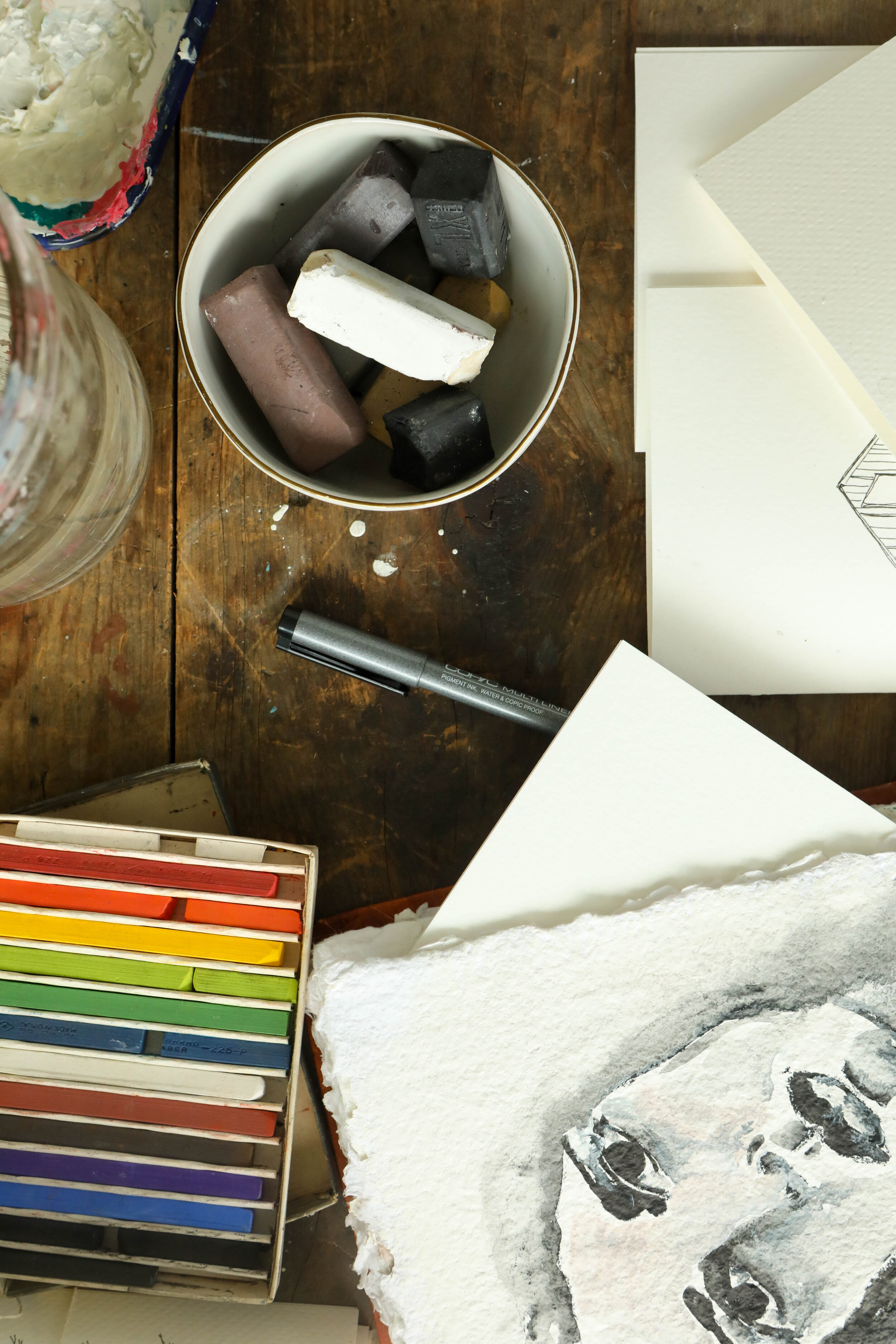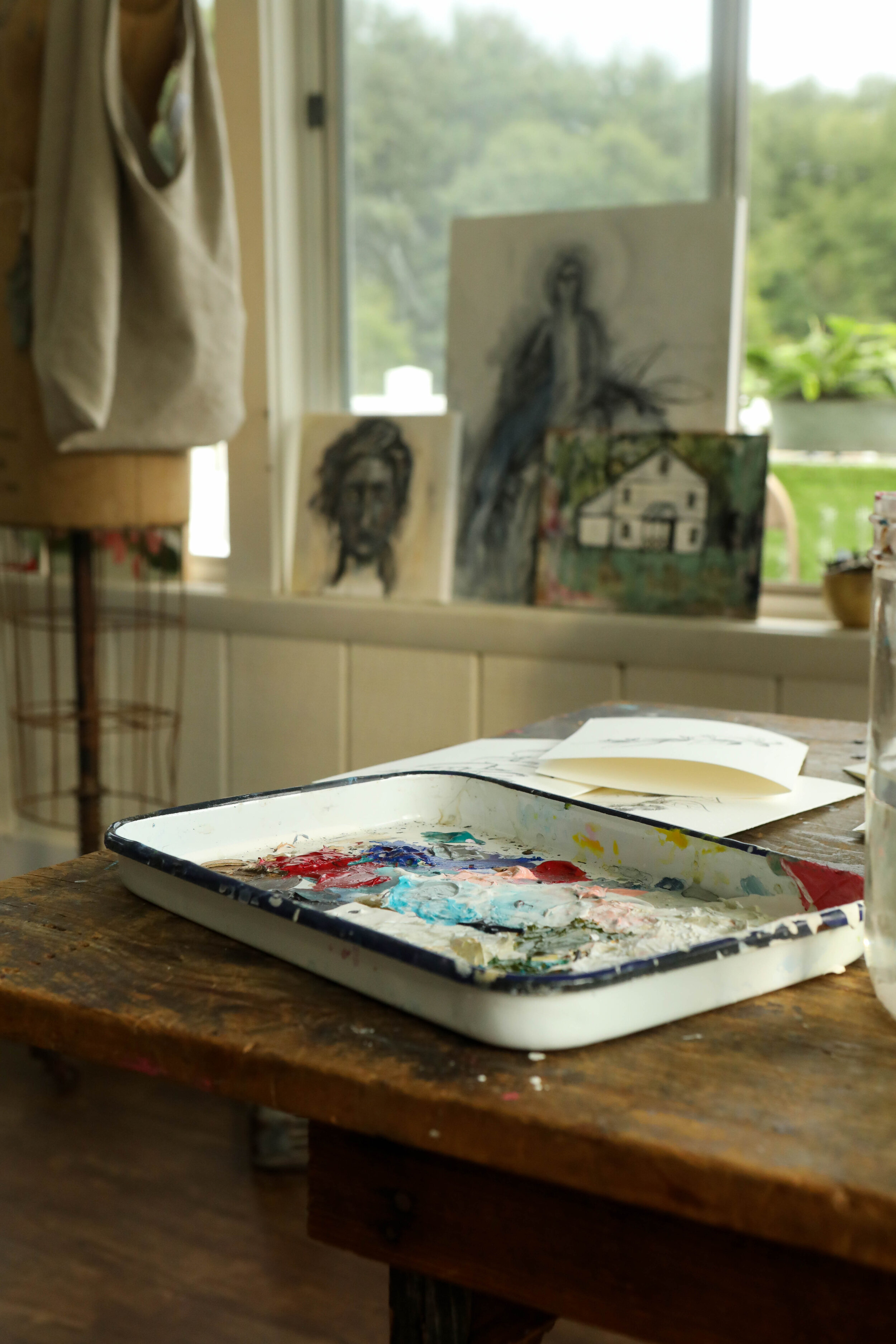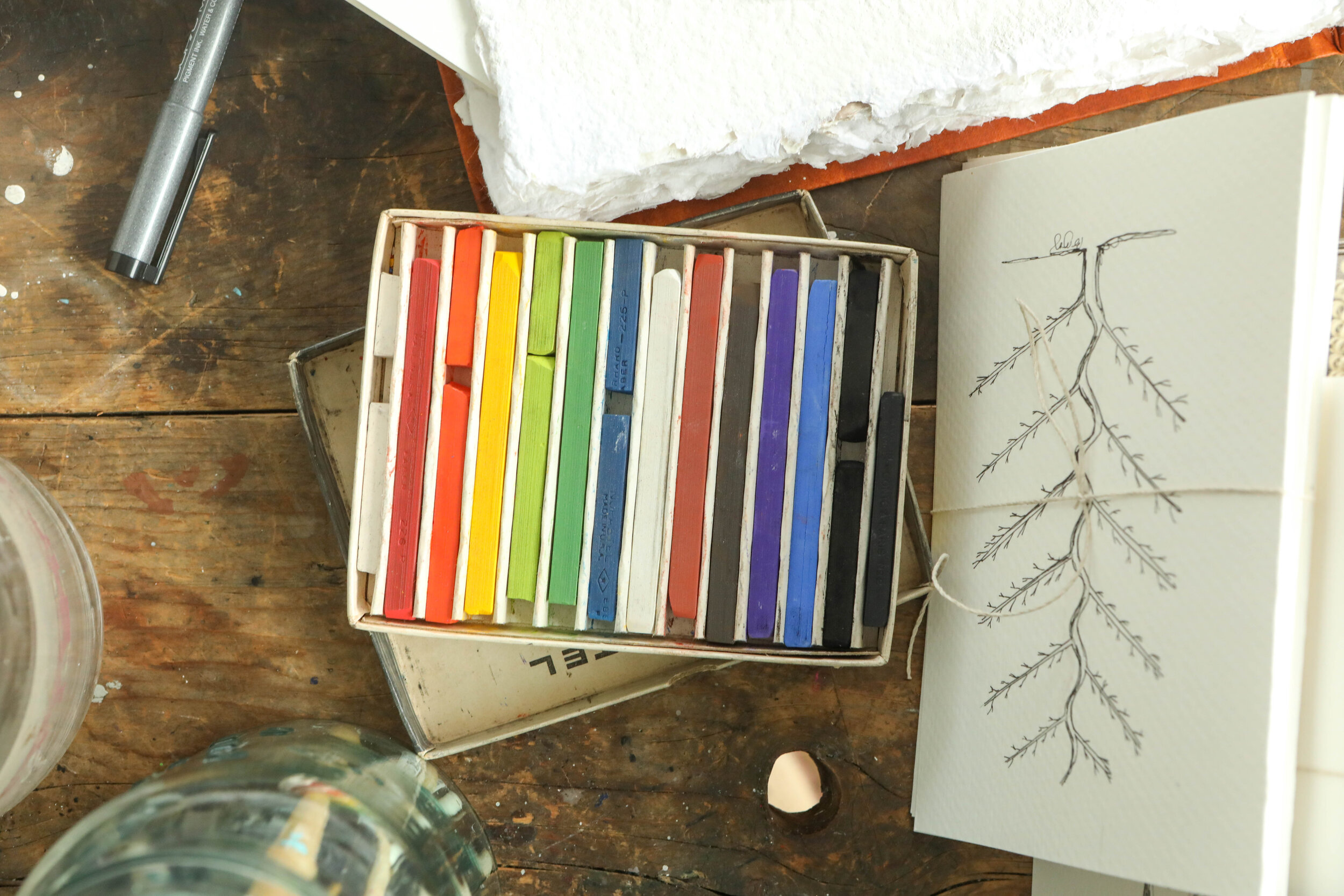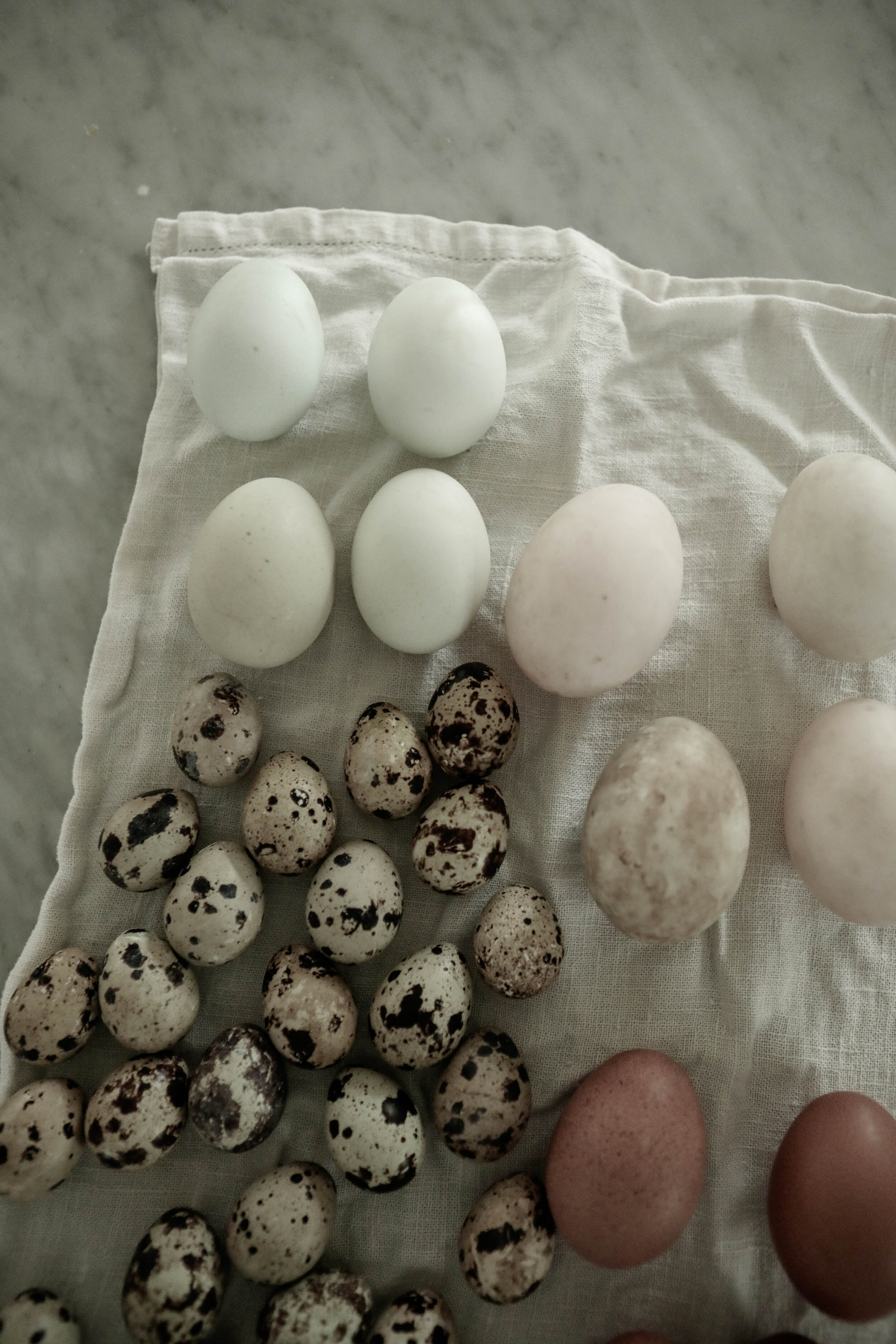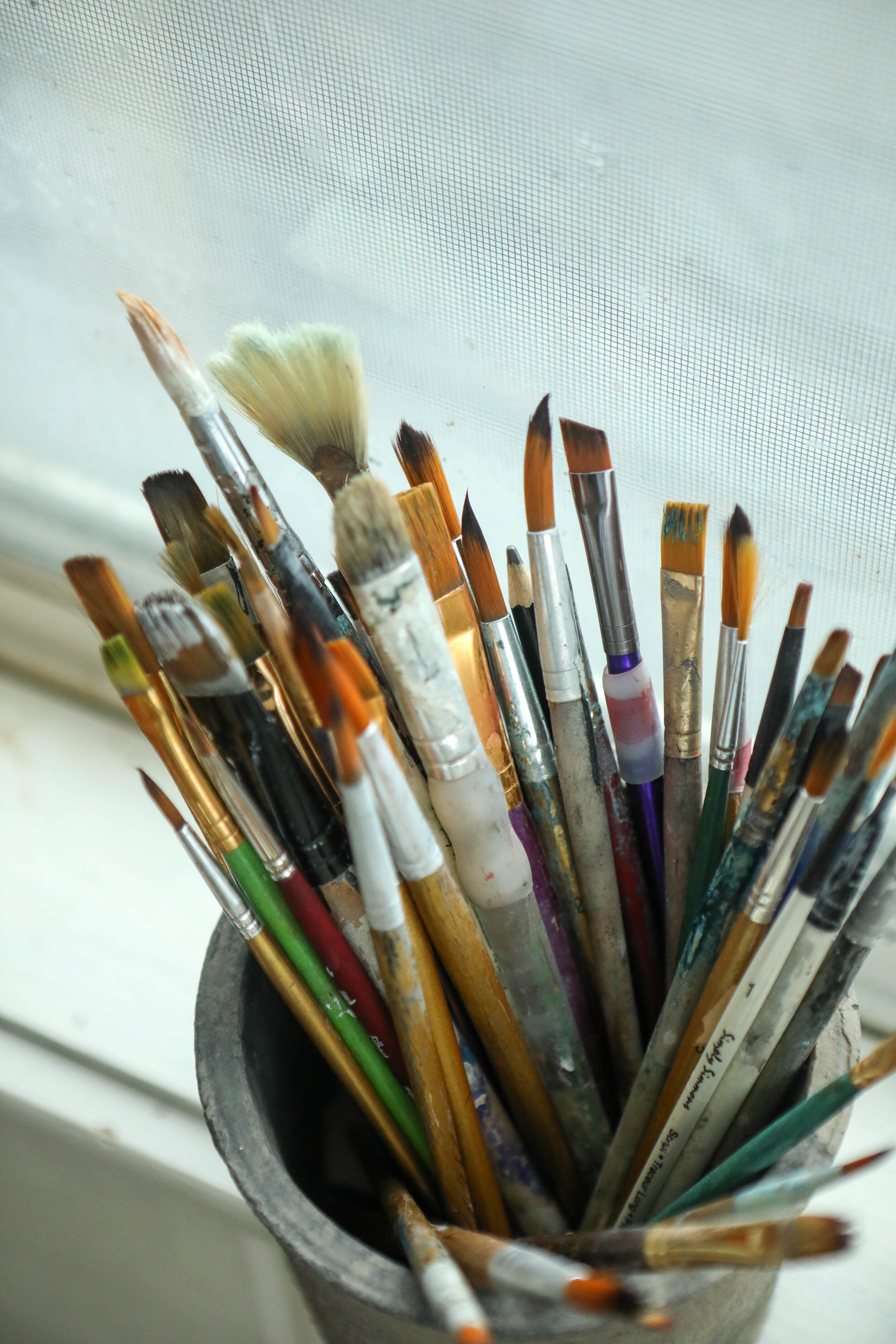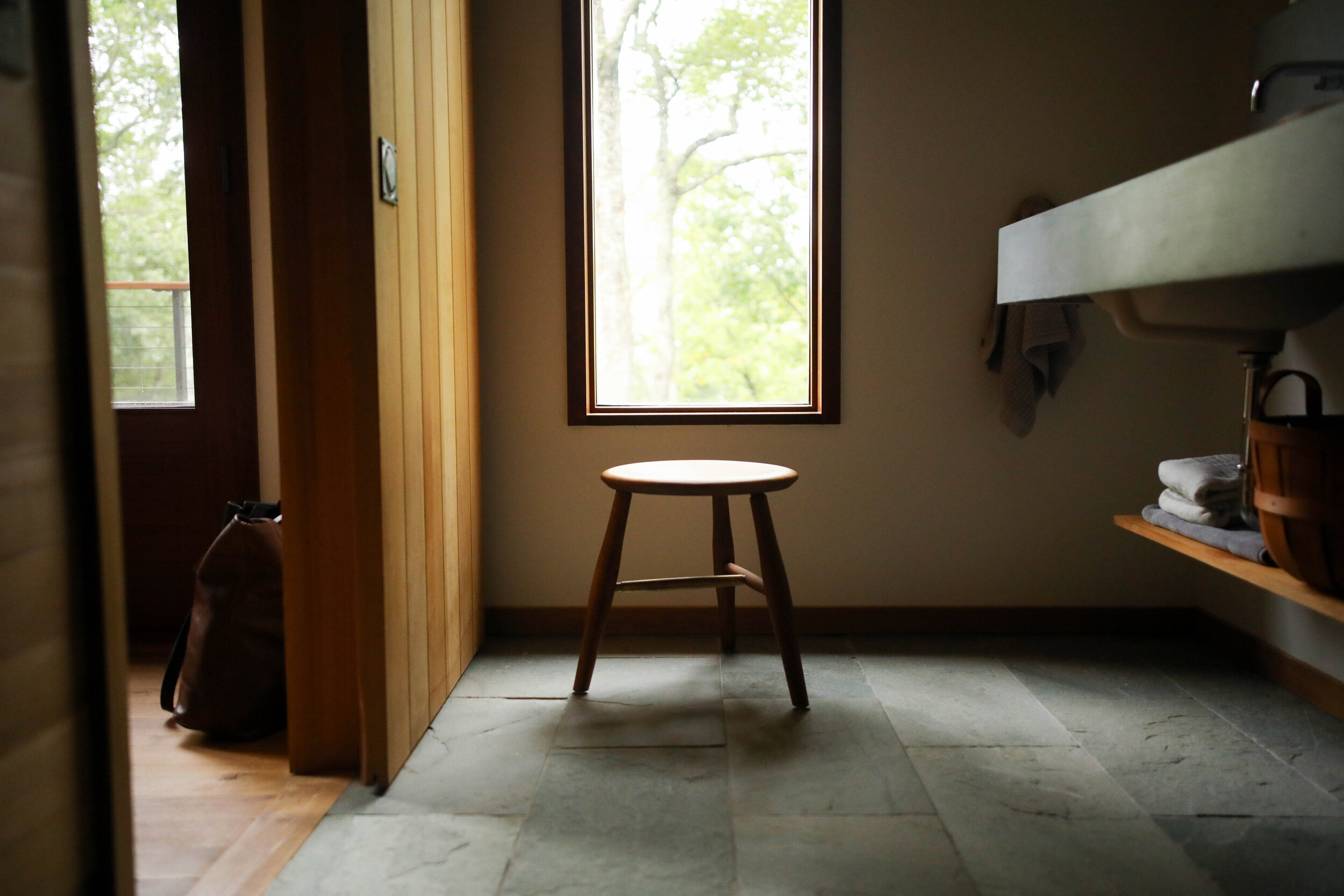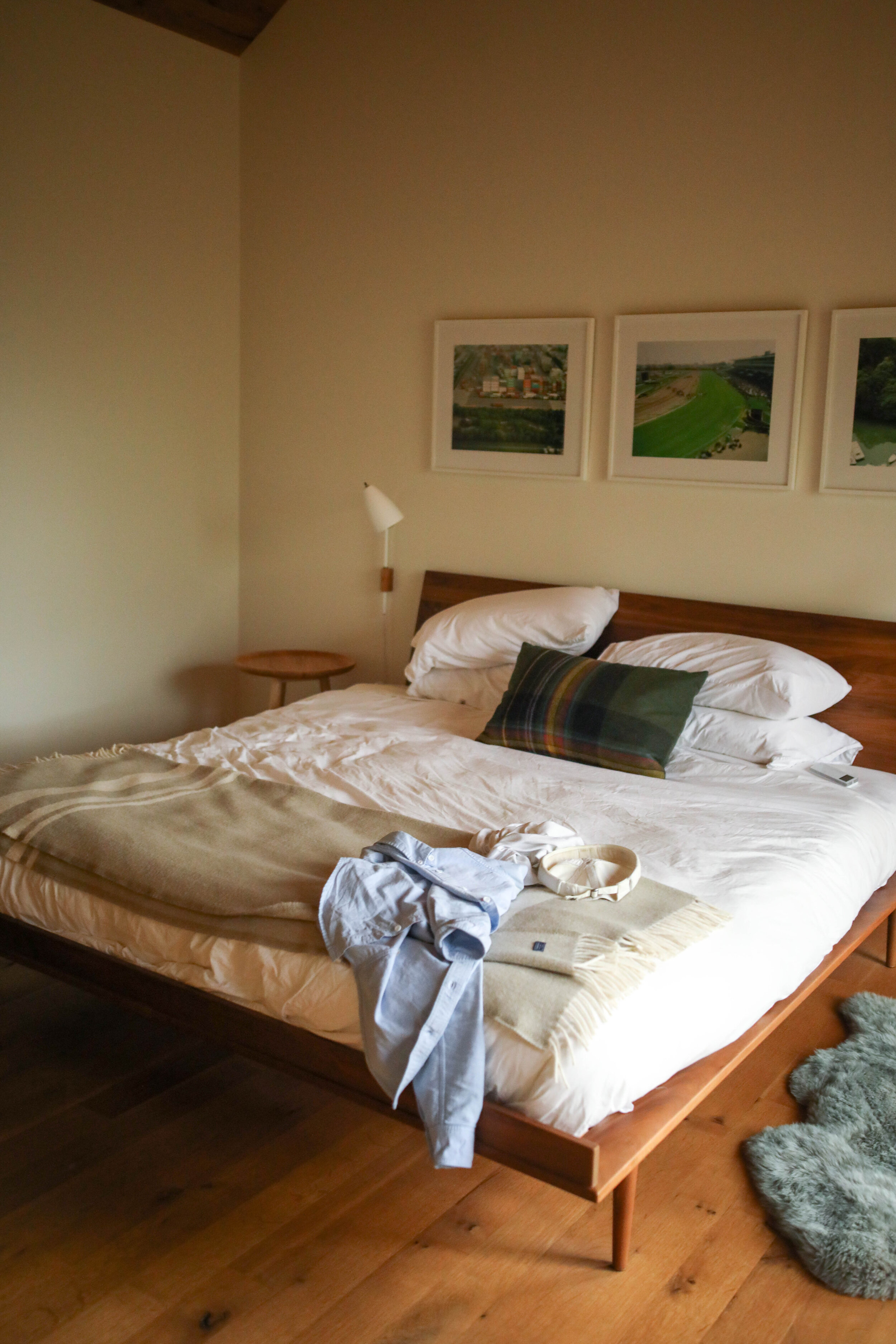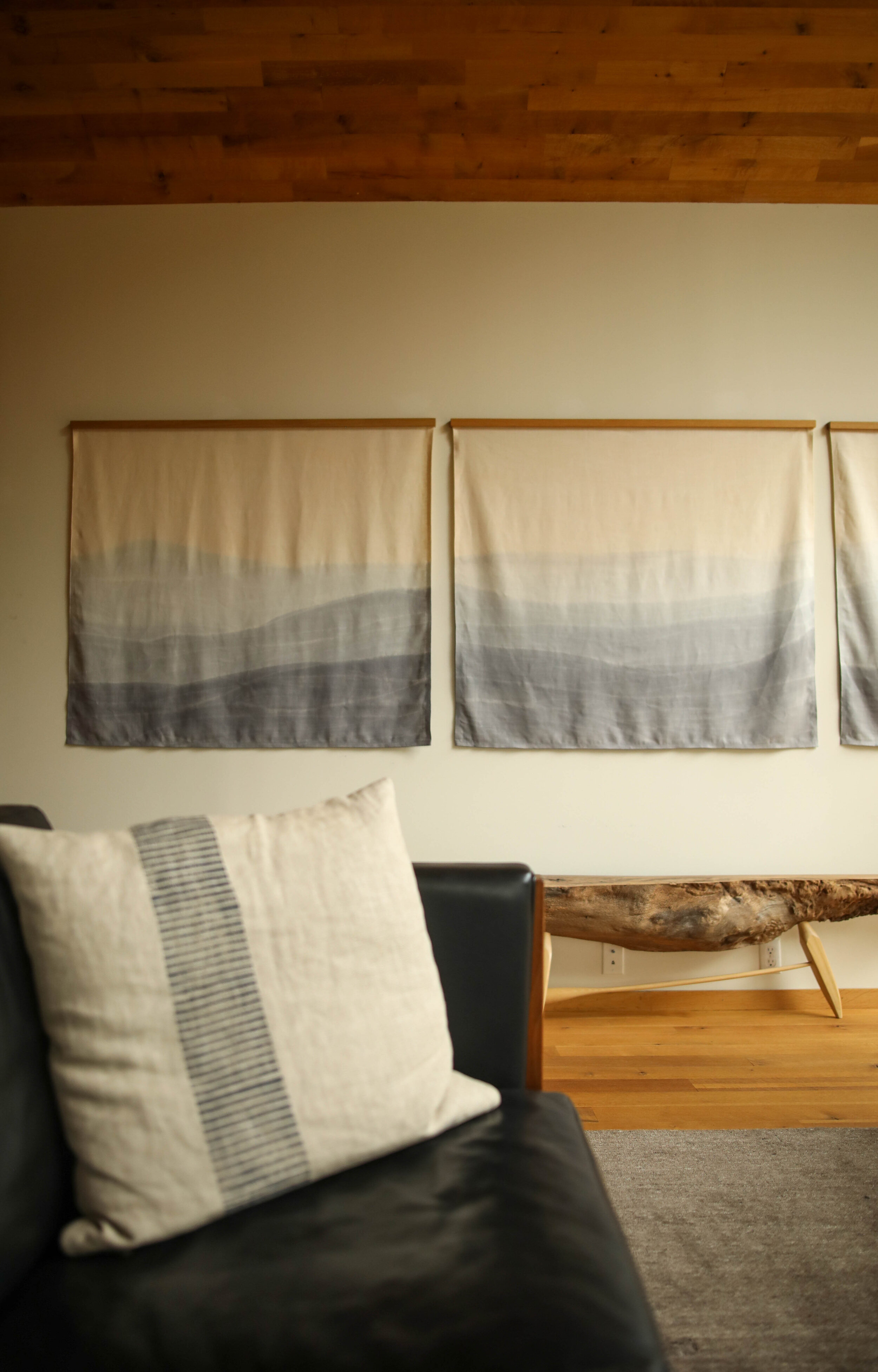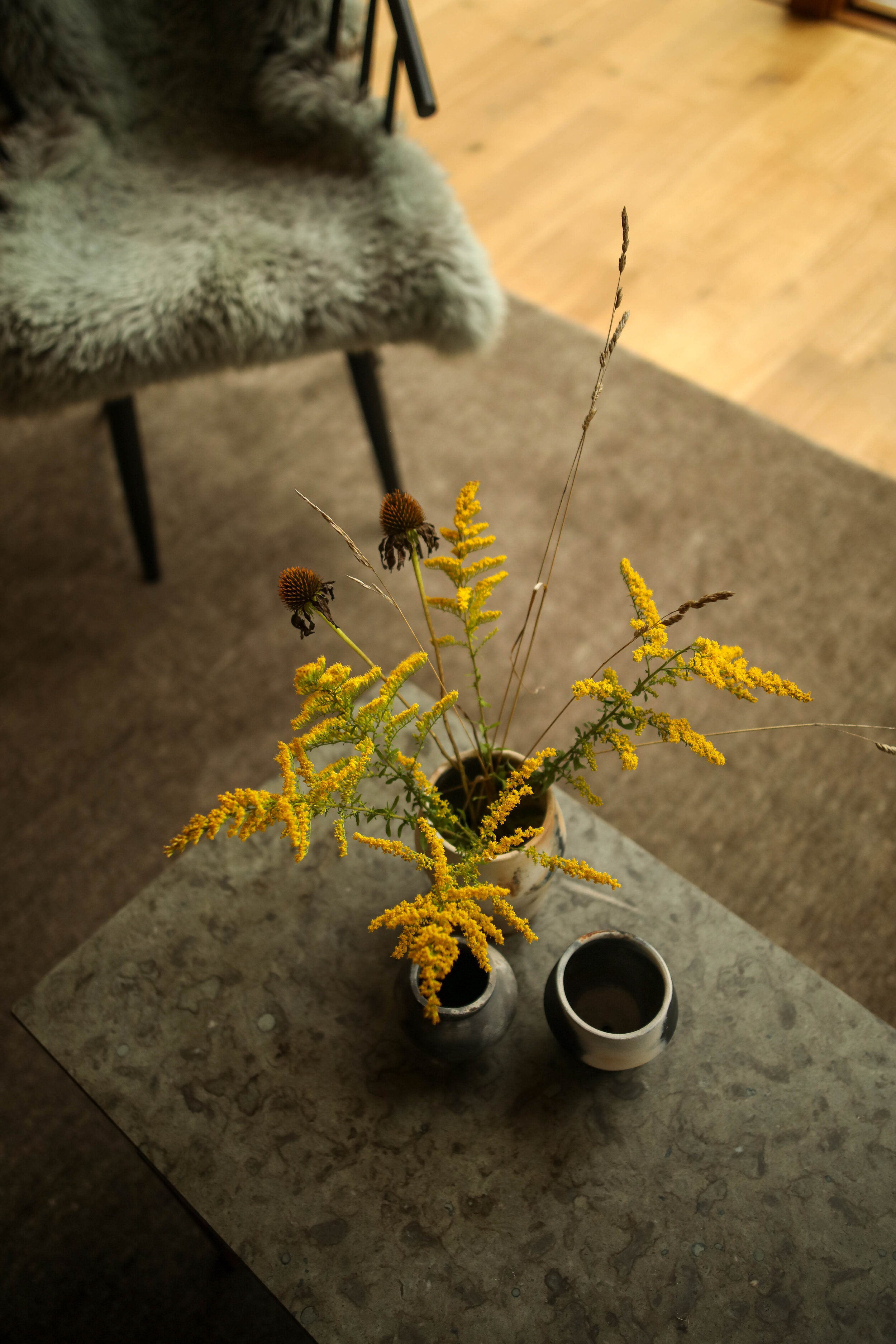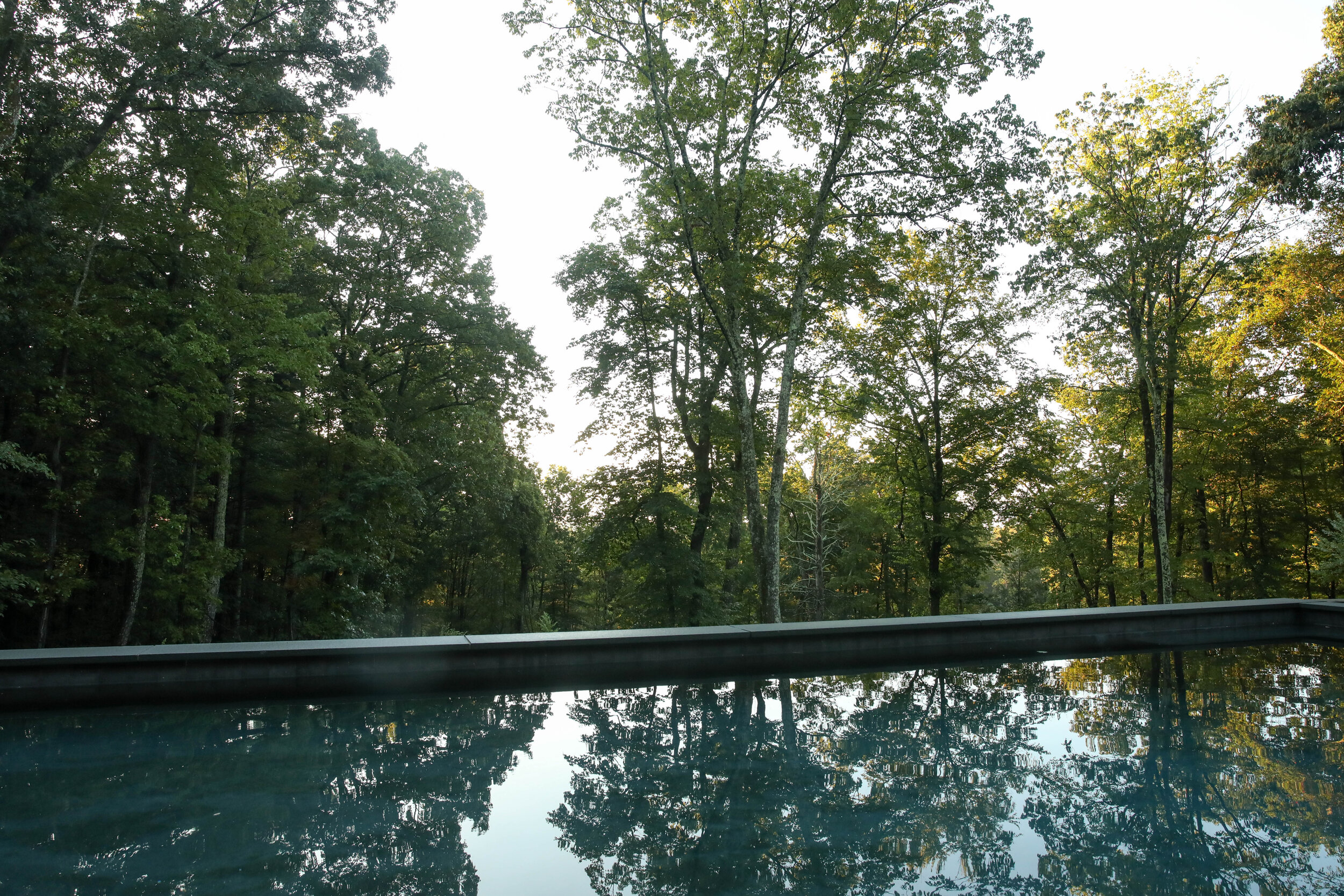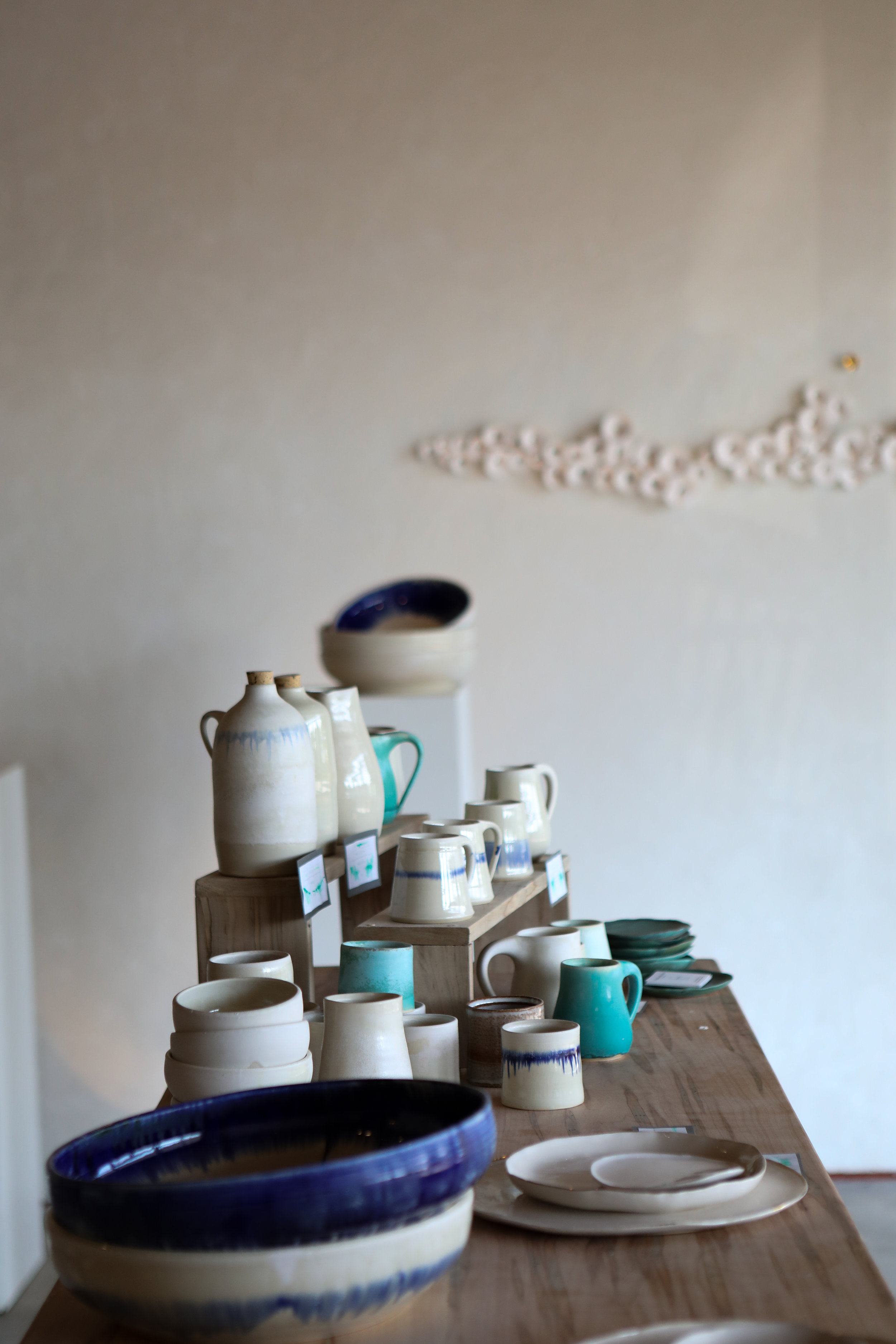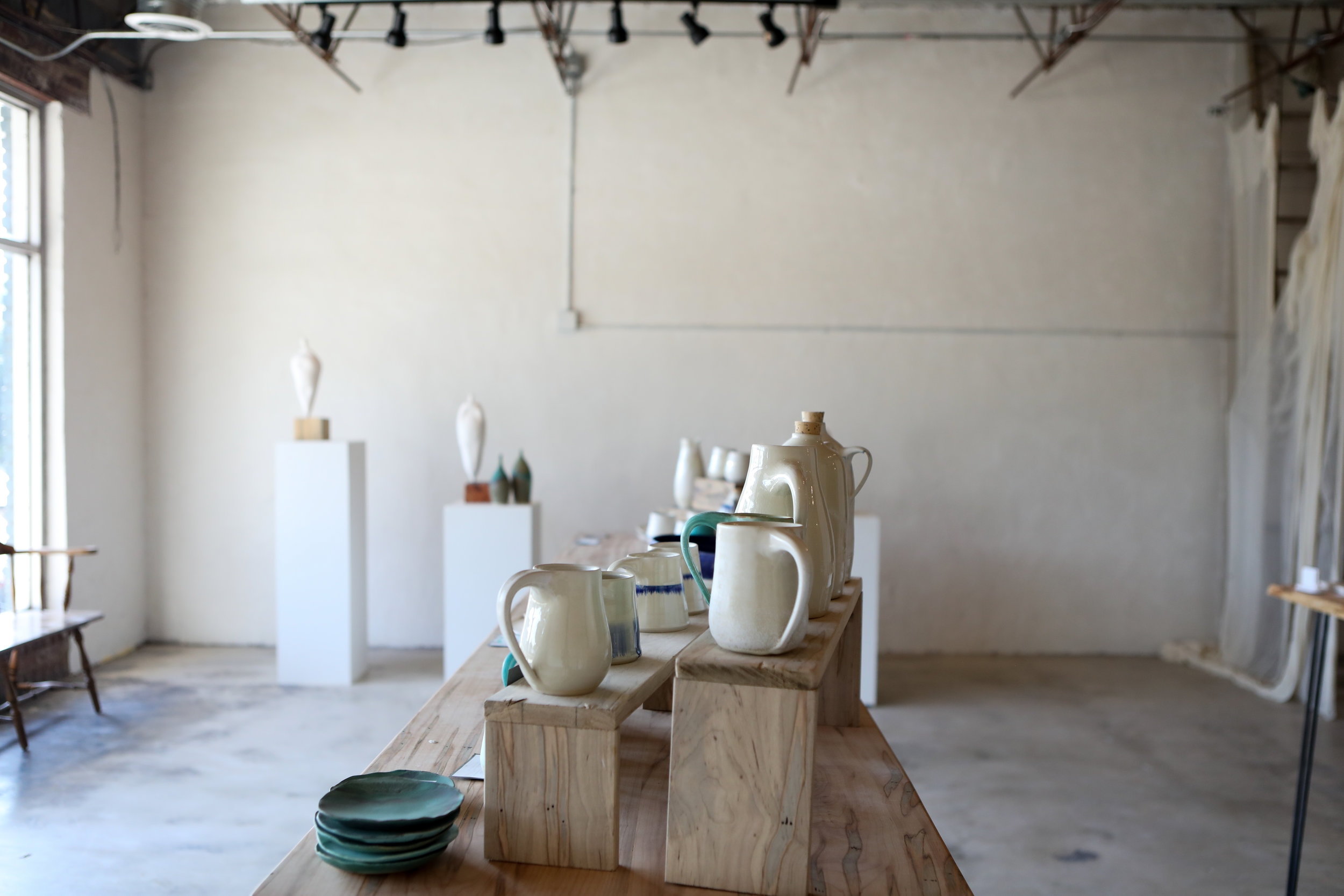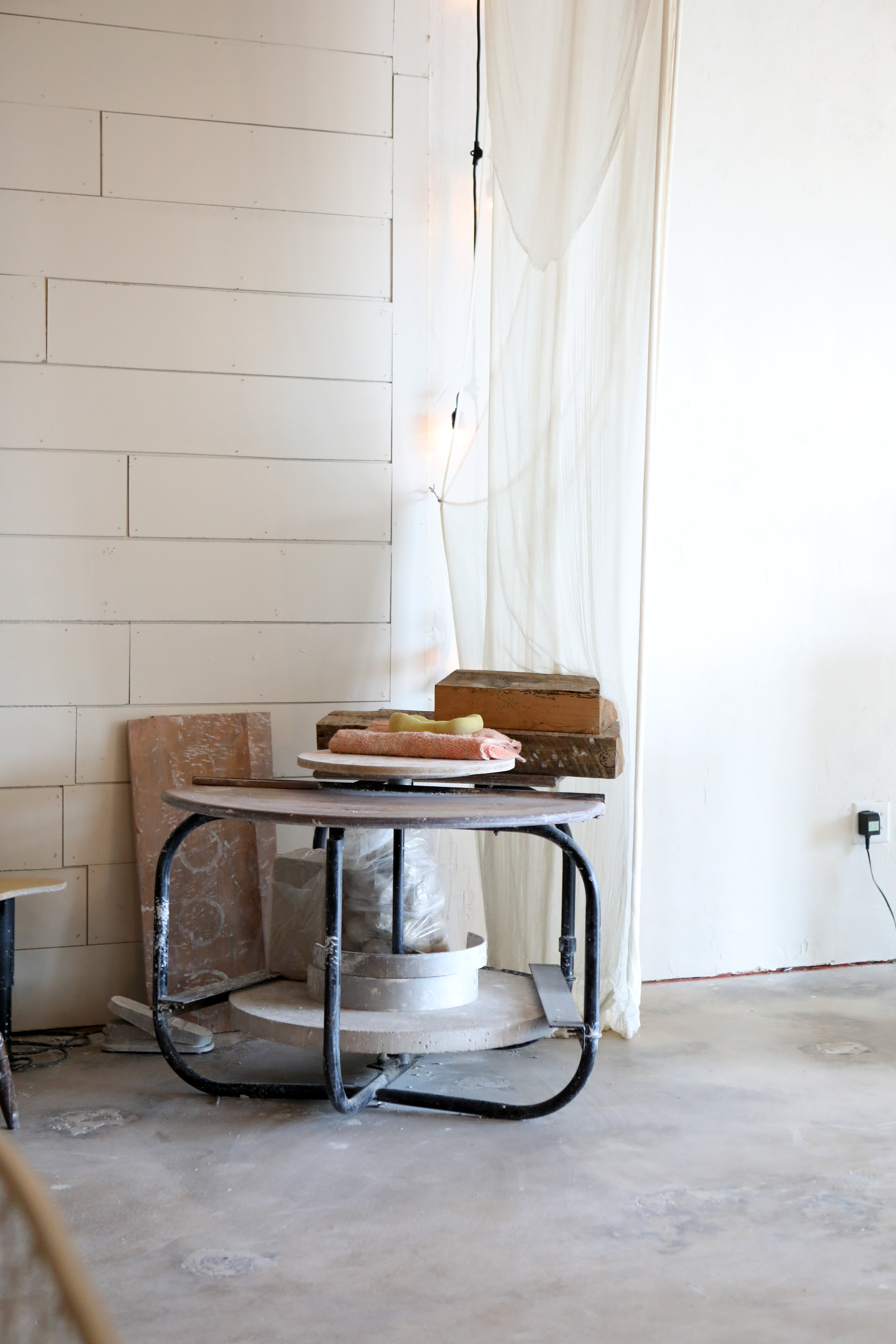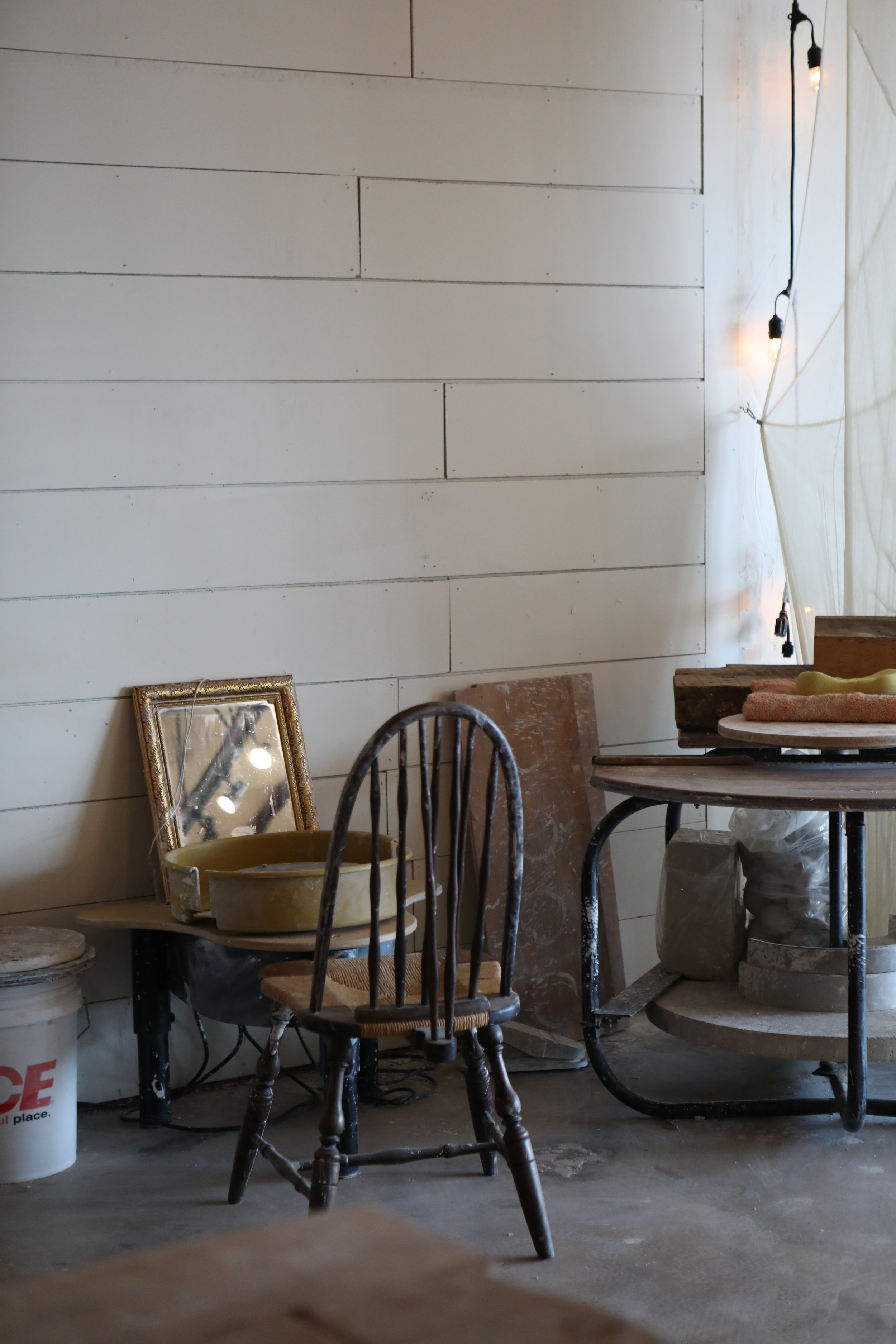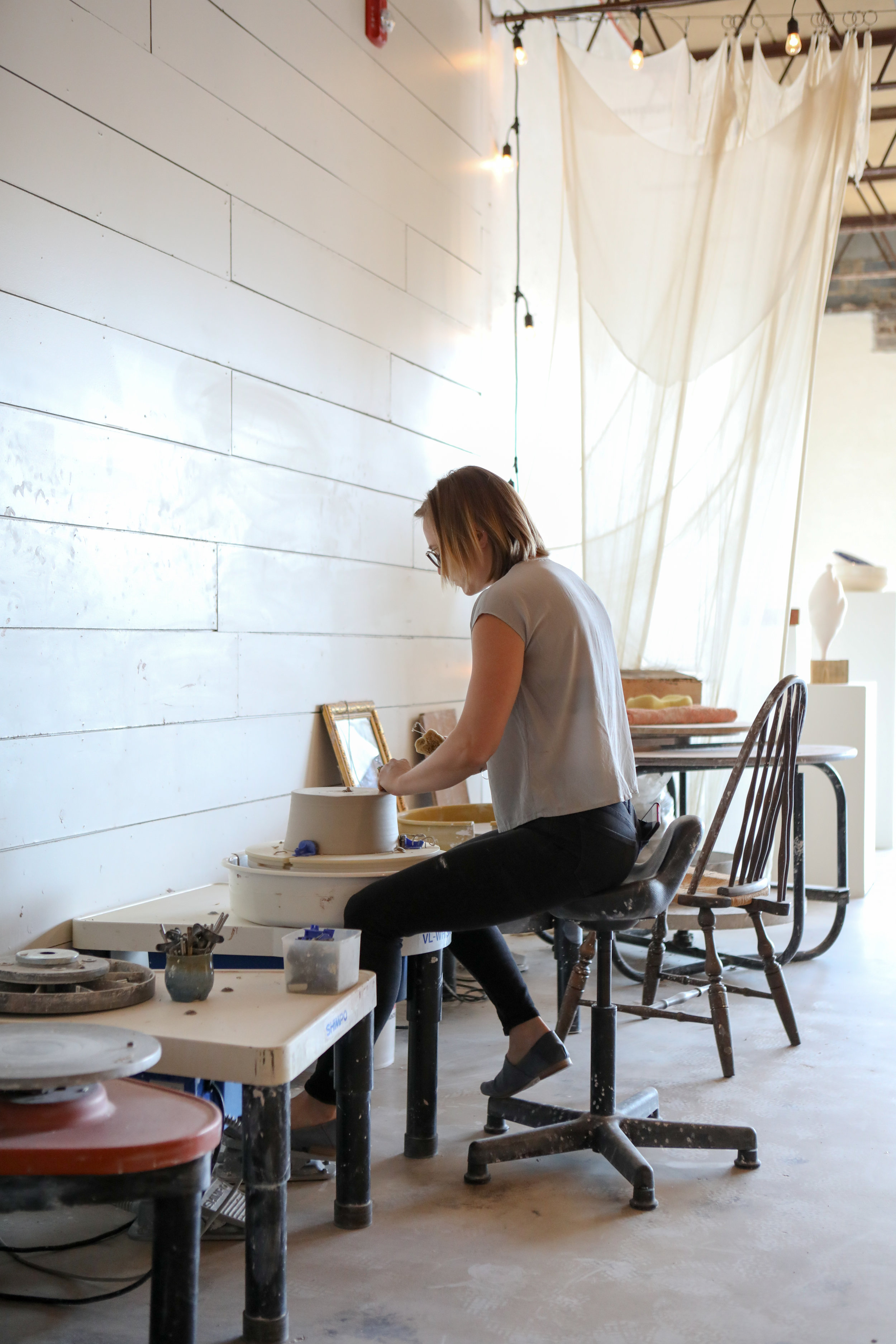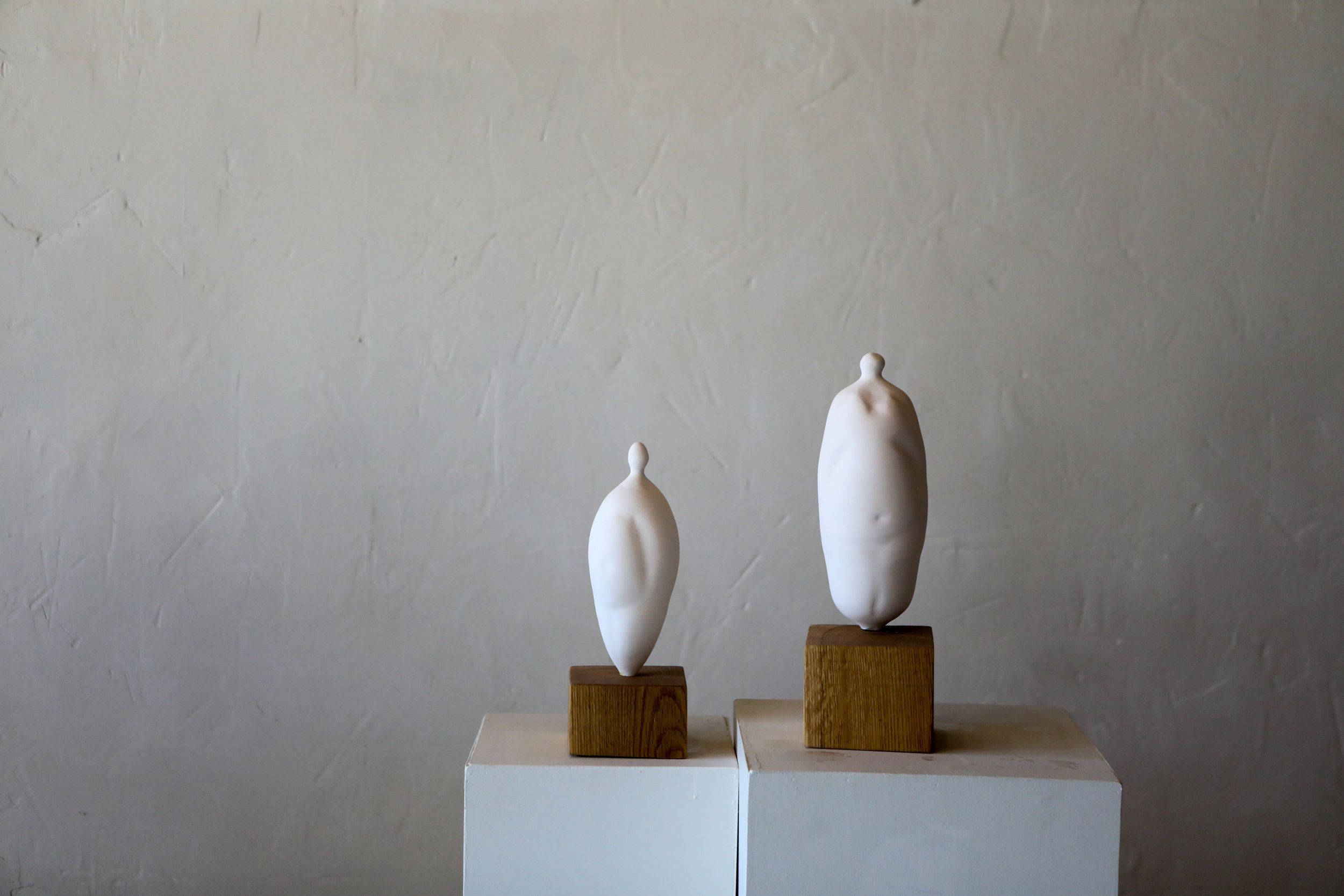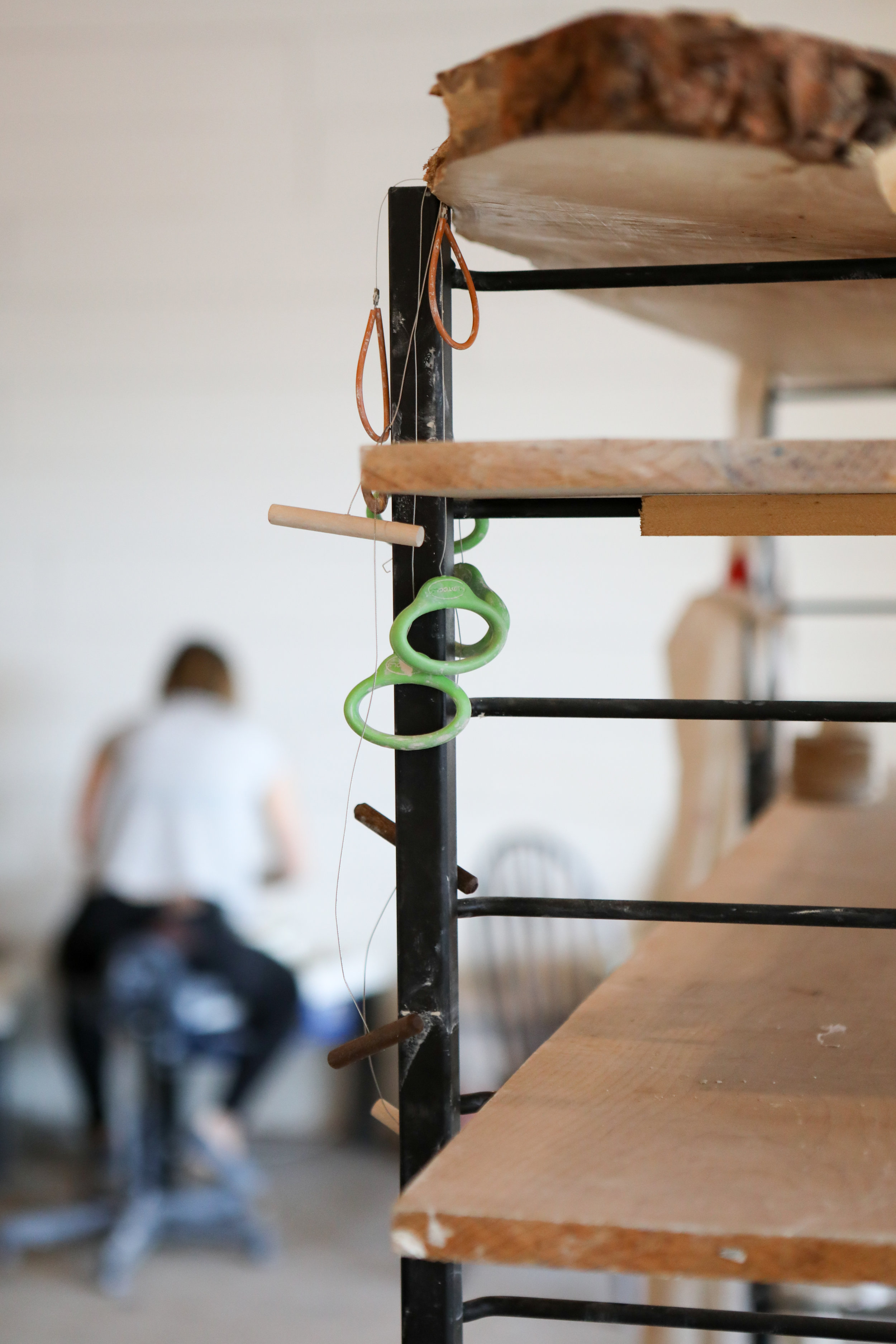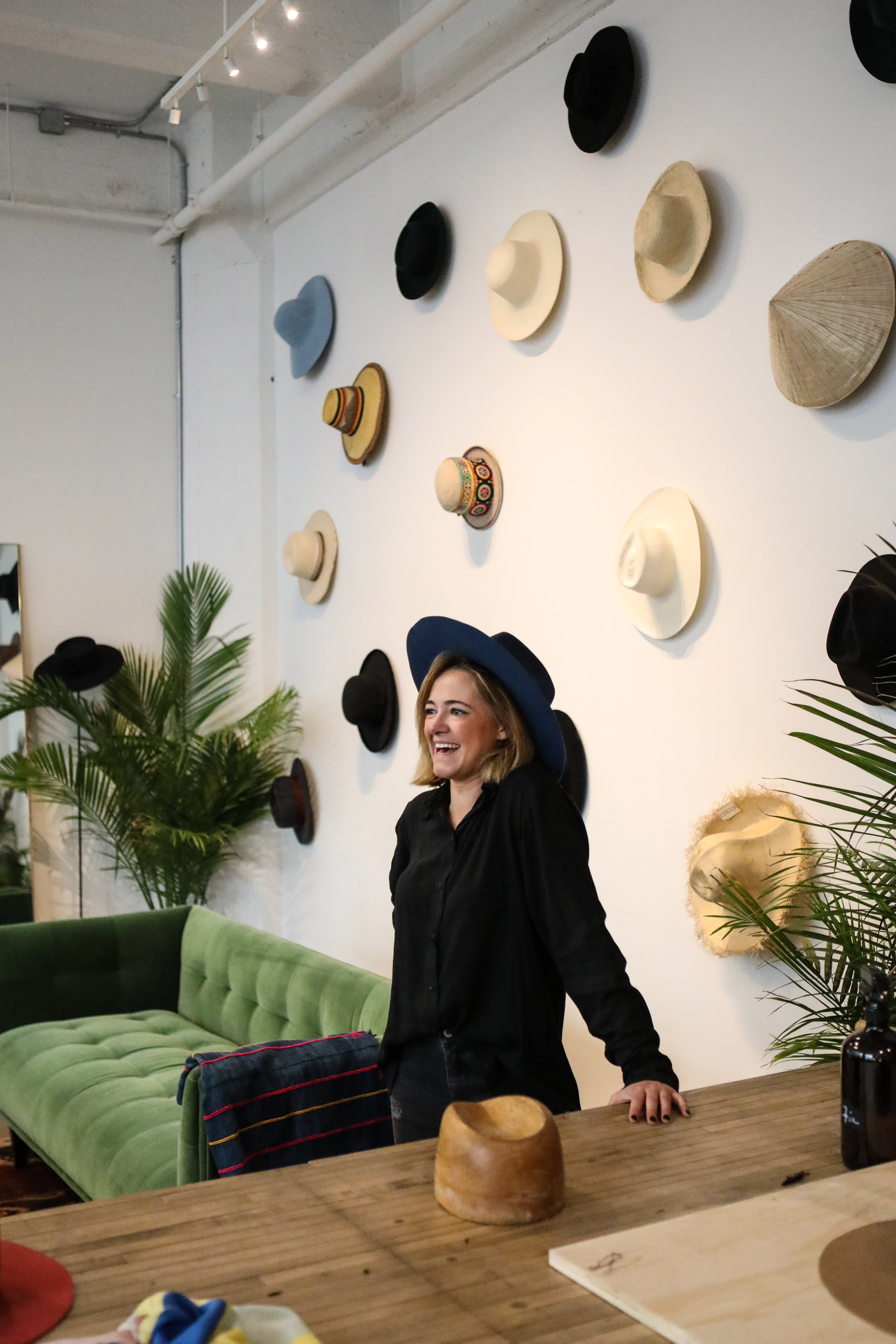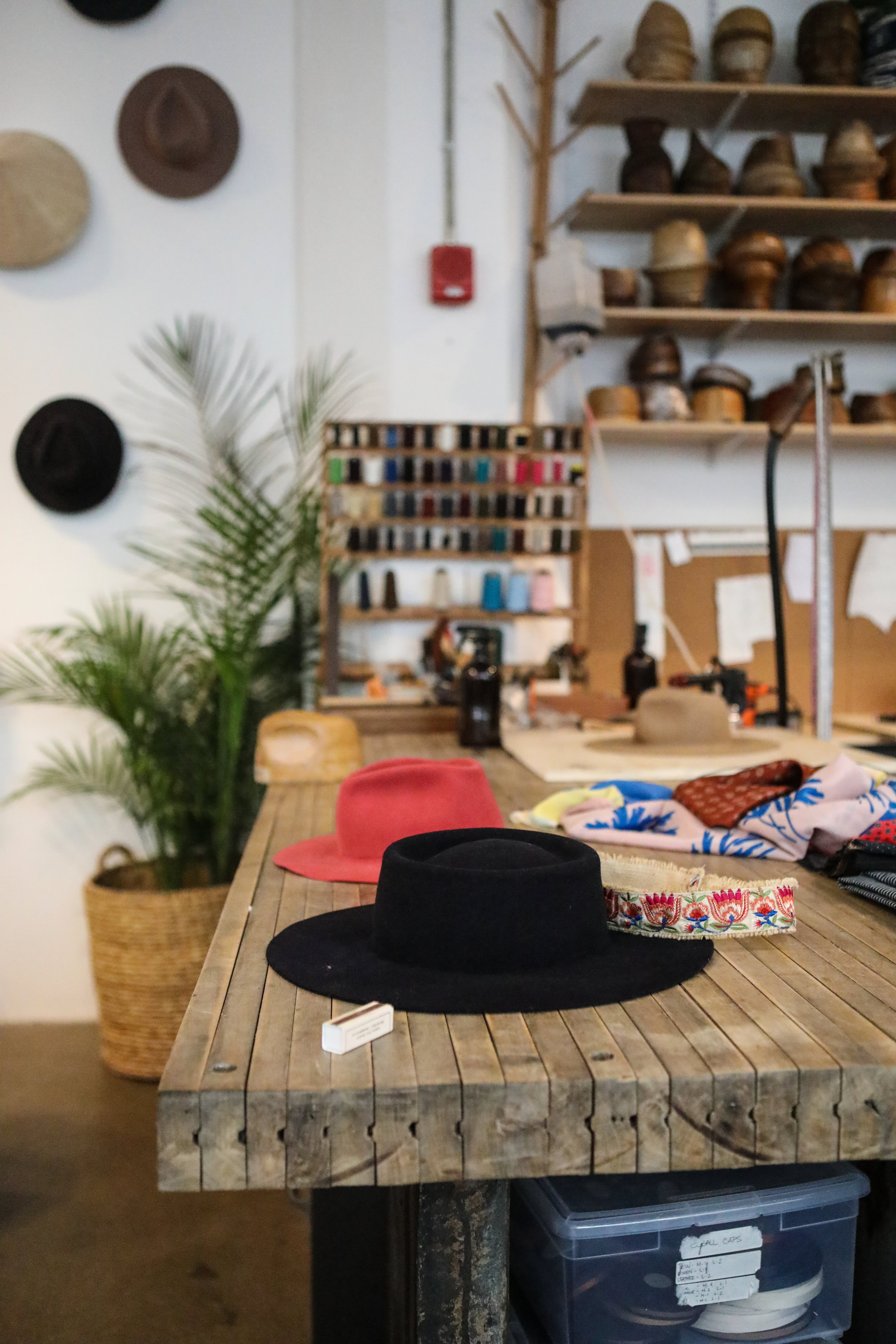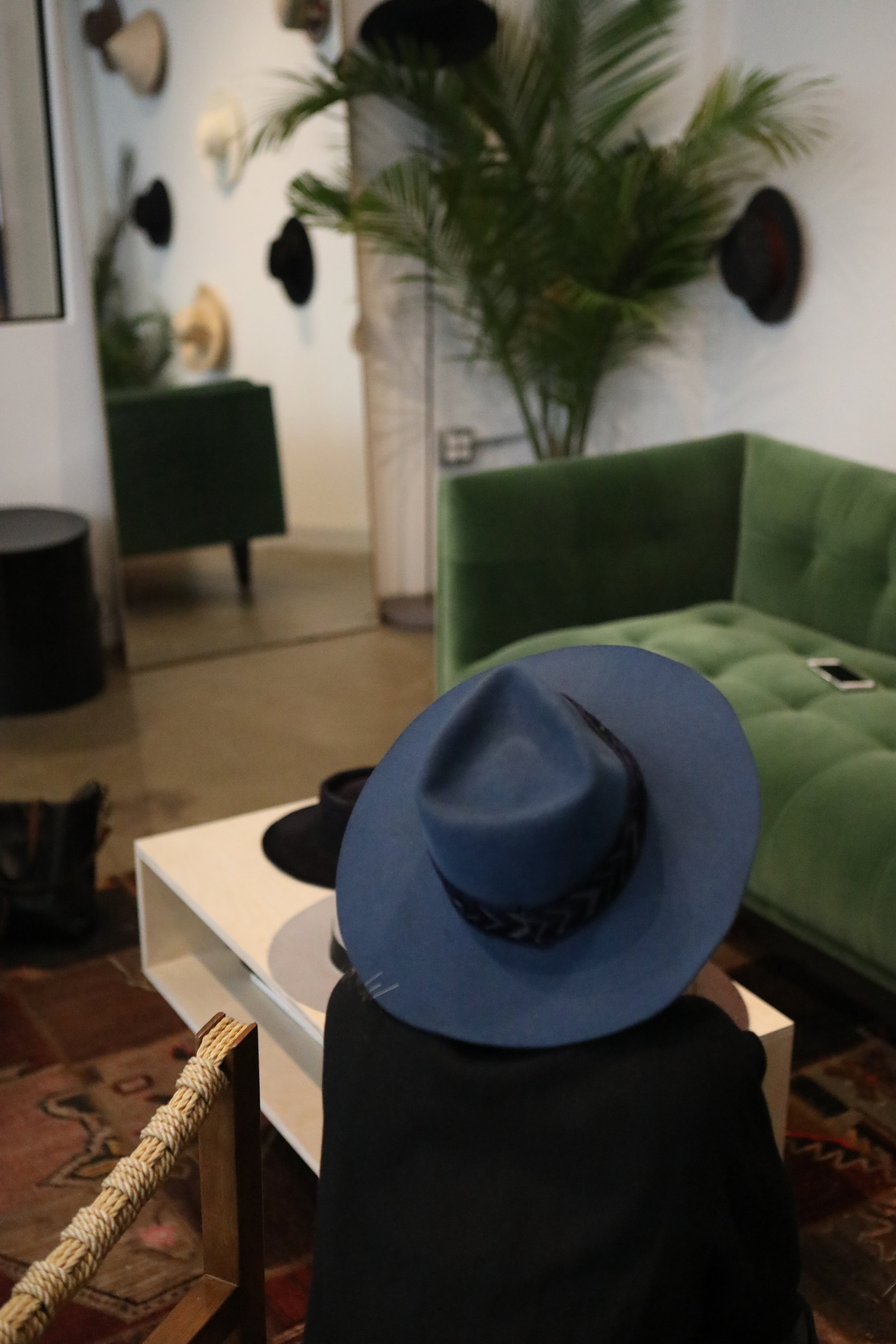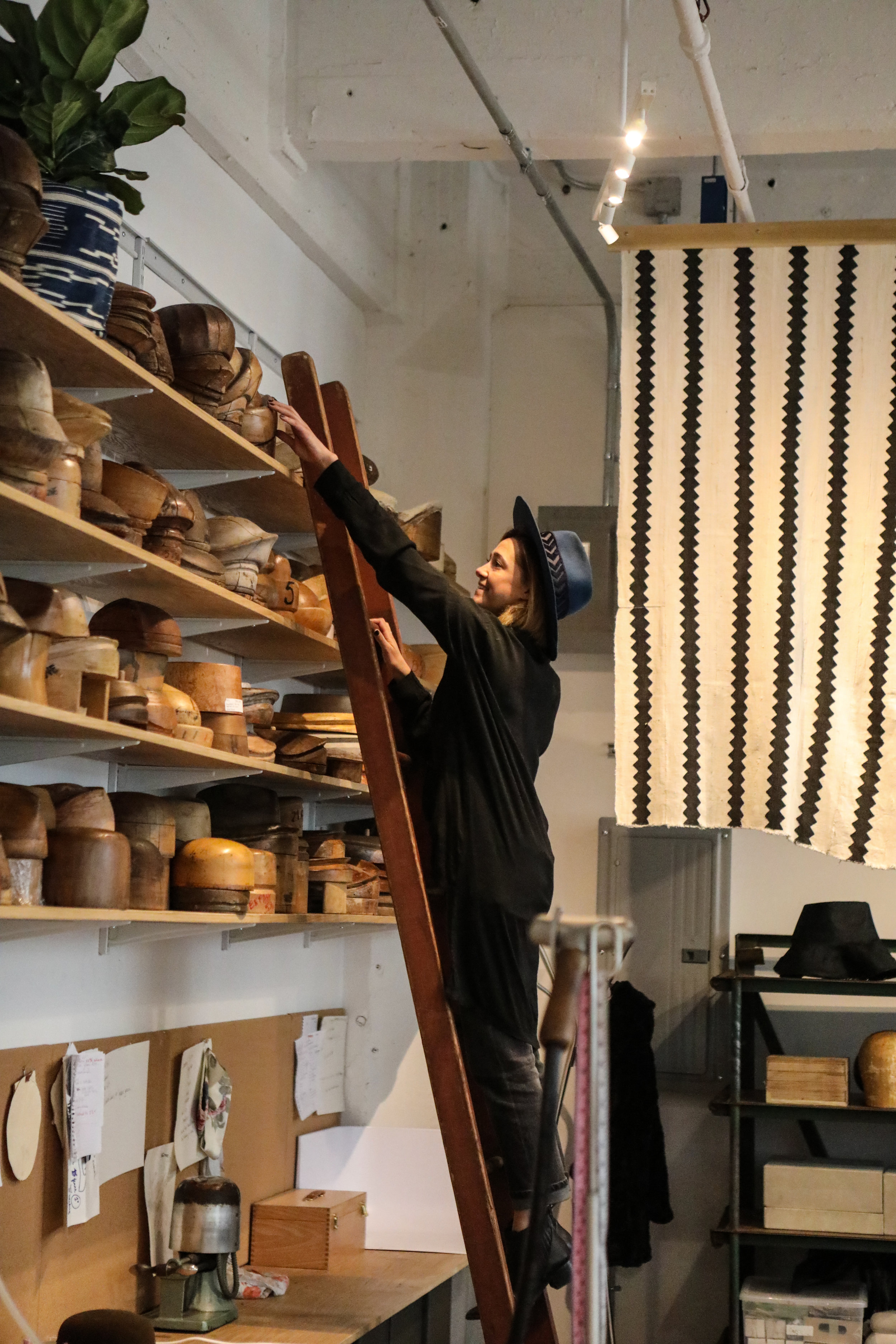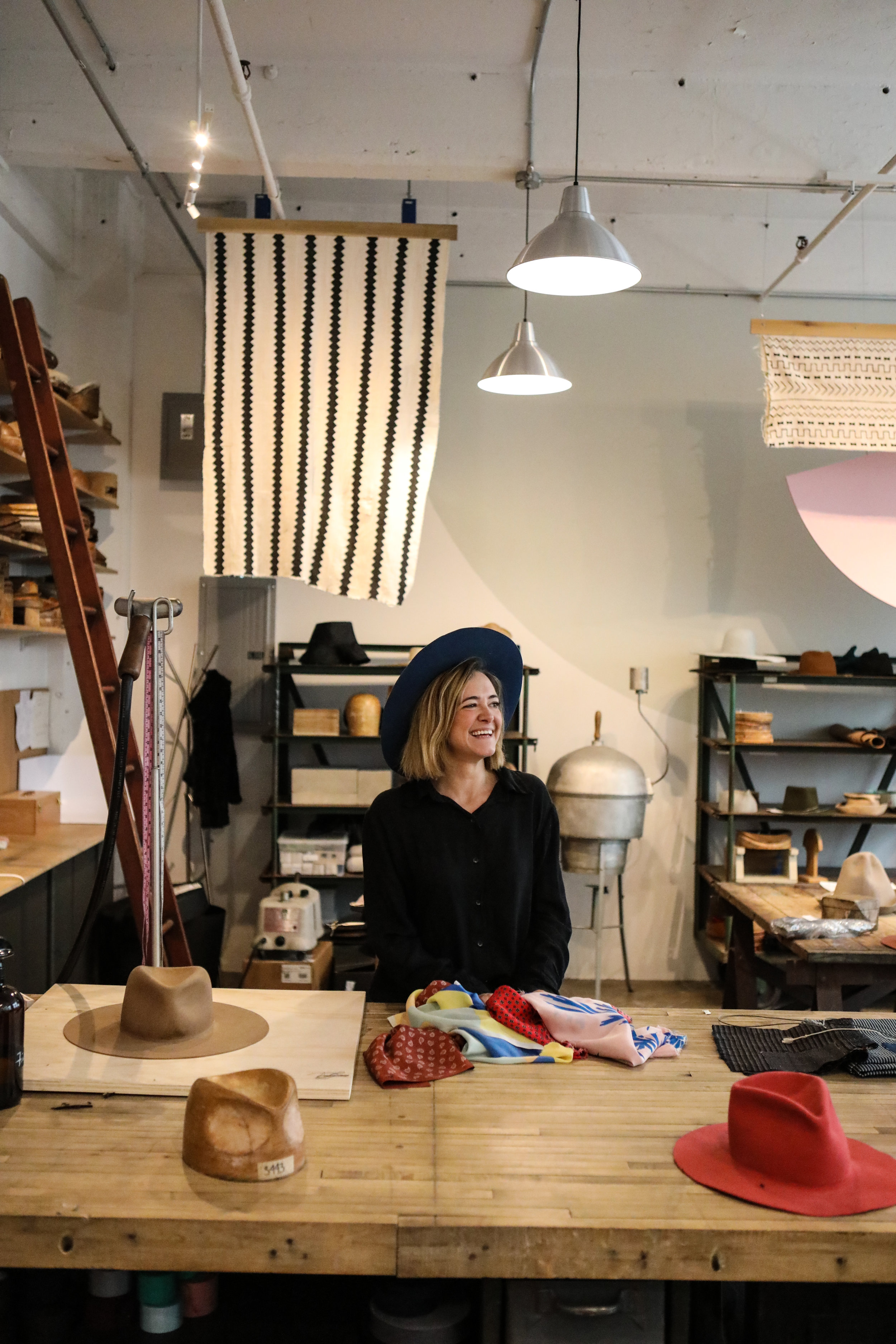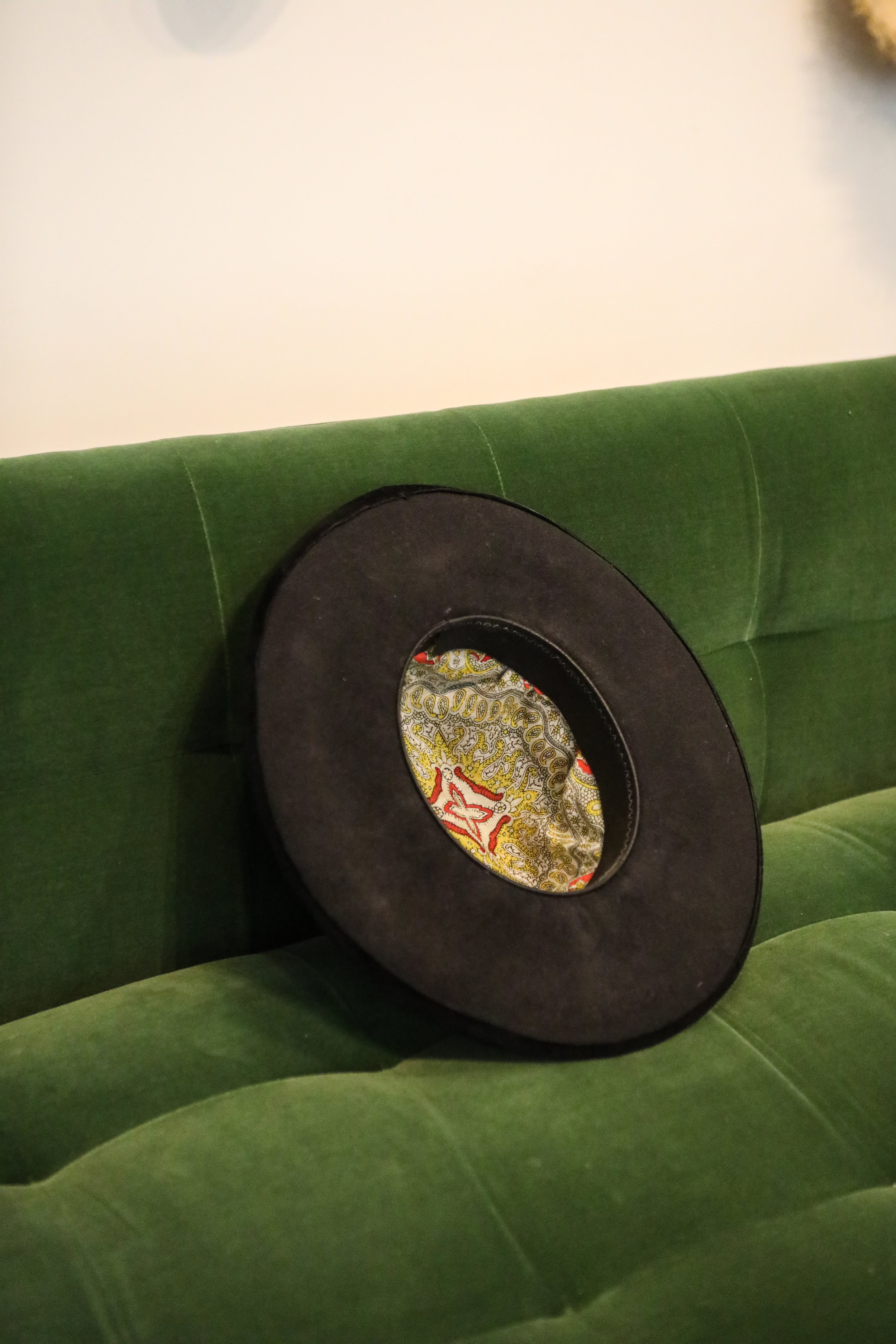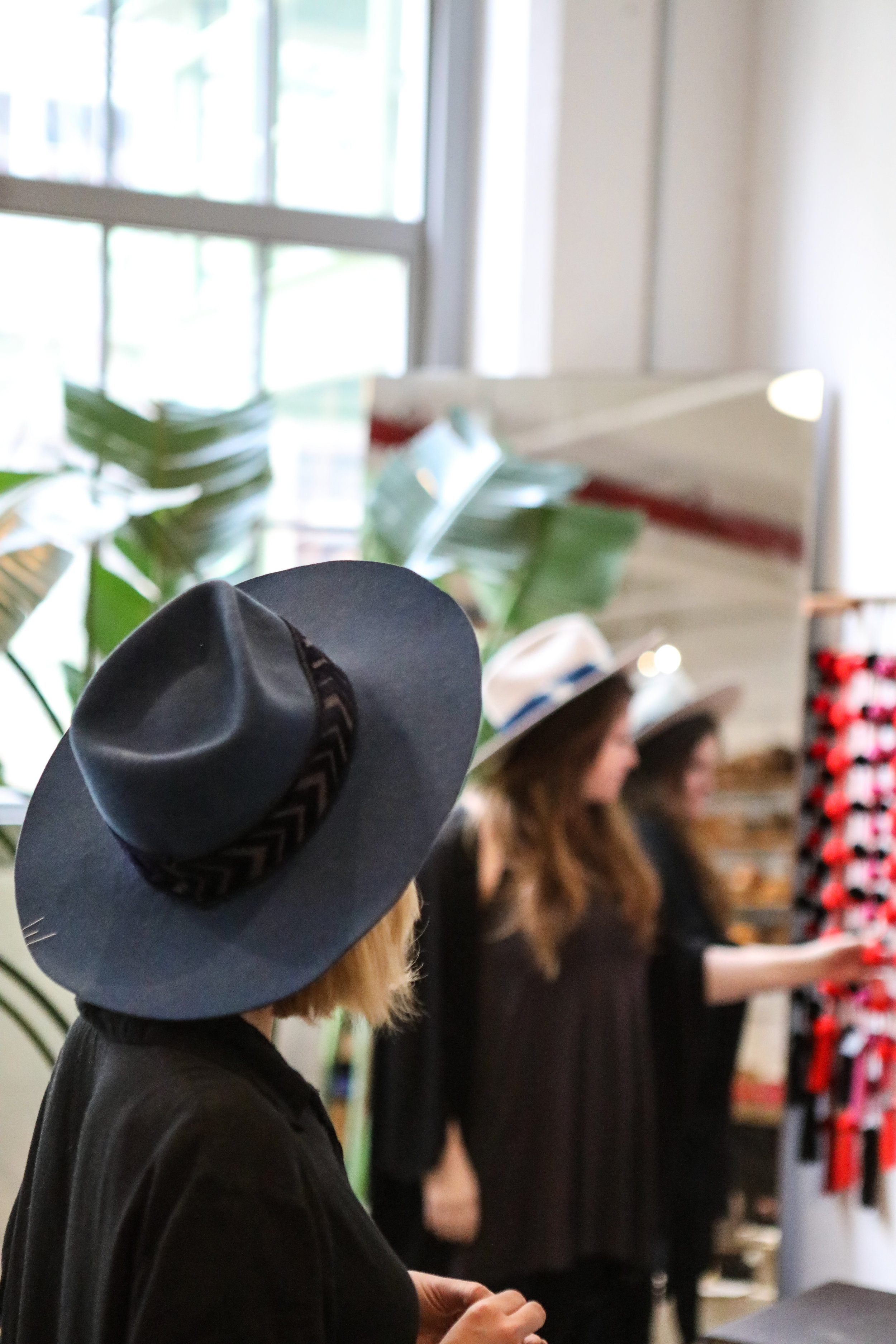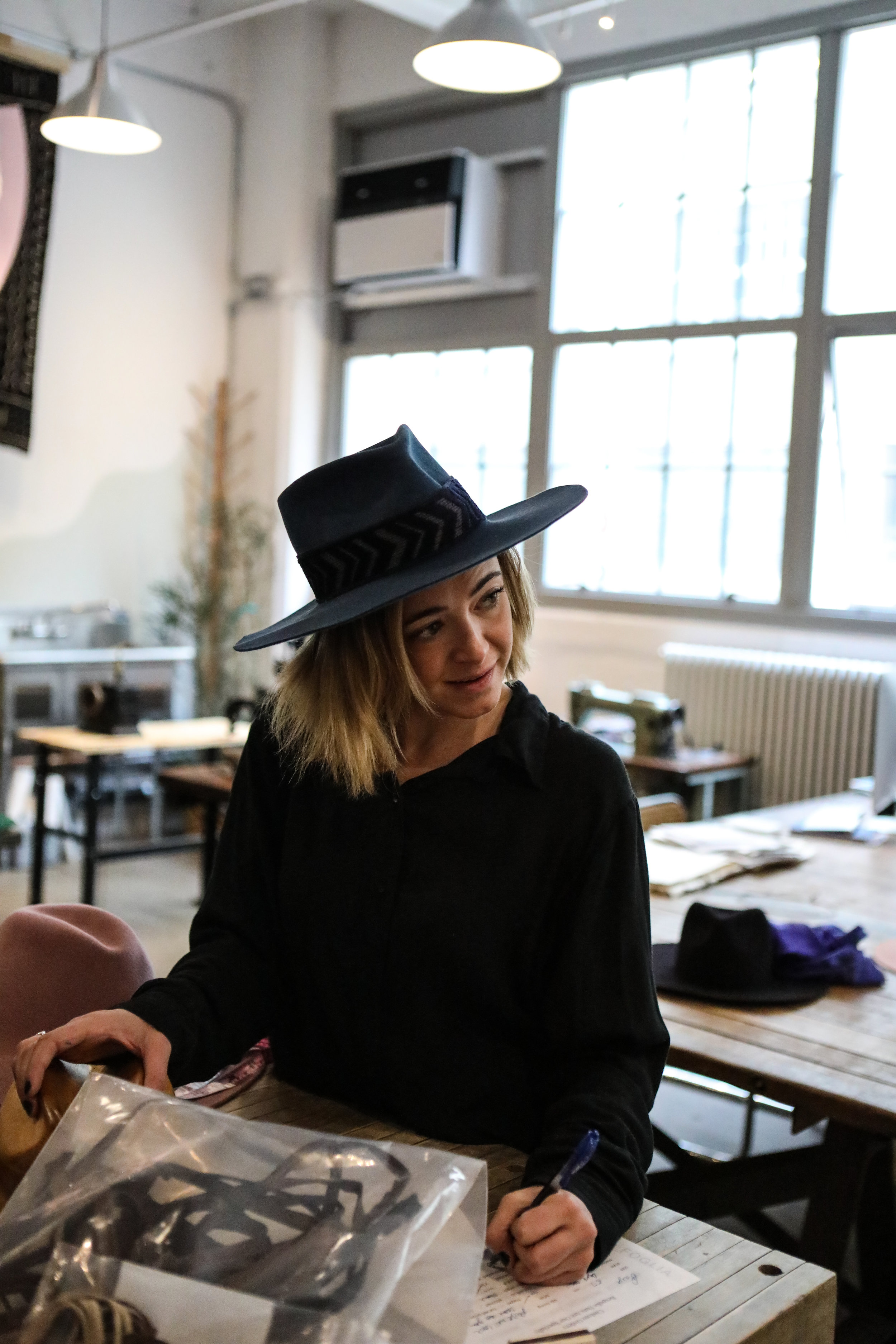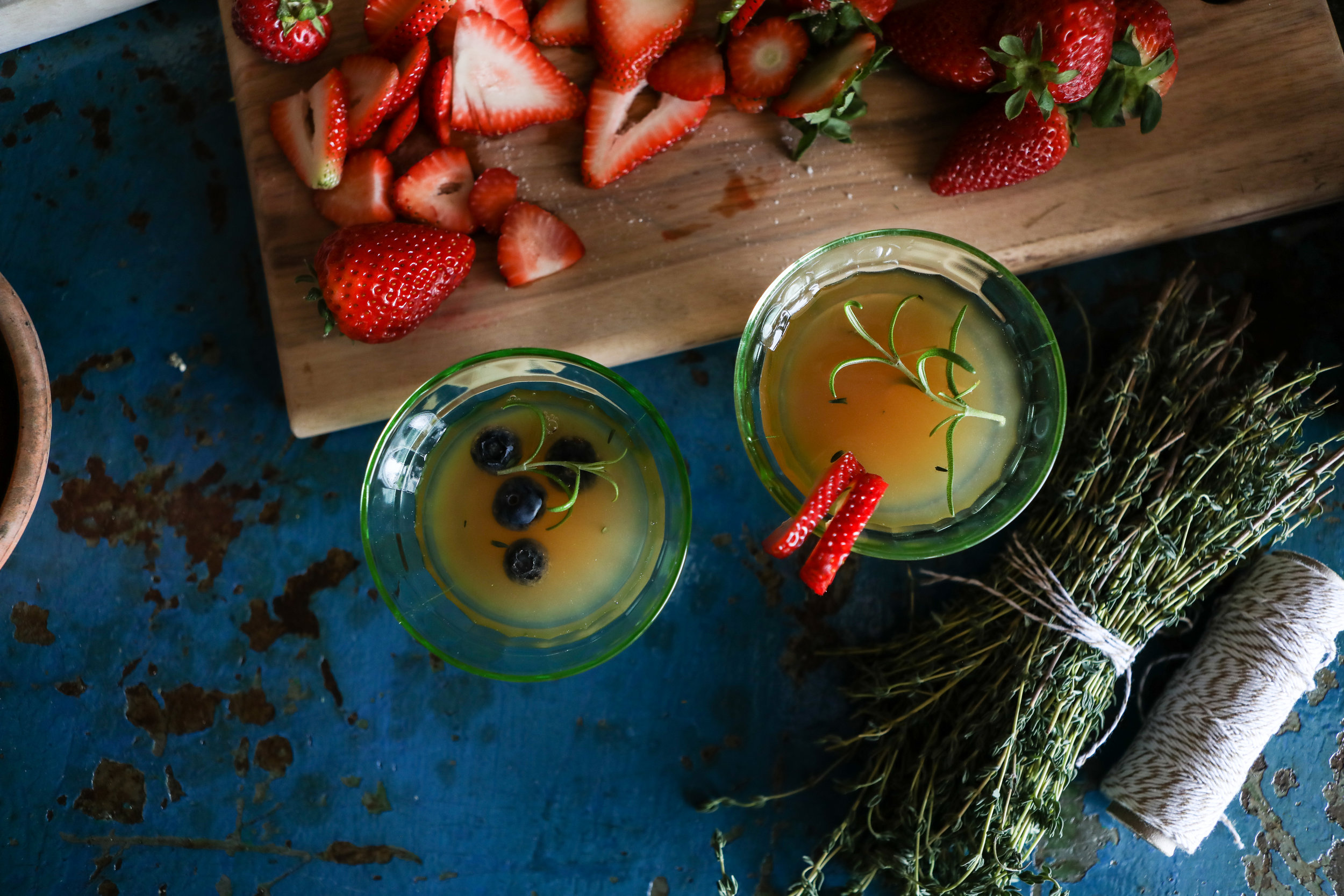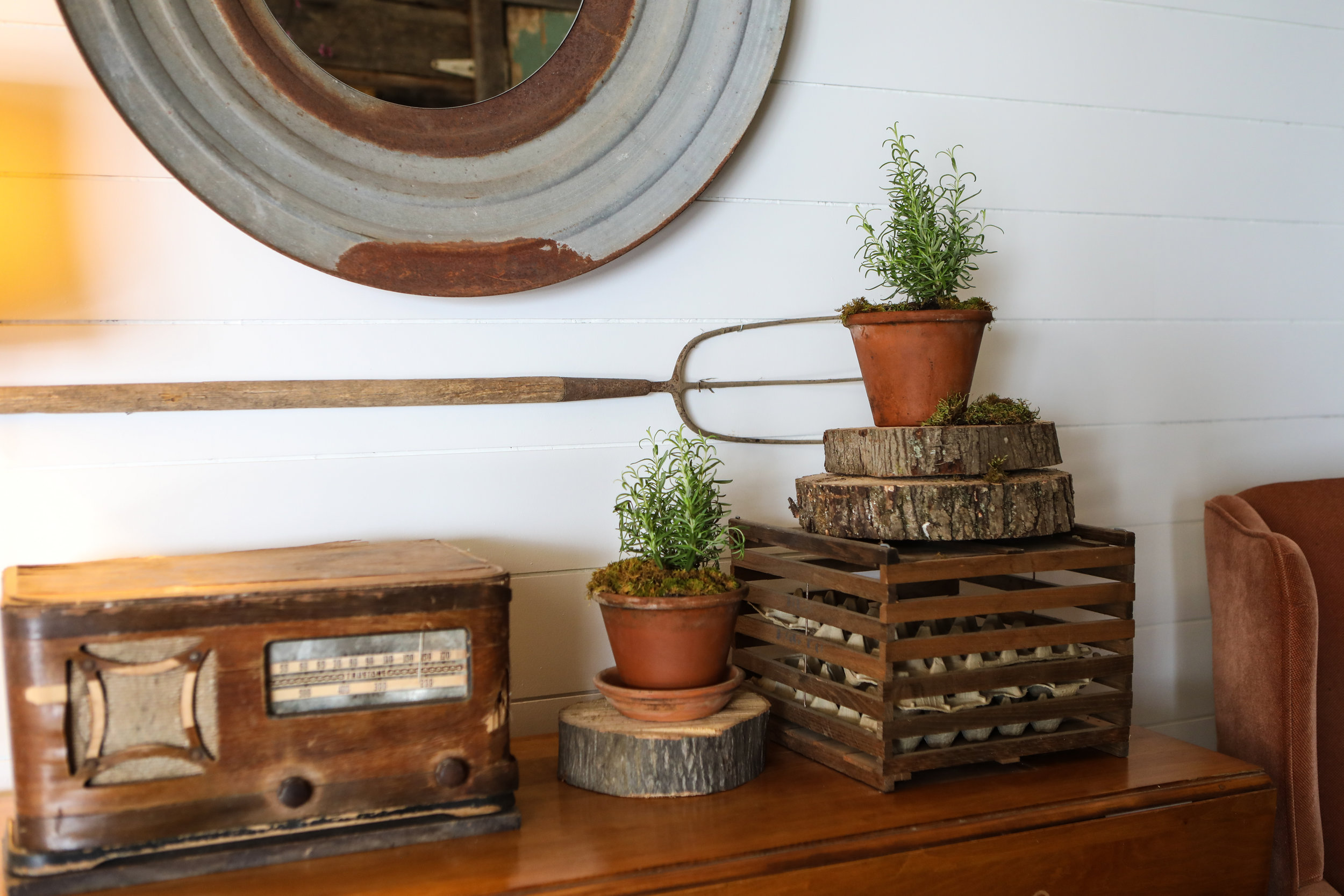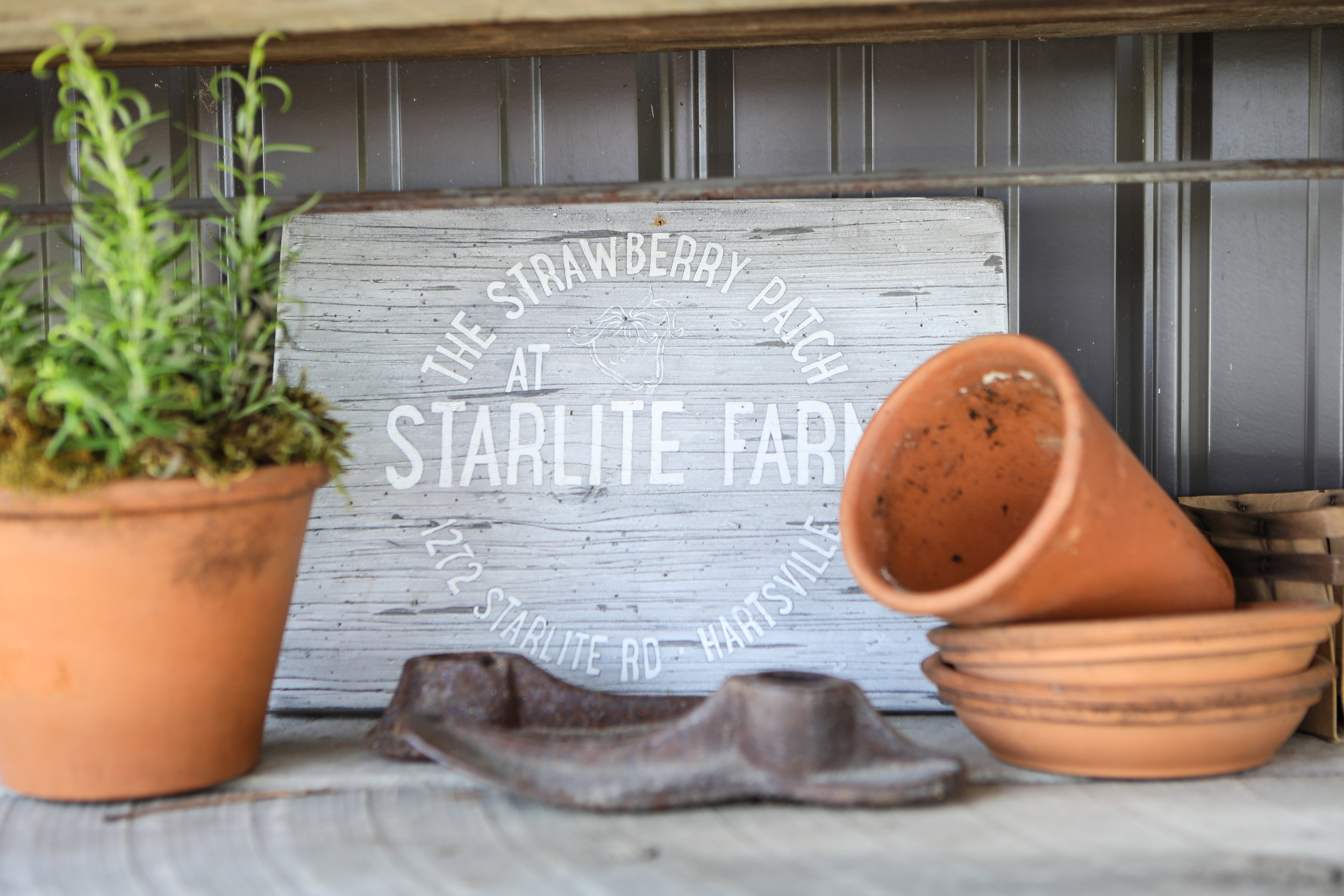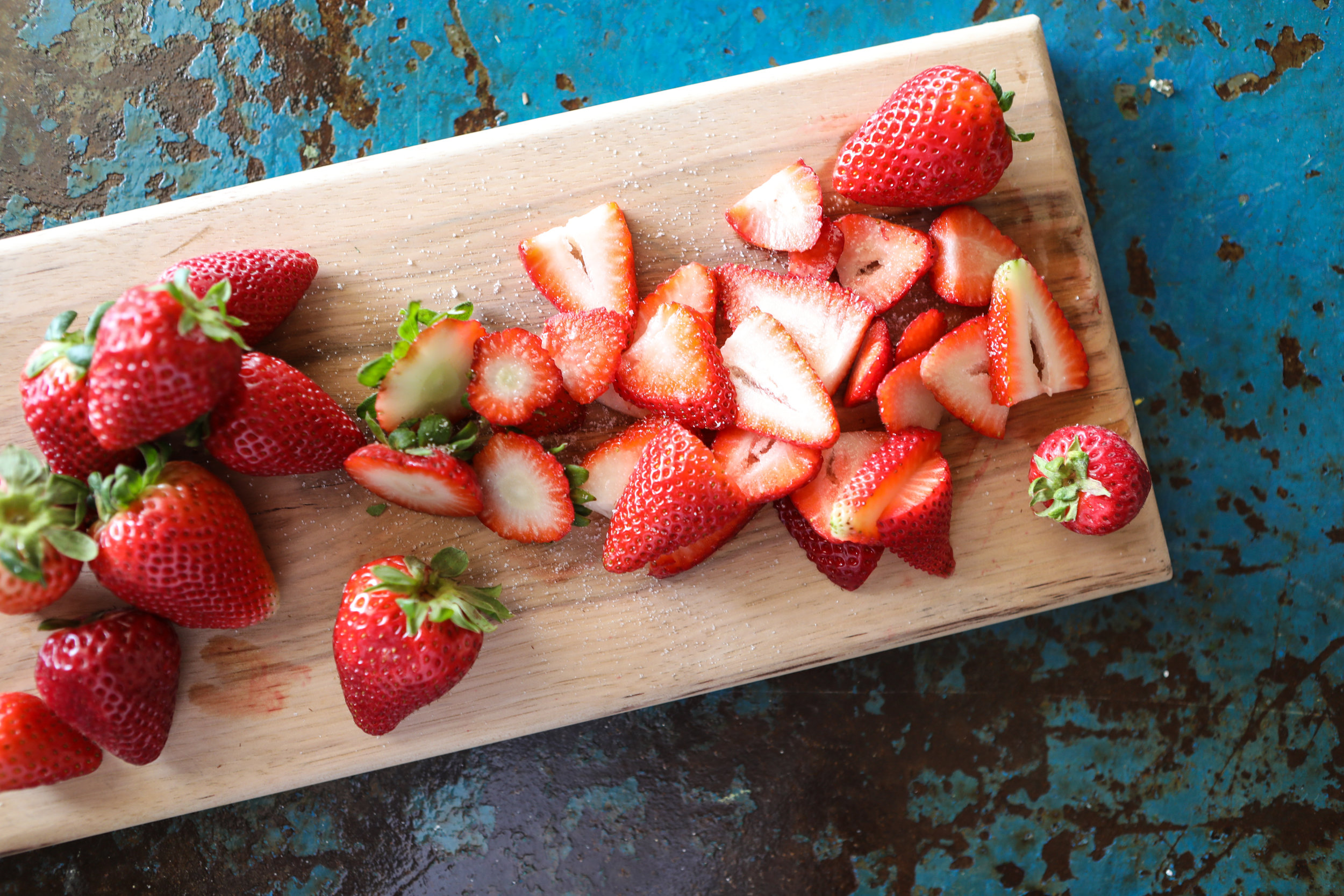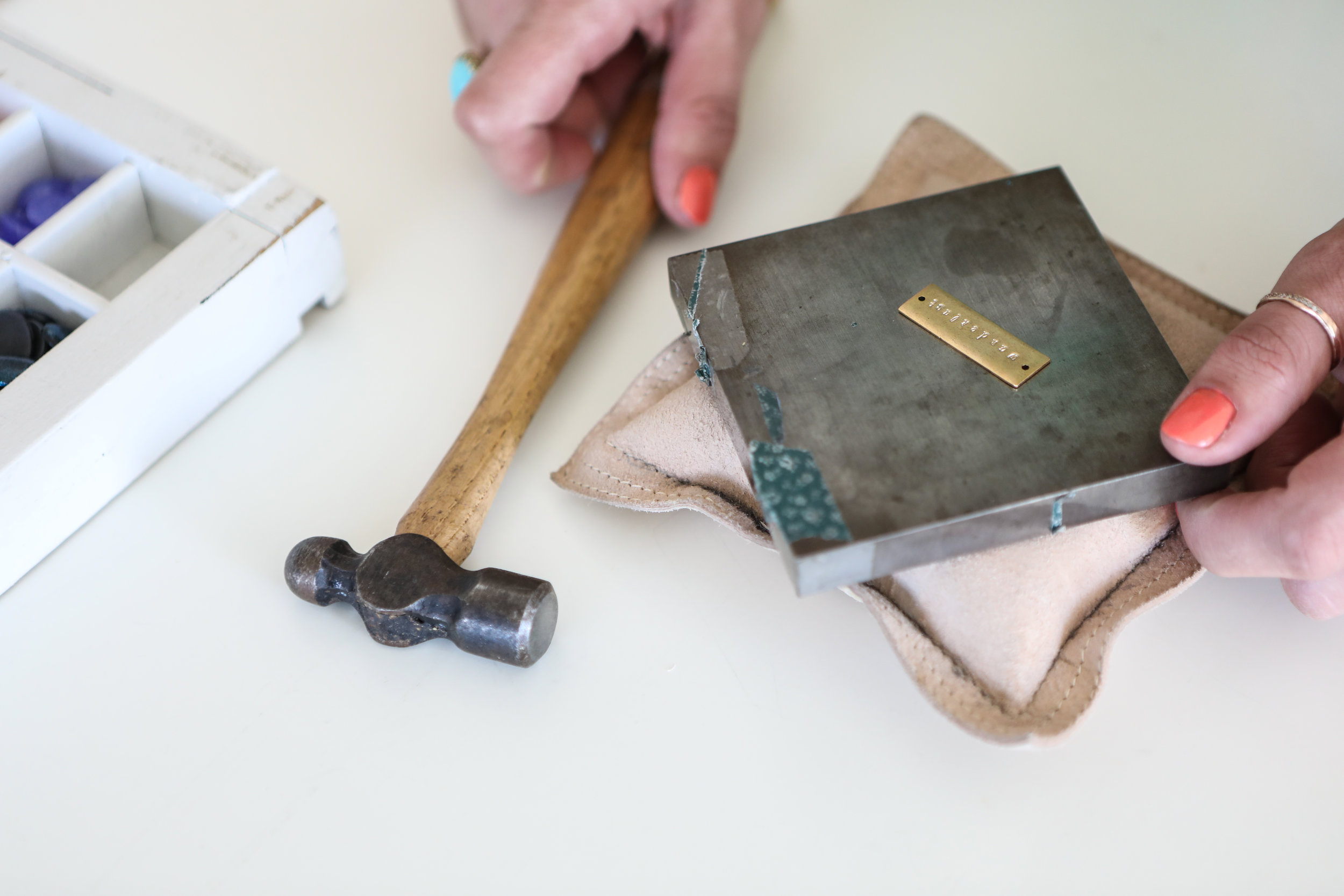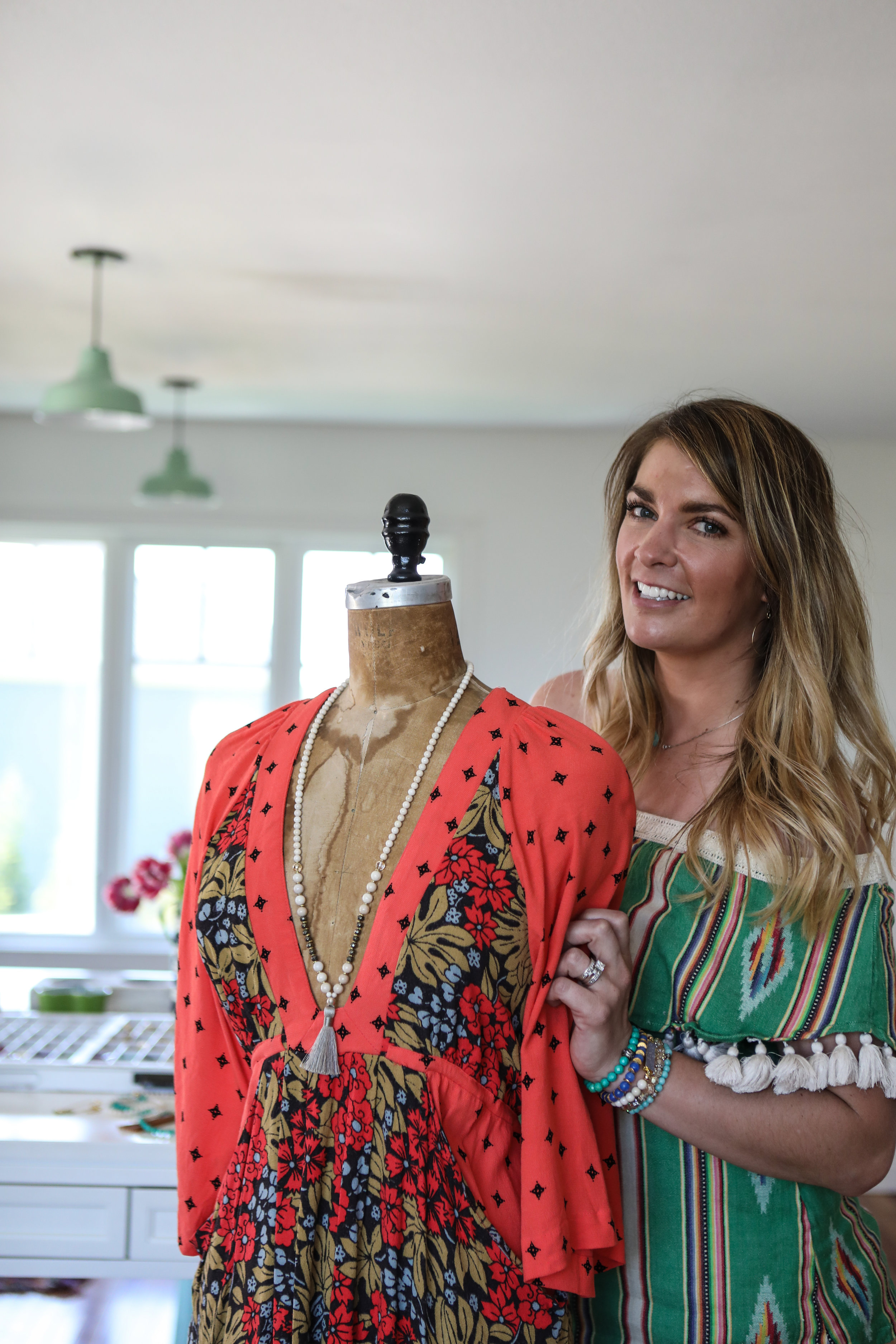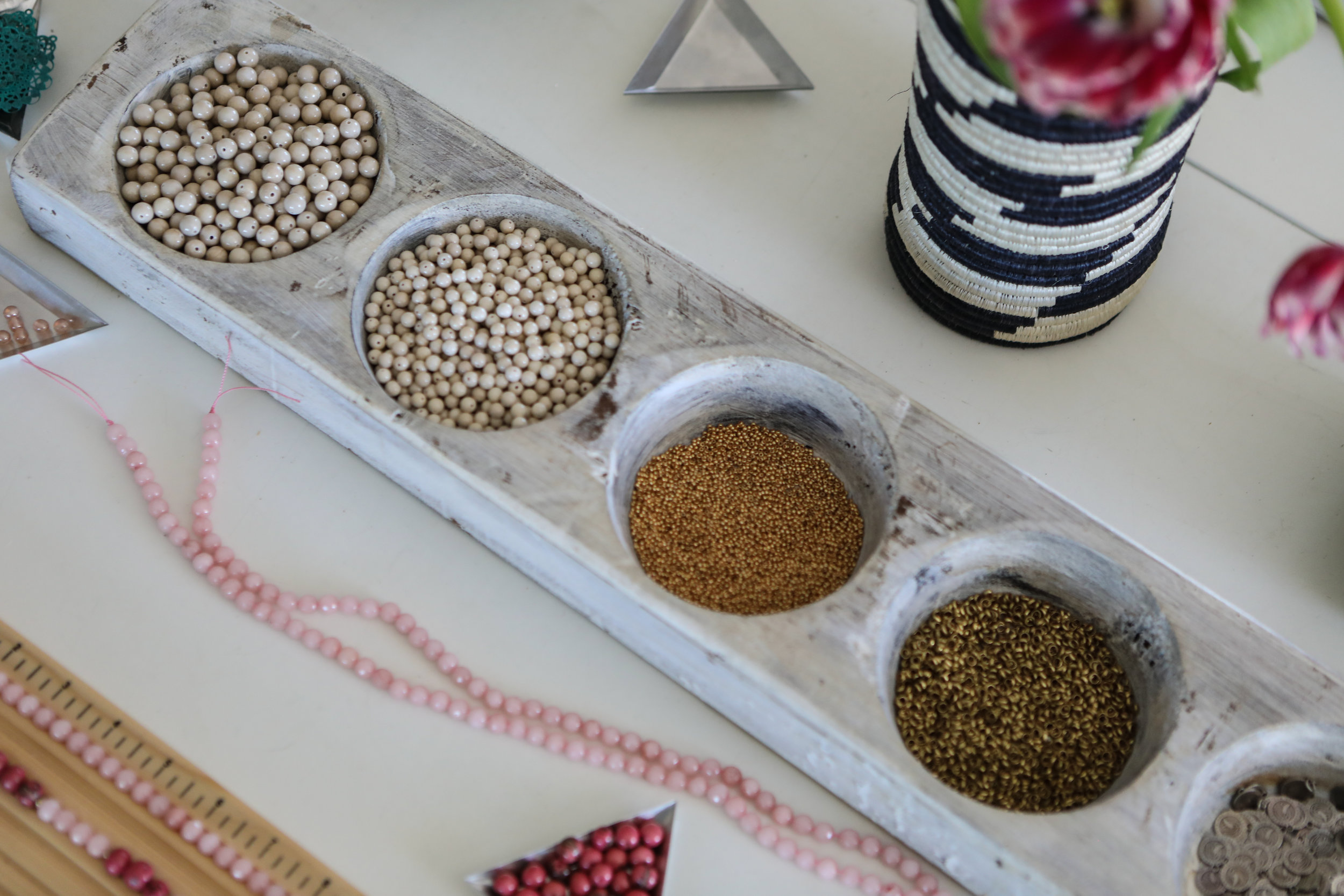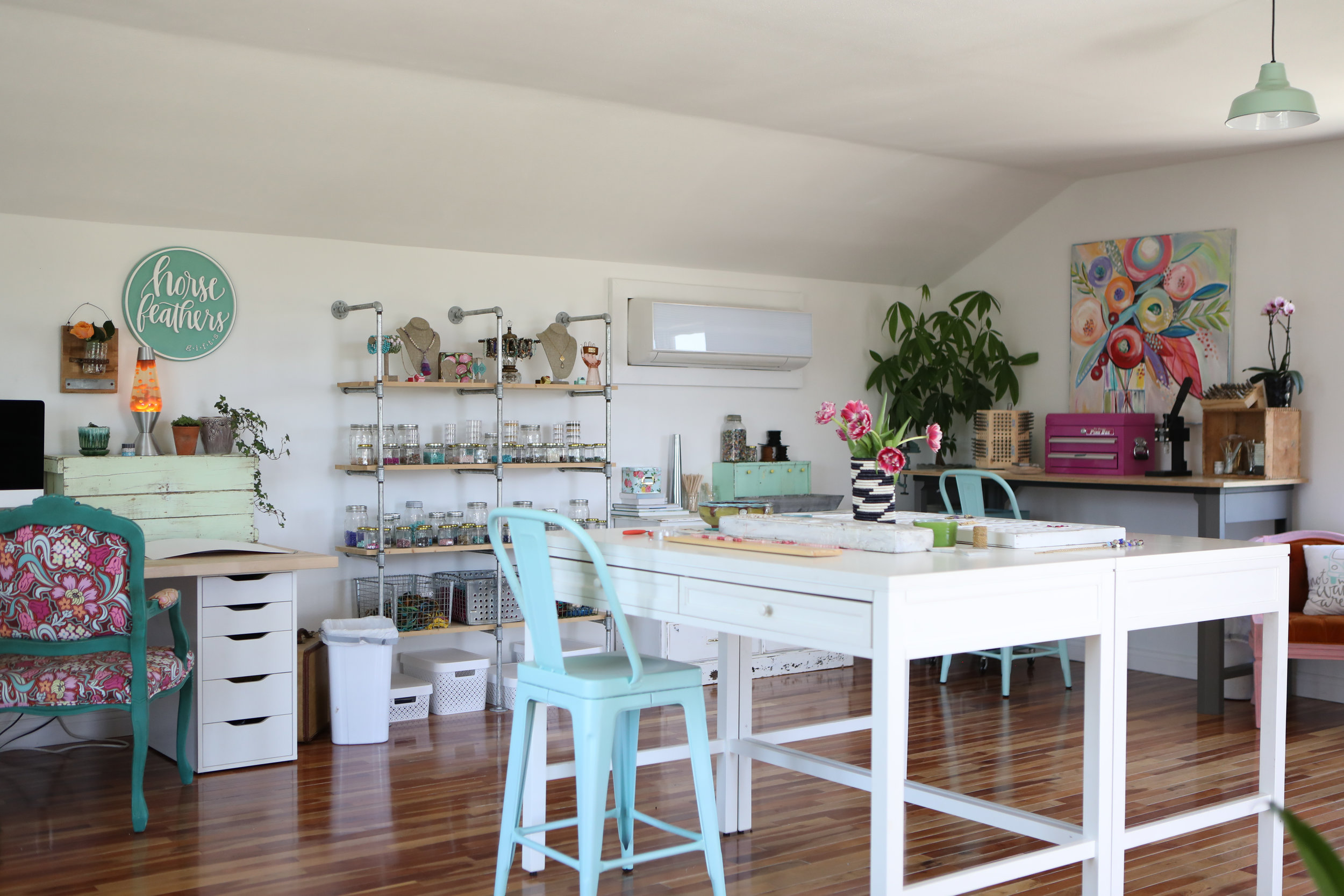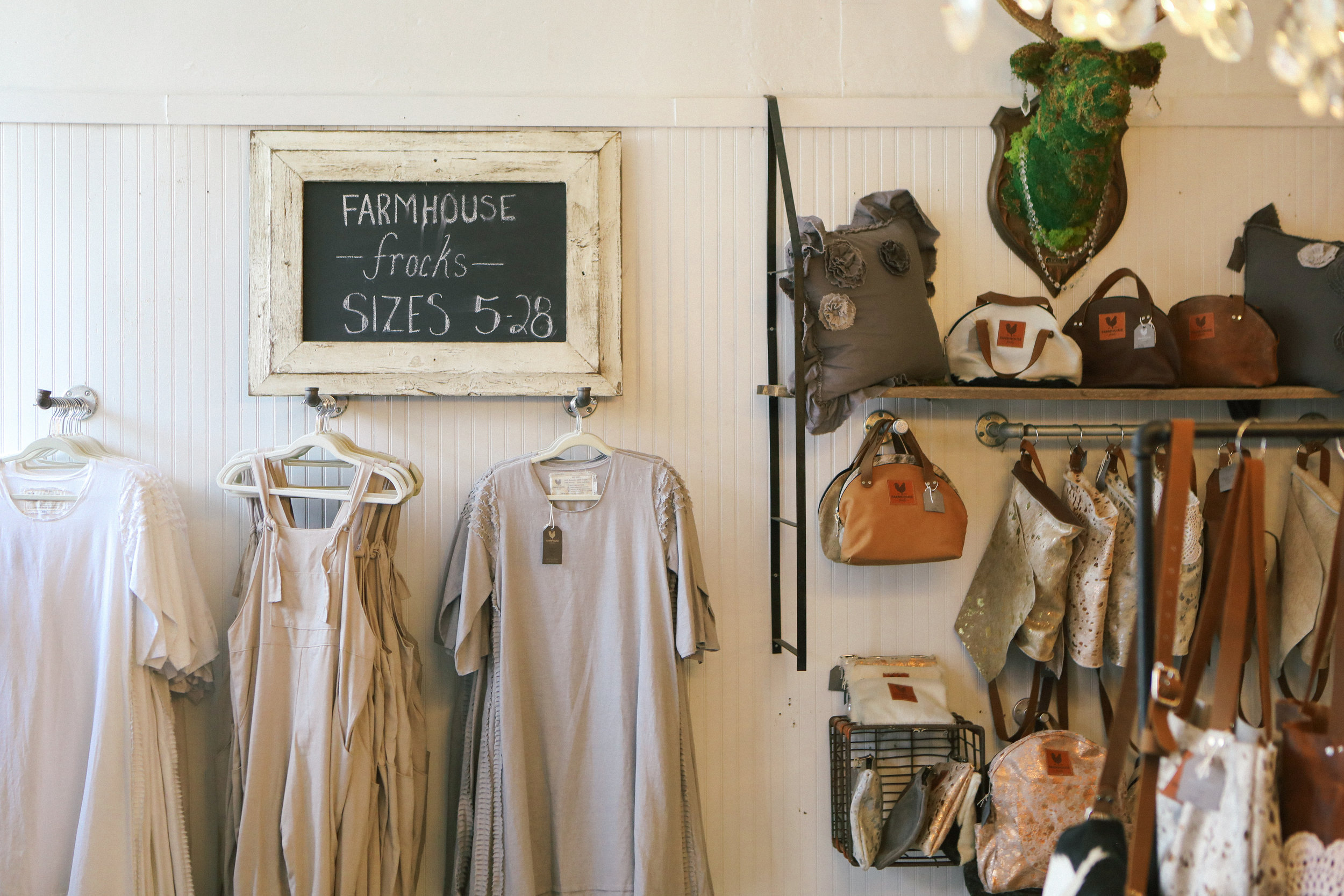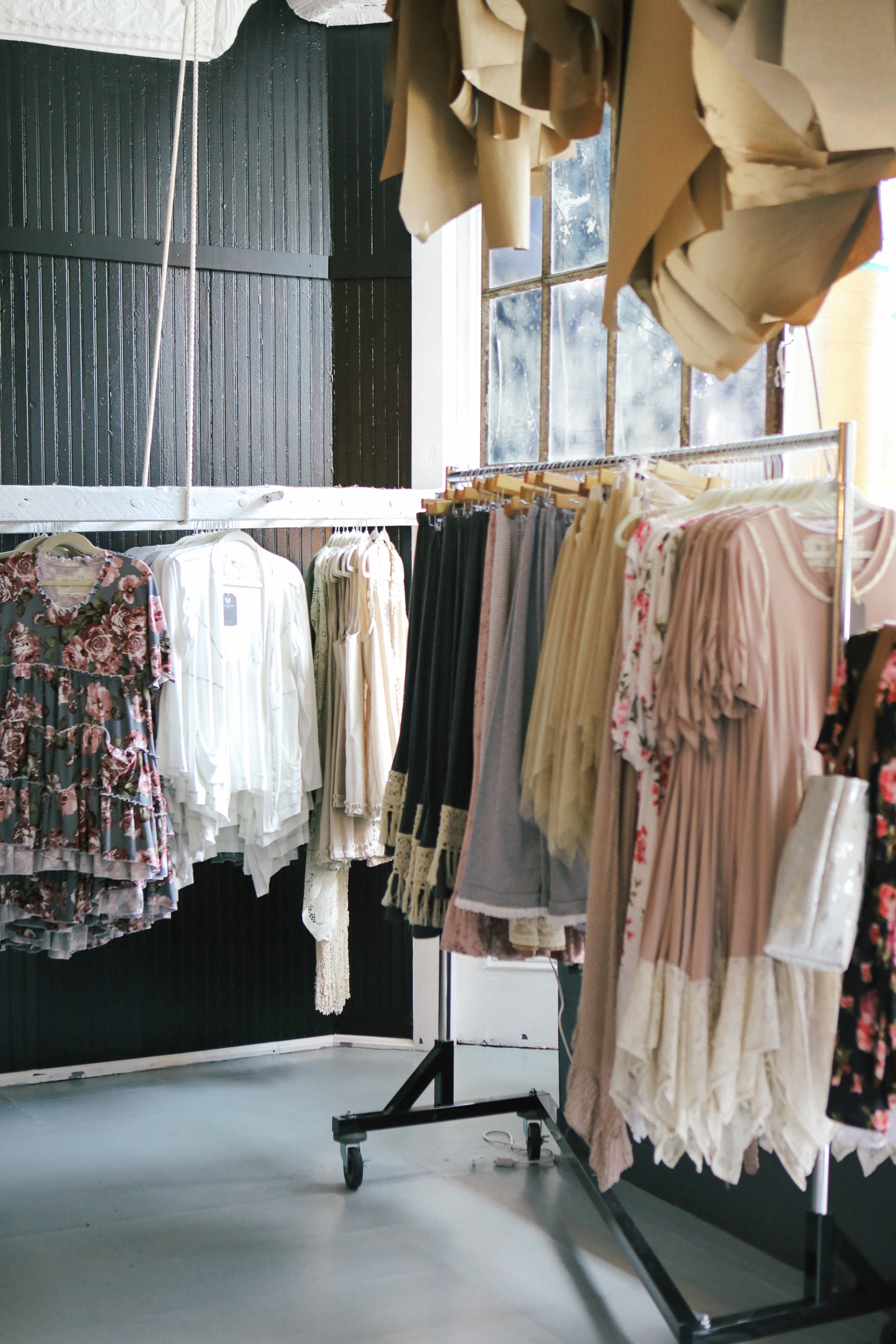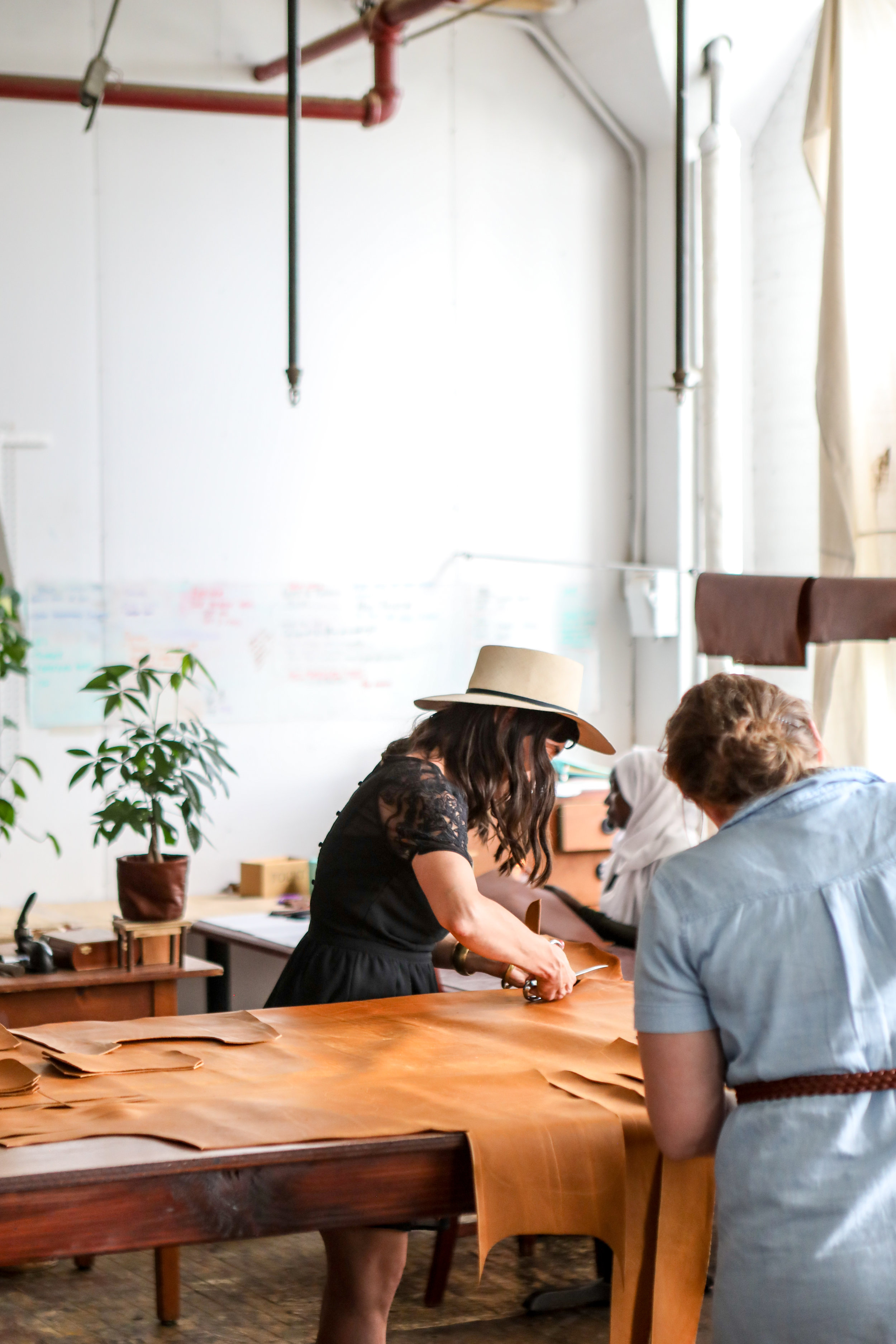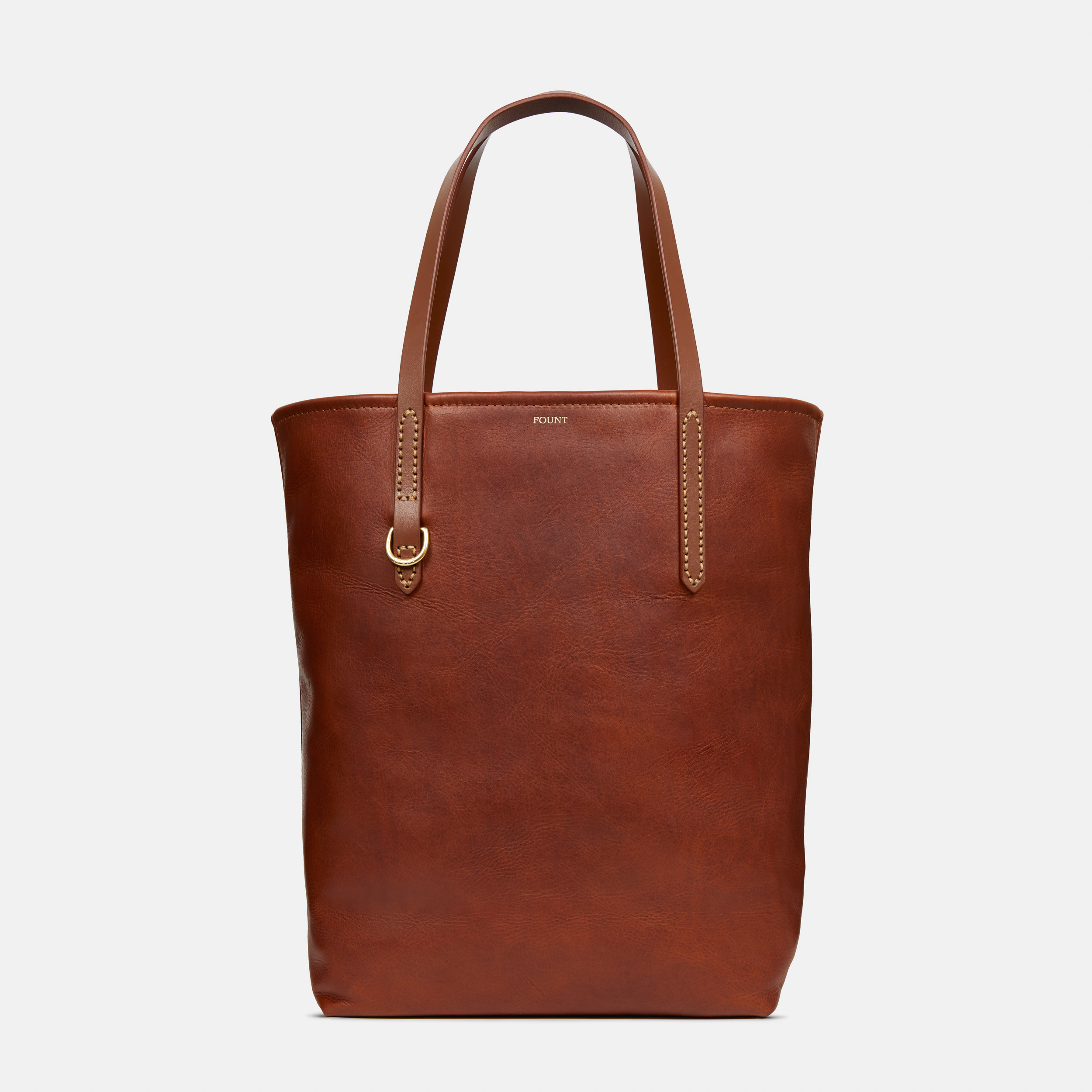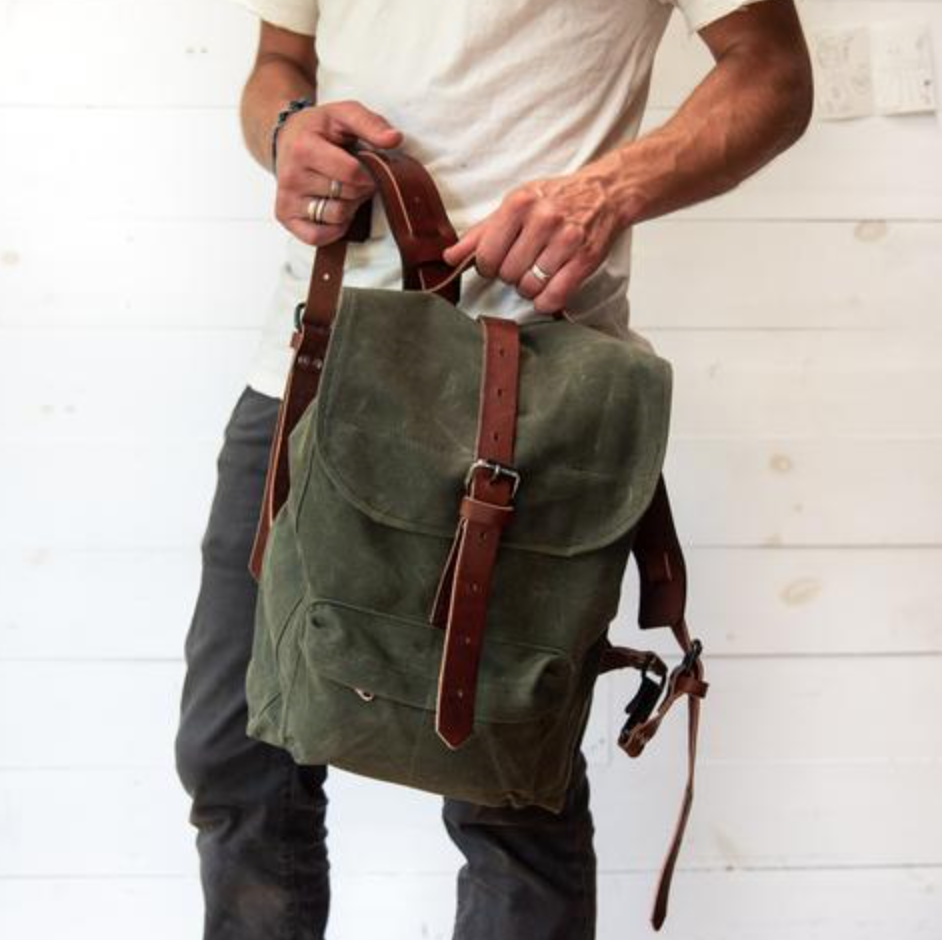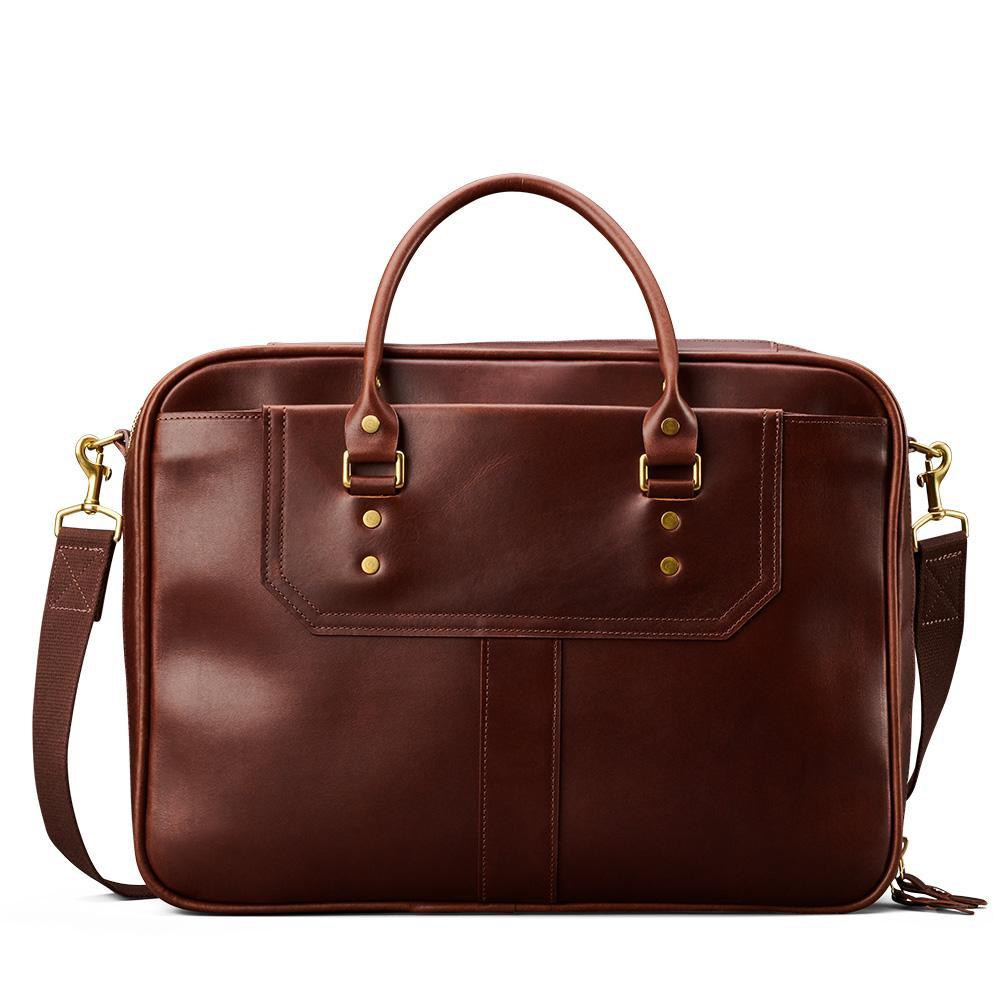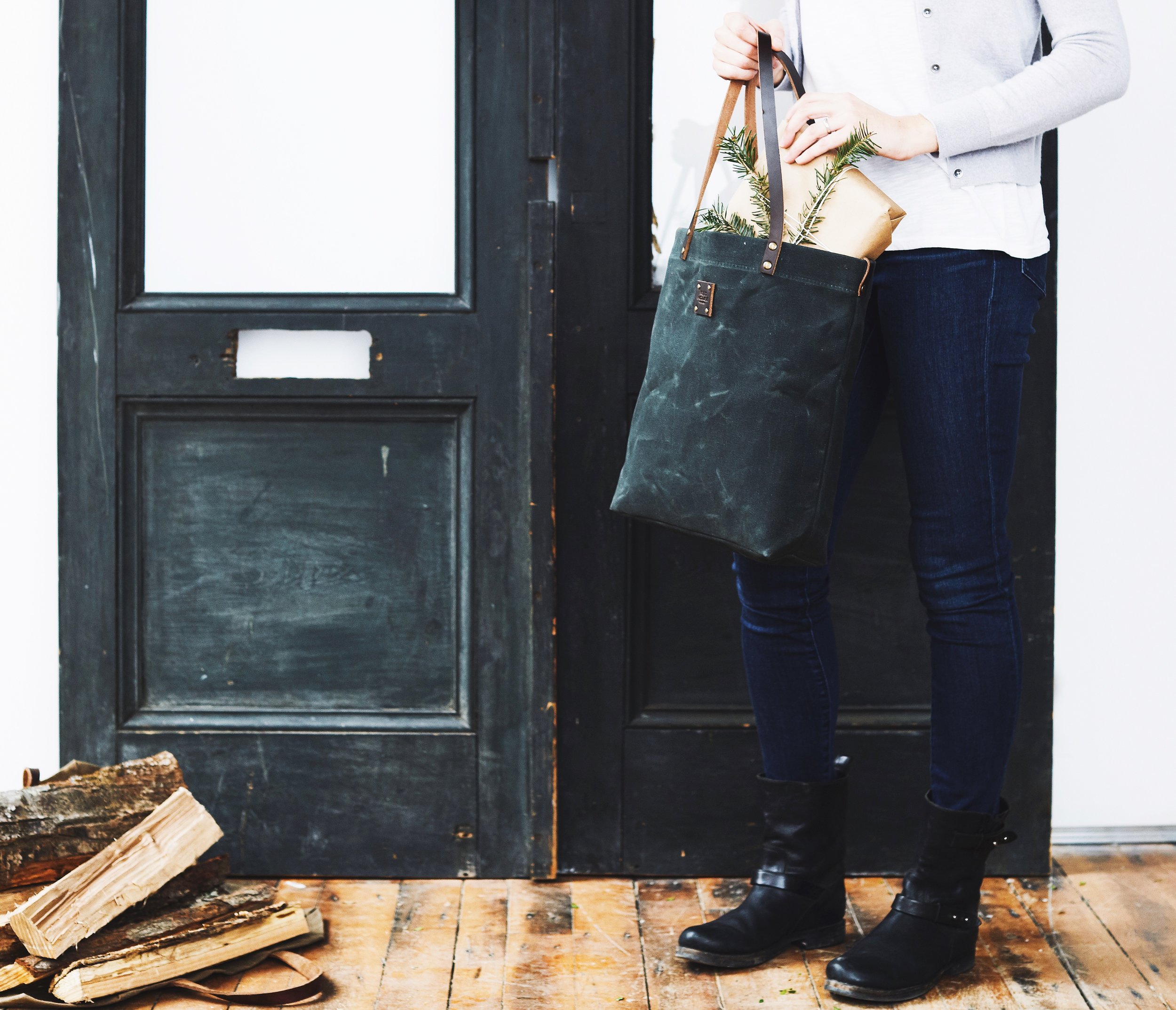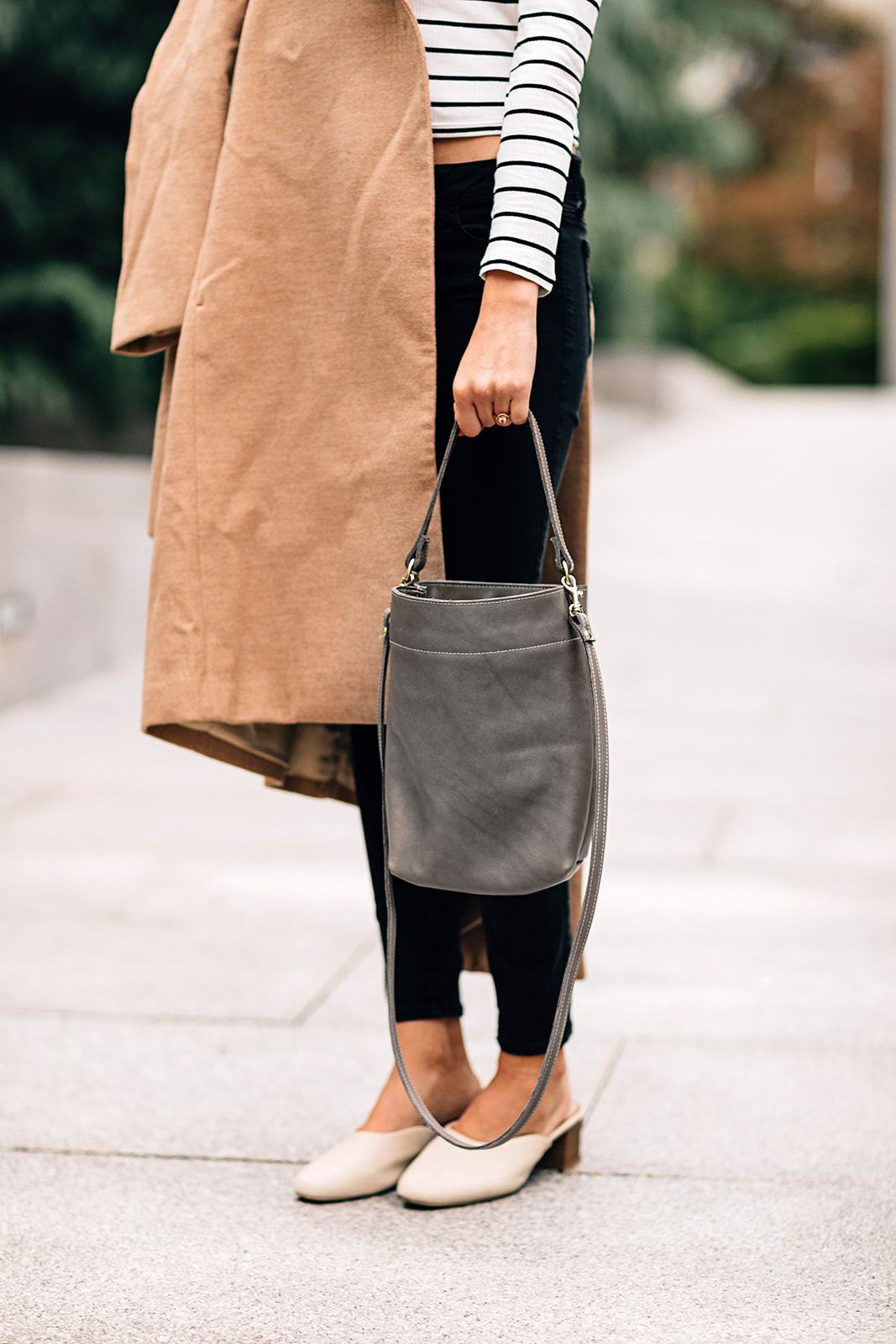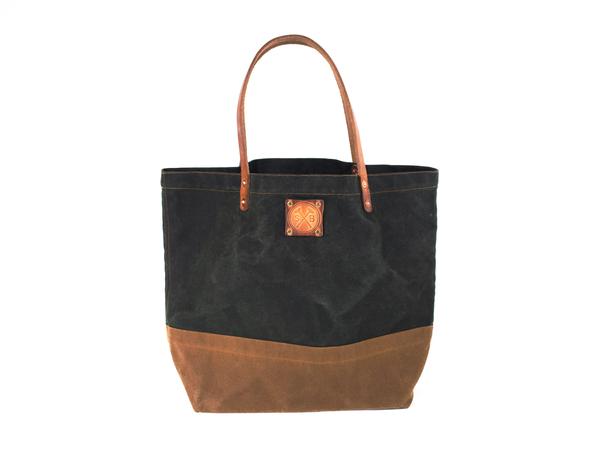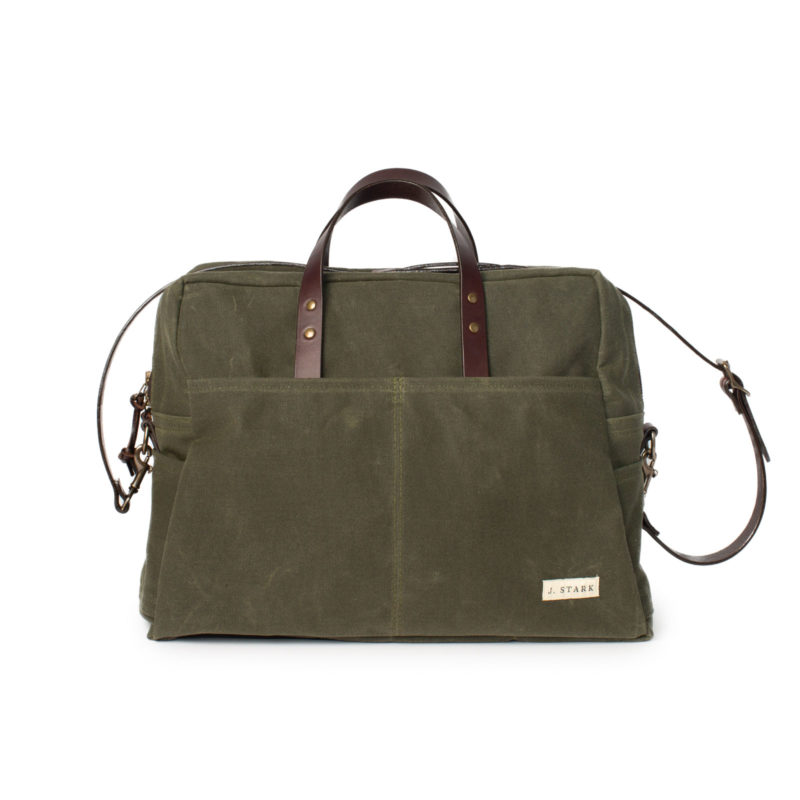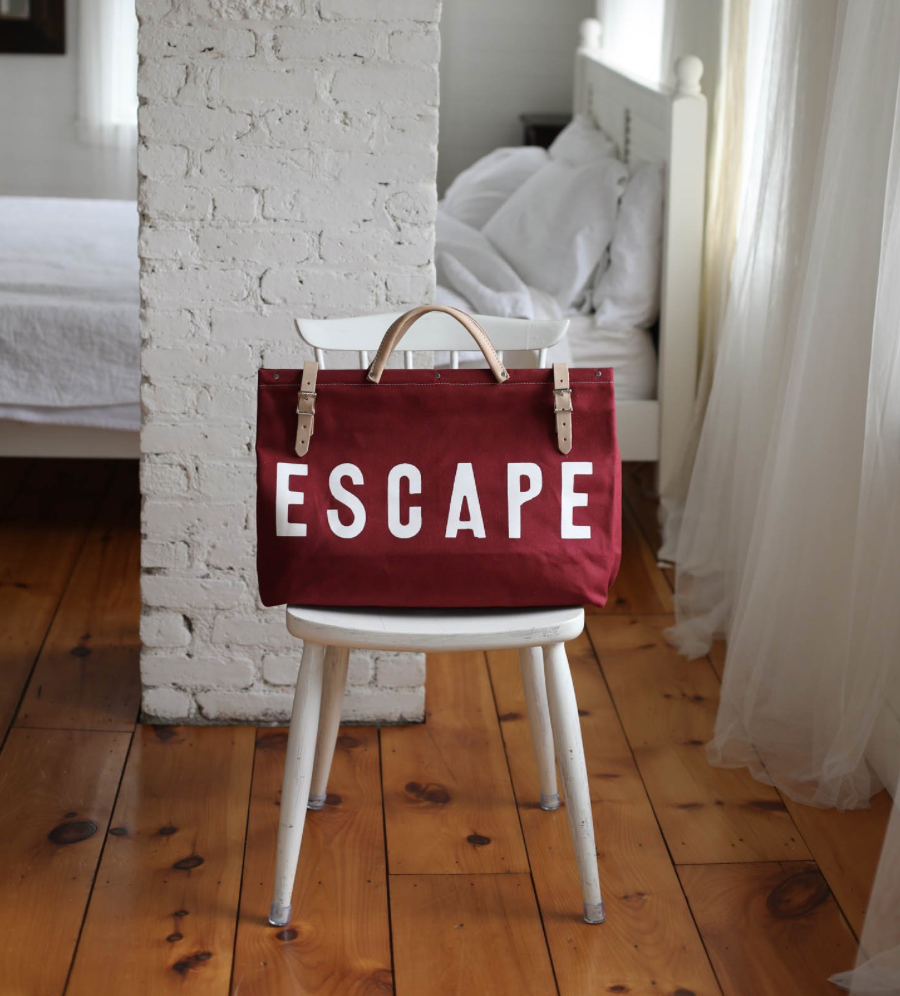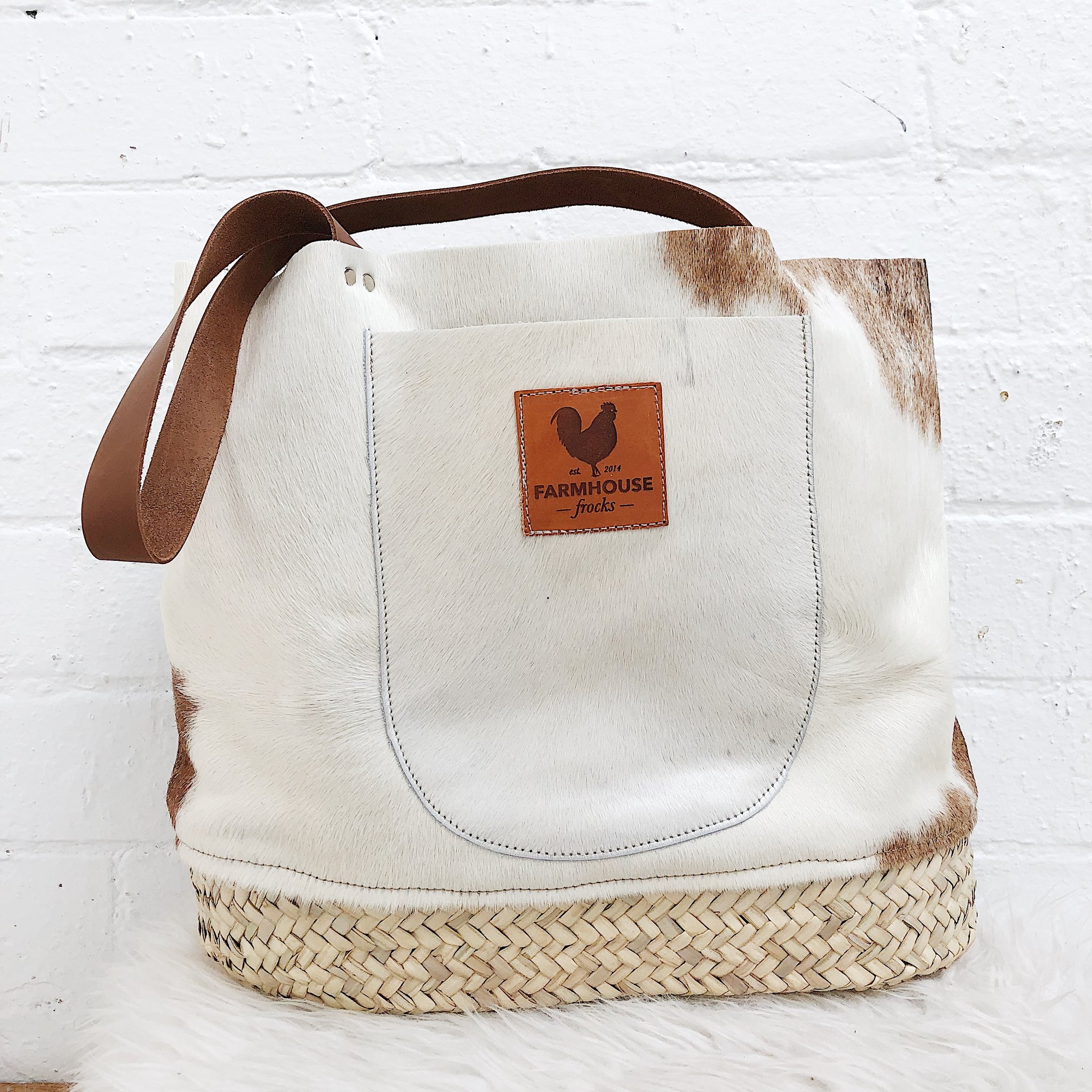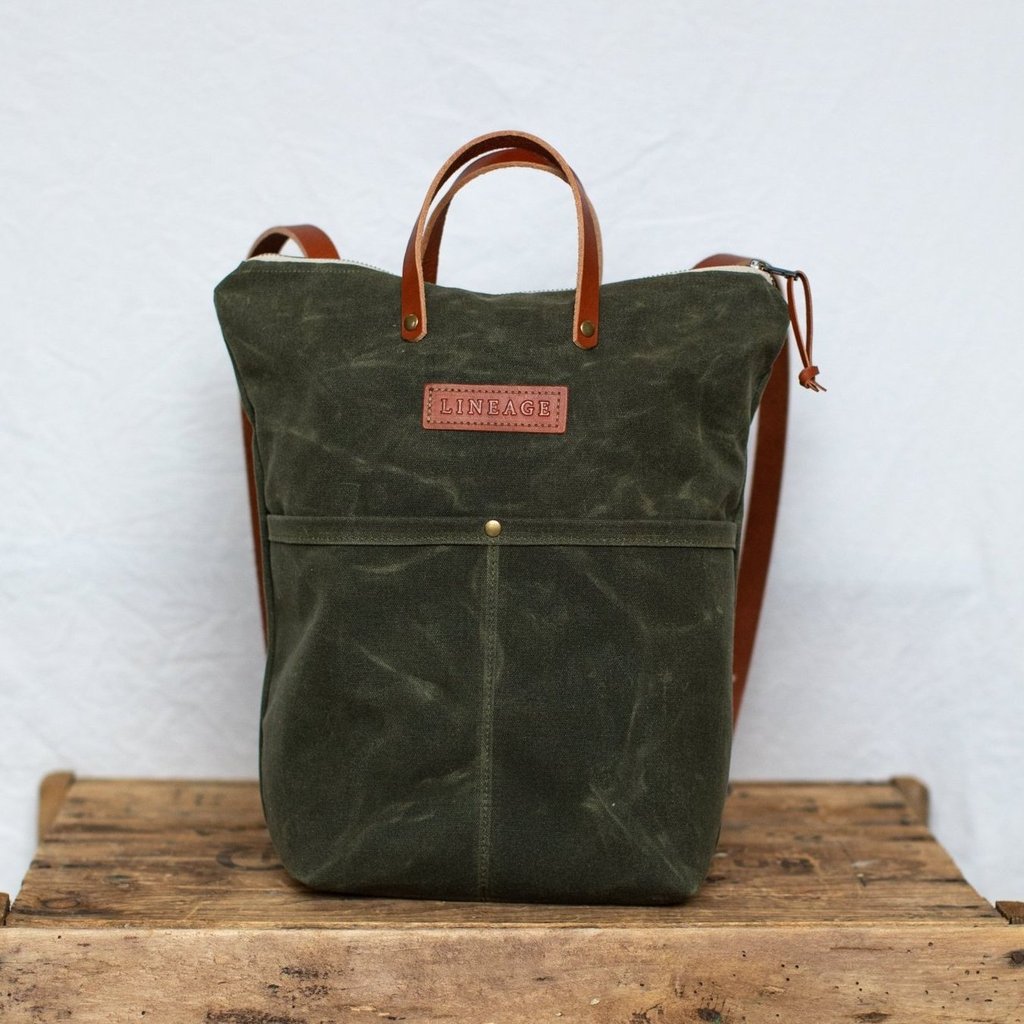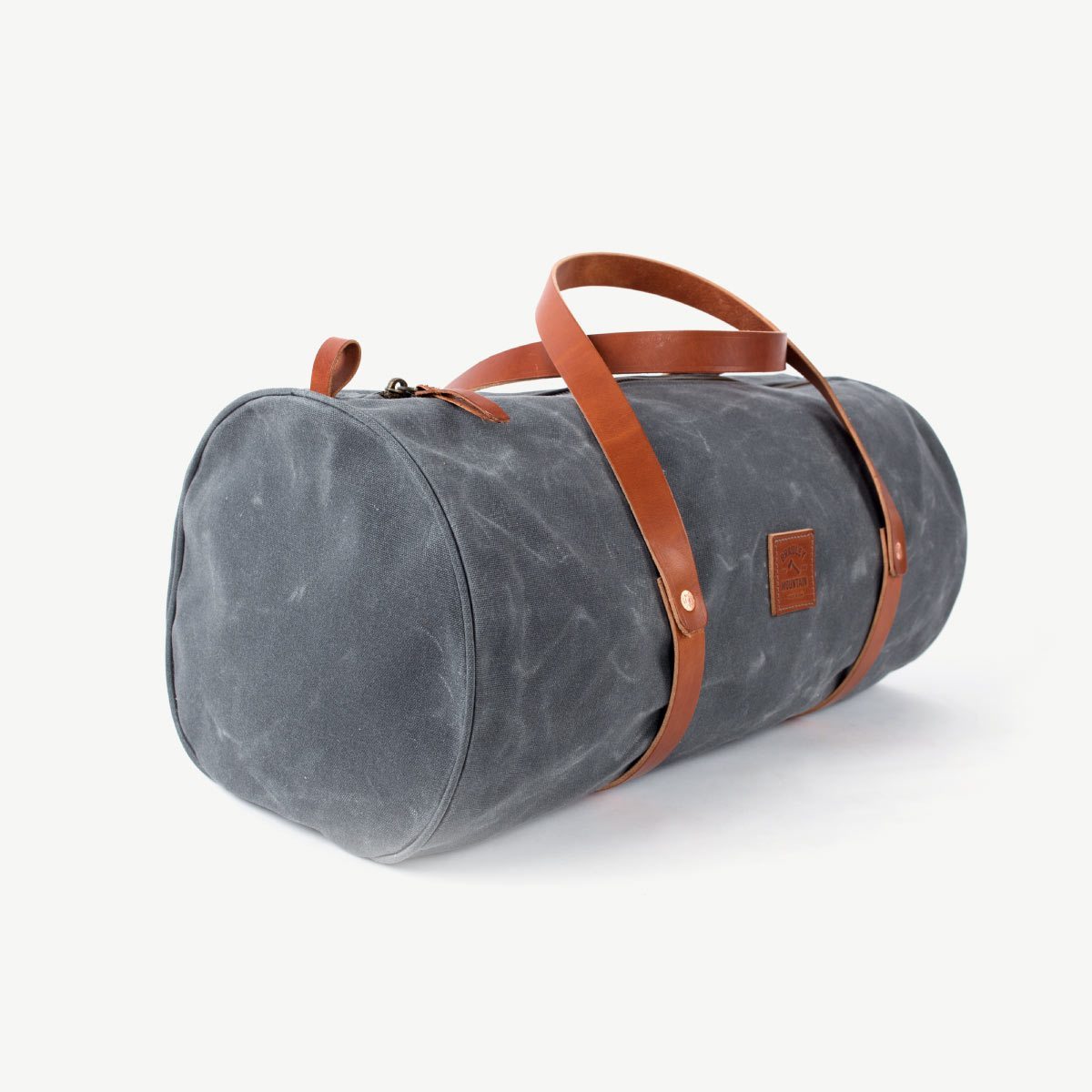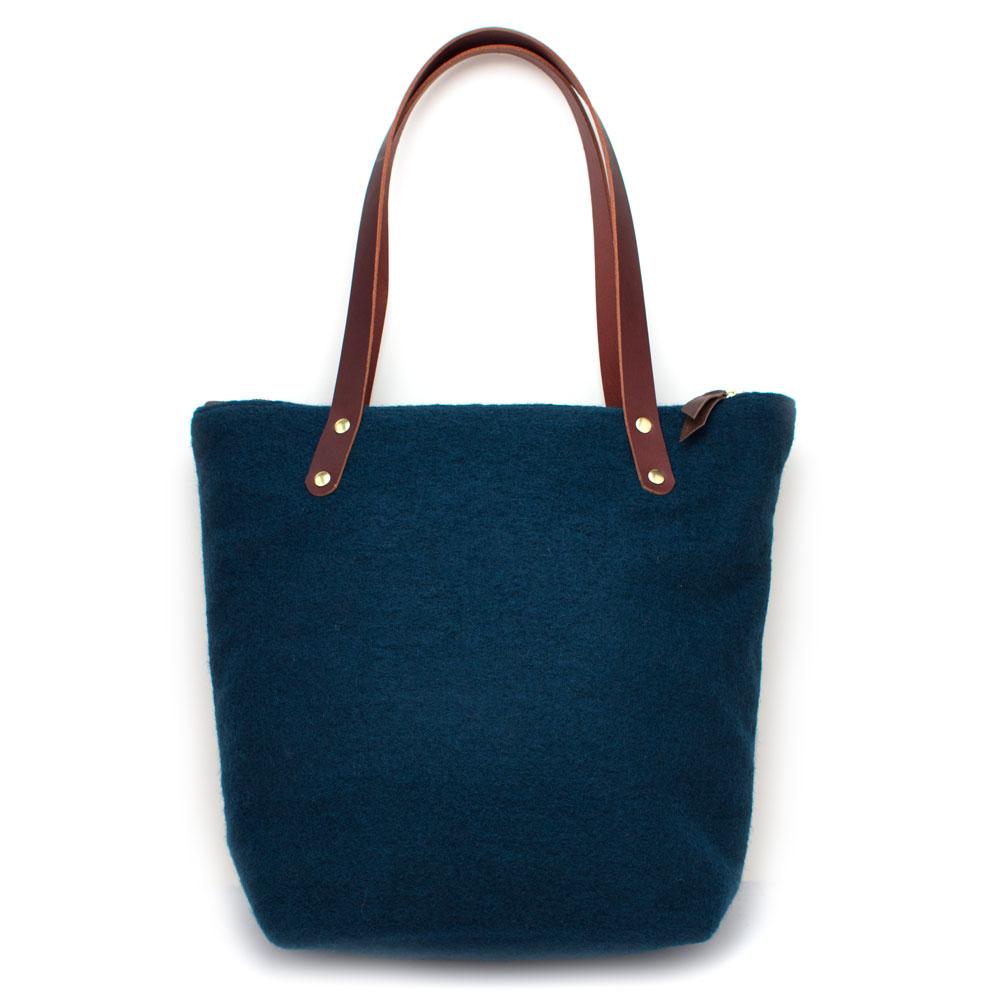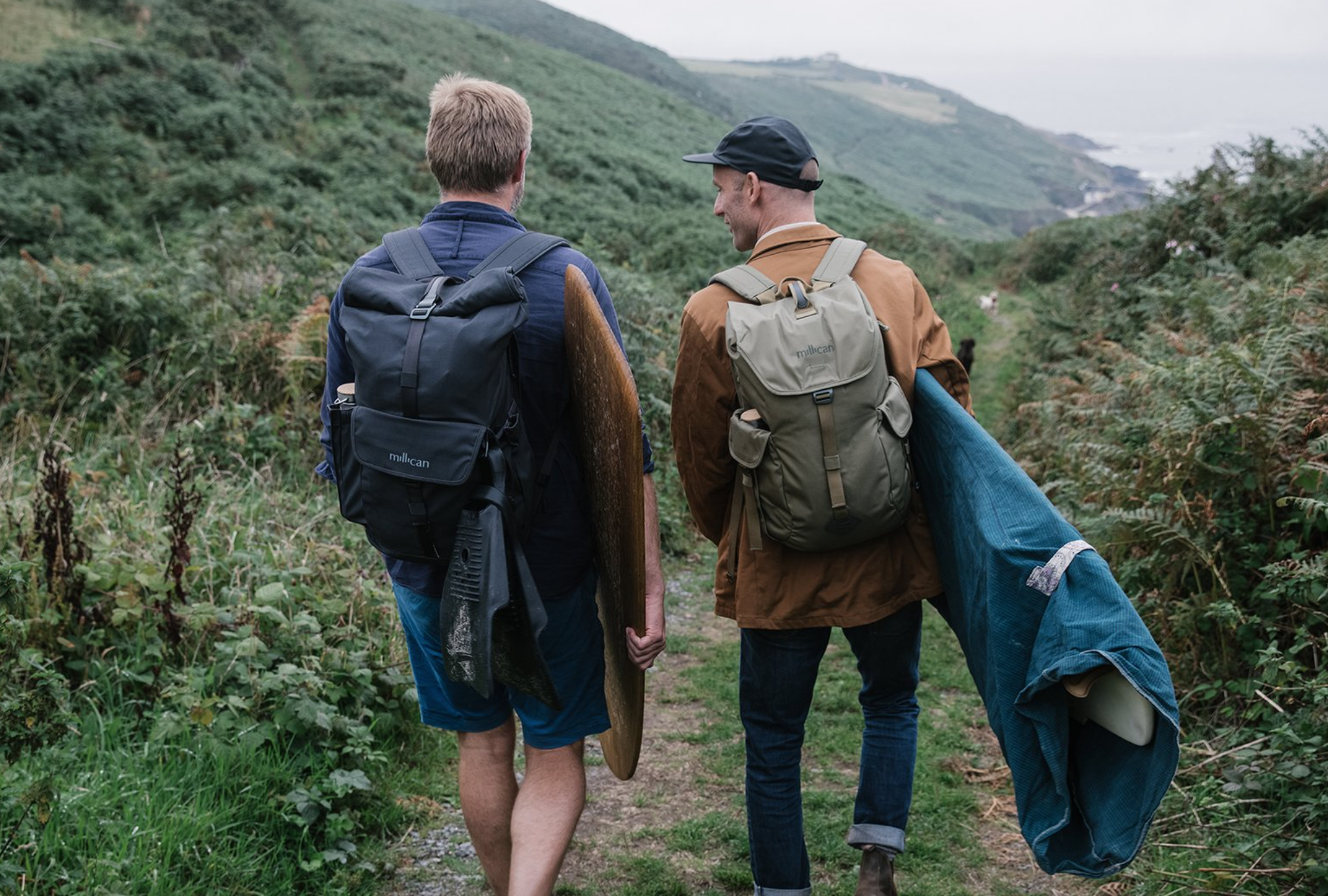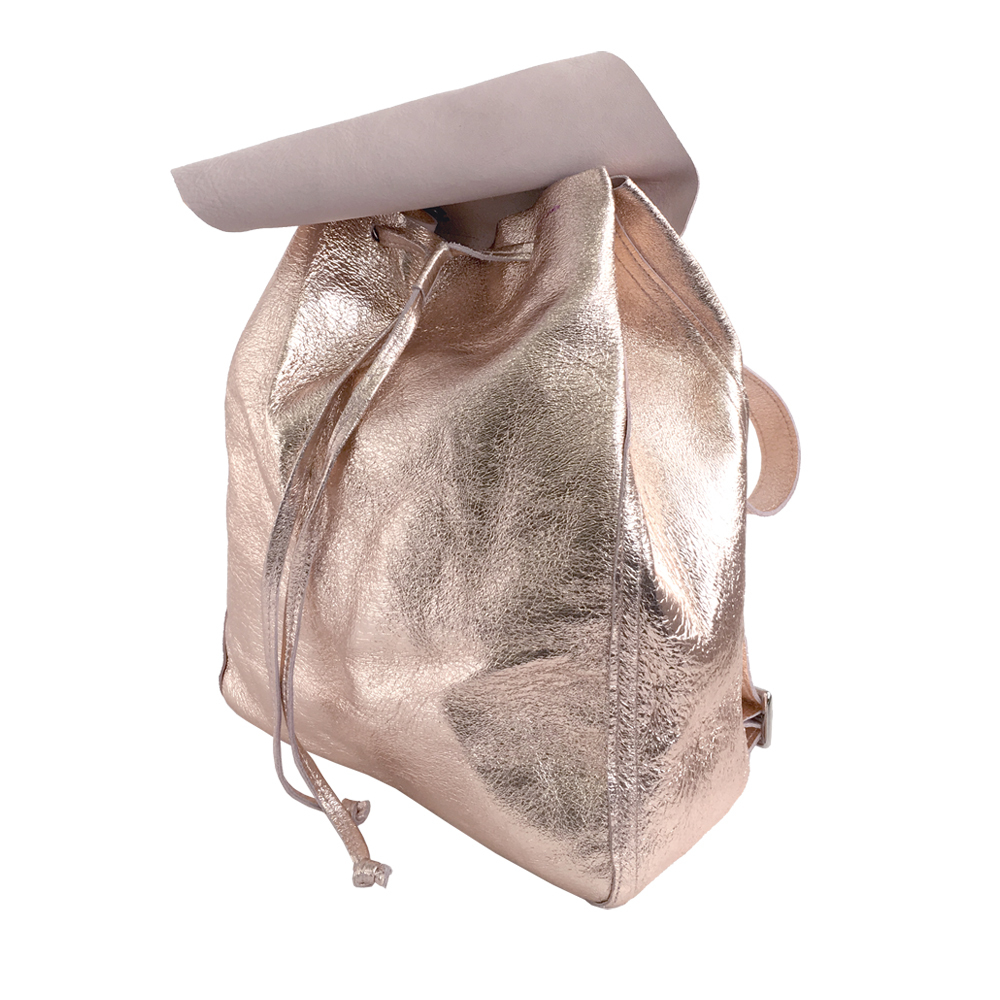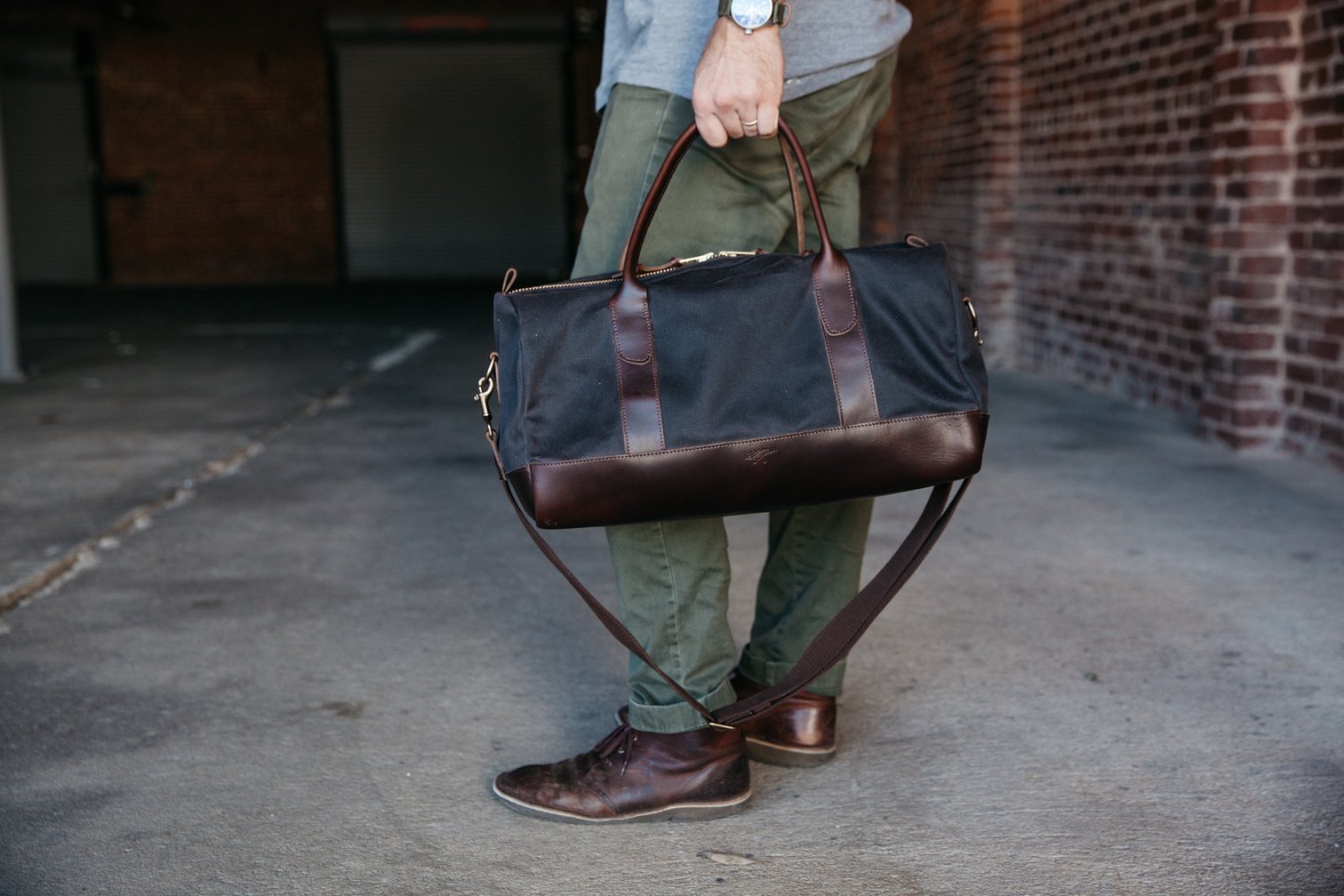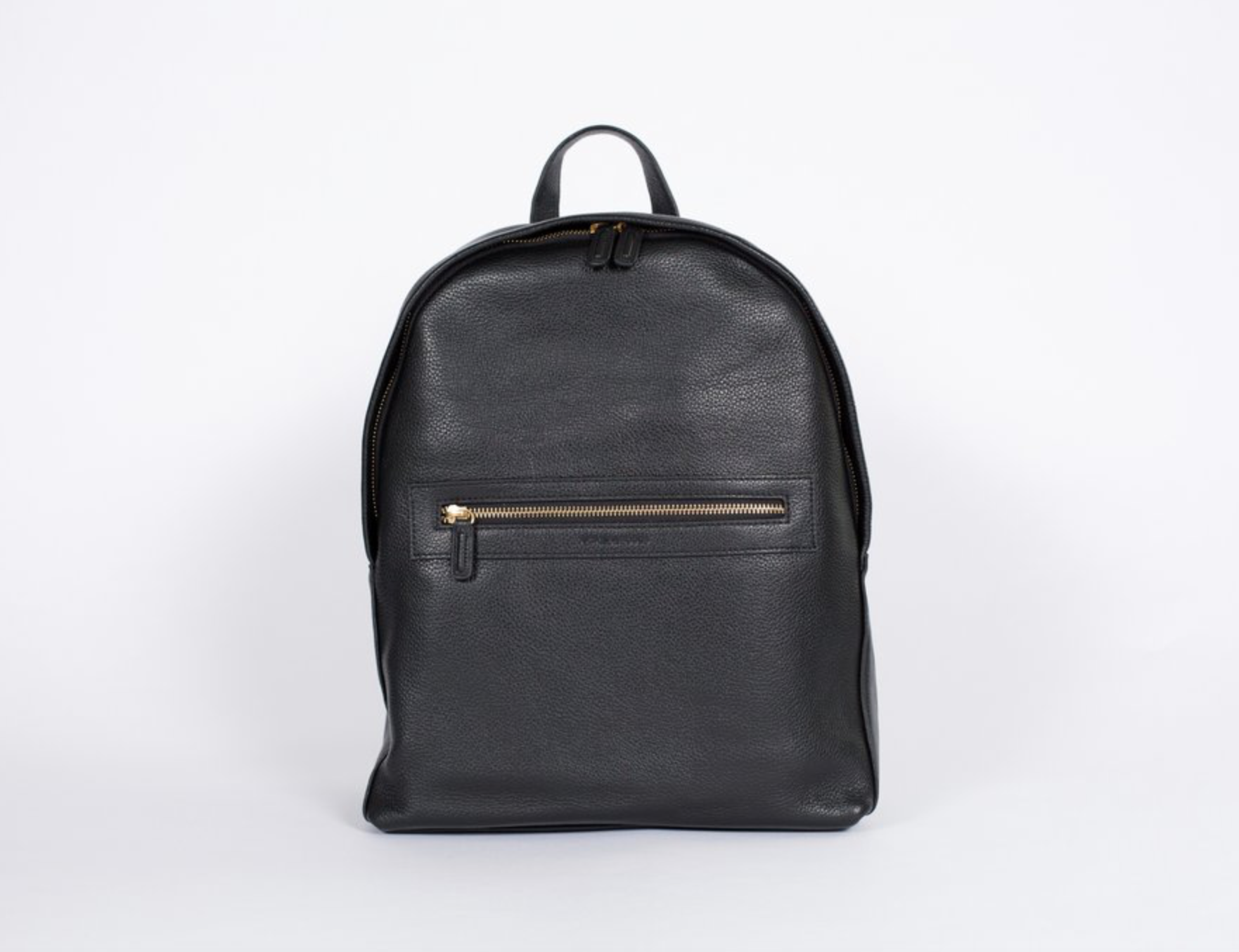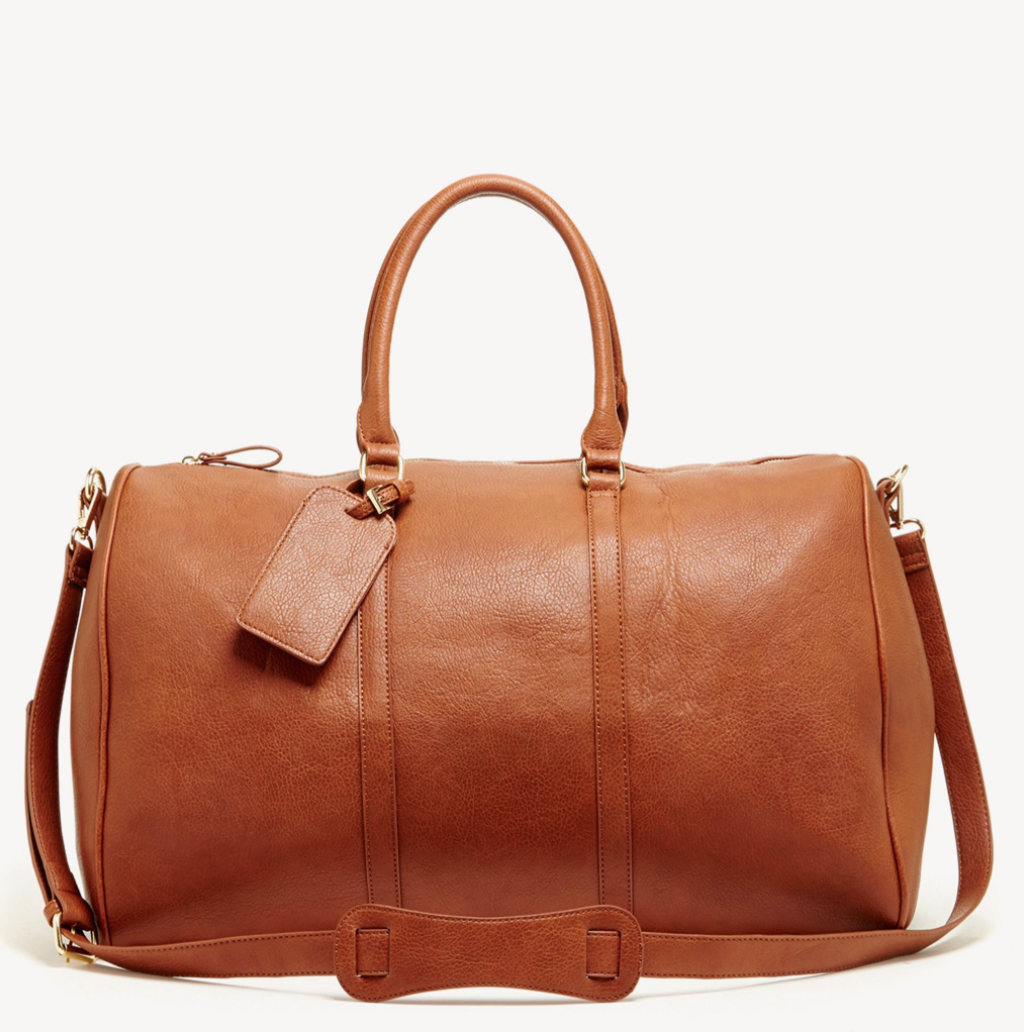American Made Makers: Rust & Wicks Candles
Ben Ashby
As the Christmas season rolls on there are so many makers out there, especially those making by hand here in America that deserve to be highlighted, celebrated, and cheered on. As we continue our Christmas season we are thrilled to showcase a few of our favorite American made makers!
Today we begin the week long series with Rust & Wicks, a candle company based in Northern California. Owner and founder Grace shares with us a bit more about her business, her inspiration, and her love of American made.
TELL US ABOUT YOUR BUSINESS: Rust & Wicks is a handcrafted Northern California scented soy Candle company inspired by slow cabin living and growing up in a small town in Mendocino County, Comptche.
WHY CANDLES: I’ve always had a passion for candles, I can pinpoint when the passion started which was on a gold rush field trip in 4th grade where we did candle dipping. I begged my teacher to let me stay at that station and she let me. I’ll never forget that and the women running the station. She was so sweet and genuinely loved candles and I just remember thinking it was the coolest job.
WHY BE A SMALL BUSINESS OWNER: I am a small business owner because of many reasons but 1 being I started with 50 bucks and my stove. I’ve grown this candle company slowly and at my own pace. Slowly expanding and teaching myself all the aspects to running a small business.
WHAT IS THE BIGGEST ASSET TO BEING A SMALL BUSINESS OWNER: I think you get a sense of community with your customers that box stores will never be able to do. I had a girl about 15 run to my booth once and she was almost in tears (of joy) and said my candles help her sleep at night. She was so sweet it was incredibly heart warming. I’ll never forget her and she is the reason we small businesses keep going. Sometimes it’s easy to feel like why am I doing this? And someone from your customer community says something like that and you snap out of it.
WHAT IS THE BIGGEST DRAWBACK: Wearing alllllll the hats! Haha.
WHAT DOES THE CHRISTMAS 2023 SEASON LOOK LIKE FOR THE BUSINESS: It is going to be back to back makers markets until Christmas. It’s a lot but so invigorating and fun to meet so many people that love handcrafted goods. Then it will be cozy on the couch with my two sons and husband.
TELL US ABOUT WHAT YOU’RE GIVING AWAY FOR OUR 2023 CHRISTMAS GIVEAWAY SERIES: I am giving away our Woodland Collection Candles in Orange Peel + Redwood
This scent is my best seller and the same fragrance that sweet girl said helps her sleep.
It says winter to me, it reminds me of a crisp winter day gathered outside making garlands and orange pomanders. It’s a blend of that sweet smell when the cloves push into the orange and twisting evergreens together to deck the halls. A memory I cherish deeply.
WHAT INSPIRES YOU: I am Inspired by the trees! I love Northern California and it’s Beauty. From the towering redwoods to the gorgeous Pacific Ocean, northern California has my heart.
WHY SHOP SMALL: Because small businesses are what keep us thriving. They put back into our communities. They care about craftsmanship, quality and their consumer.
WHY SHOP AMERICAN MADE: It’s so important to shop American made. You’re not only keeping American based jobs thriving and growing, you’re increasing the demand. Which we all benefit from. You support more than just American workers, but their families, safe working conditions and child labor laws.



